
The Polar Vantage V3 is arguably the most important product for the company in at least a decade, if not ever. It’s no secret that Polar has had a rough last few years, as it struggles to find its footing in a world of big-tech companies releasing ever more powerful smartwatches, while their endurance sports competitors do the same with a different take. But the Vantage V3 seems positioned to finally turn that tide.
It’s the first time we’ve seen Polar implement on-wrist mapping into a watch, the first time they’ve put a brilliant AMOLED display into an endurance-focused watch, and the first time they’ve put dual-frequency/multiband GPS into watches focused on the hardcore audience.
Finally, note that Polar provided a media loaner Vantage V3 to test, which I’ve been using for the past month. As usual, I’ll get that back to them here shortly. I’ll go out and pick up my own to continue testing the new features once they arrive. If you found this review useful, you can use the links at the bottom, or consider becoming a DCR Supporter, which makes the site ad-free, while also getting access to a mostly weekly video series behind the scenes of the DCR Cave. And of course, it makes you awesome.
With that, let’s talk newness.
What’s New:
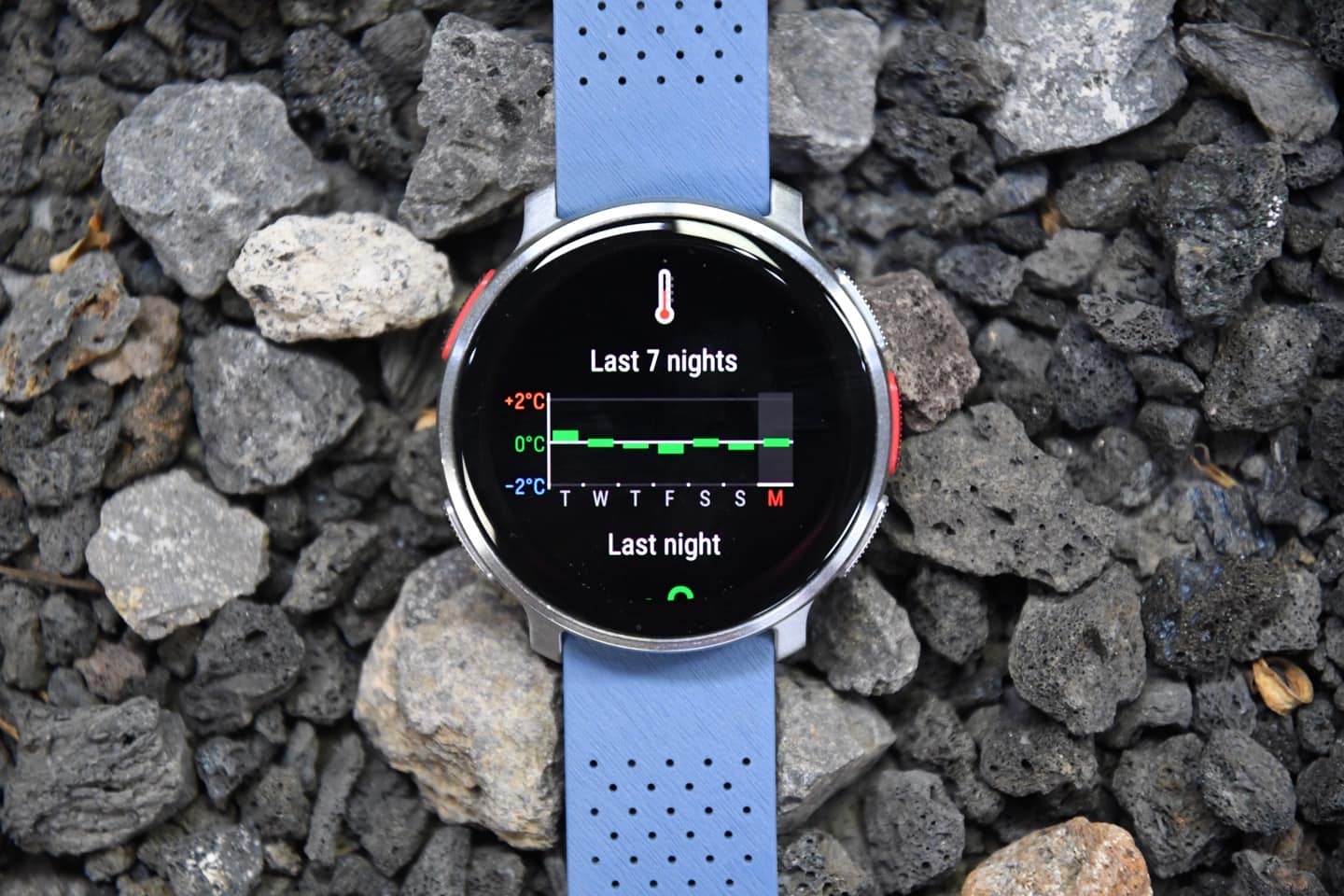
The Polar Vantage V3’s new features can roughly be grouped into two core chunks: Hardware changes like the display/GPS/sensors, and then the handful of software features required to light-up those new hardware capabilities (like the ECG app for the new heart rate sensor). While this may sound like an obvious statement, what’s notably different here is that the Vantage V3 doesn’t actually have any new sports features, or other new fitness-related features. Meaning, we don’t see new training load/recovery metrics, new running or cycling features, or anything of that sort.
That’s not a bad thing per se, it just means Polar was hyper-focused on adding specific features that support the new hardware capabilities. My guess is, like most companies, they’ll then change their focus going forward on software feature updates that take advantage of that hardware. In effect, they have a powerful platform now, that they can use to add new features – a playbook that Apple, COROS, Garmin, Suunto, and just about every other company out there is using lately.
In any case, here’s what’s new compared to the previous Vantage V2 series (or alternatively, even the Polar Grit X Pro):
– Added offline mapping, with free global maps at high detail levels
– Added/switched to 1.39” AMOLED display
– Added/have new ‘always’ bright mode for always-on, even when wrist is down
– Added dual-frequency/multiband GNSS (GPS) chipset
– New optical heart rate sensor version (Gen4)
– Added new ‘Elixir biosensing’ technology, which is their new algorithm fusion thingy
– Added SpO2 sensor (blood oxygen levels)
– Added ECG capabilities (note: not certified as a medical device, however)
– Added skin temperature sensor
– Added skin temperature tracking feature and baselining/guidance
– Added virtual flashlight (display-based)
– Added ability to do Orthostatic test using new ECG hardware (no heart rate strap required)
– Added ability to utilize Recovery Pro without chest strap (via the Orthostatic test with ECG hardware)
– Increased GPS battery time to 43 hours (full fidelity GPS tracking), and 140 hours (reduced tracking rates)
– Increased CPU speed by 129% for faster user interface usage
– Increased internal storage to 32GB for saving multiple map regions/continents
– Smartwatch regular usage battery life is 8 days, or ~5 days with always-on display enabled
– Switched to standard 22mm straps (without adapter required)
– Switched charging cable to USB-C (watch-side connector is still propriety)
– Watch is water-resistant to 50m, and has Gorilla Glass 3 (curved)
– Pricing is $599USD
Got all that? Good, let’s get it unboxed.
In The Box:
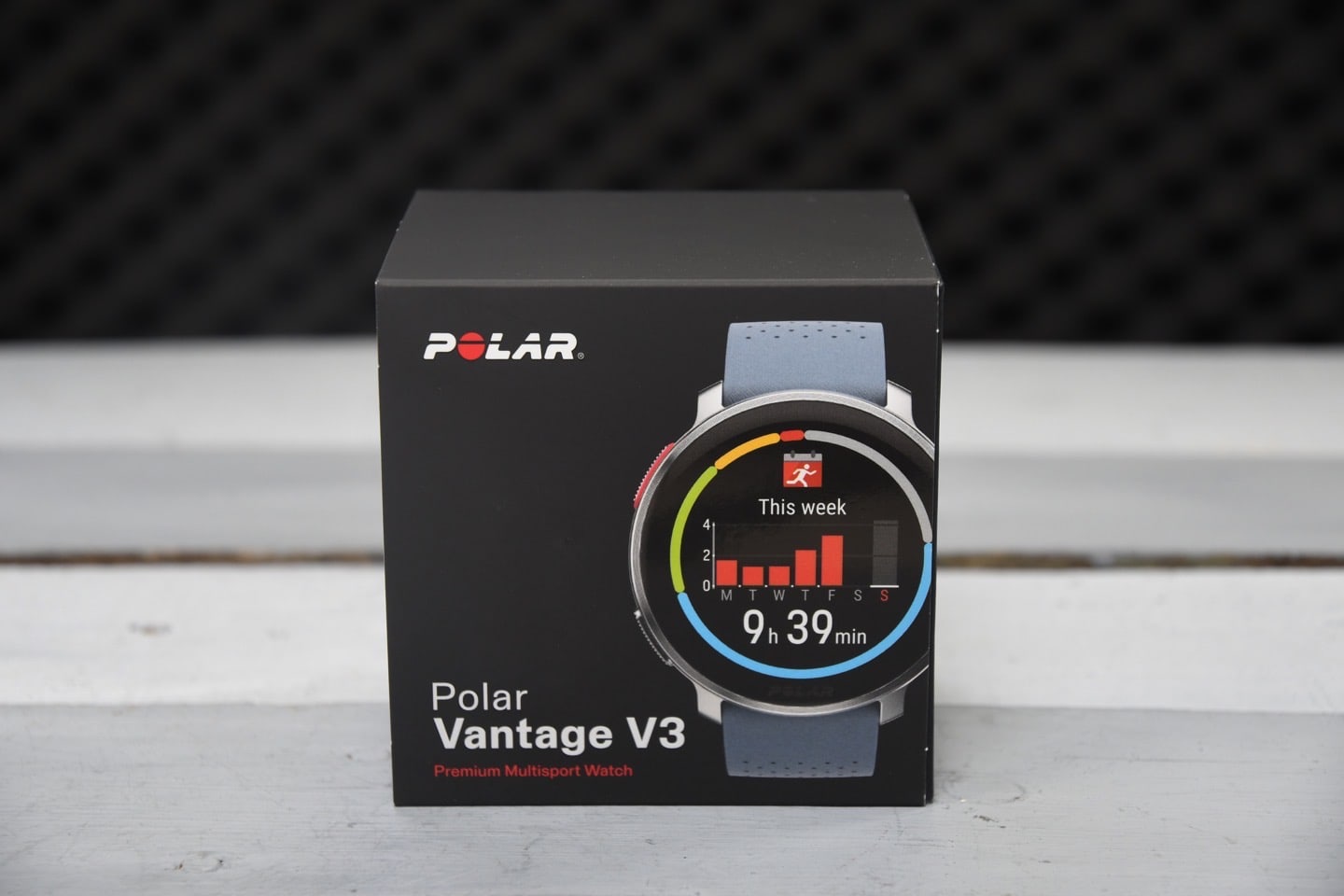
If you’re familiar with Polar boxes, this one will seem right in line with past experiences. Crack it open, and you’ve got the watch with a nifty sticker atop it:

Taking out all the parts, you’ll find the watch, the USB-C charging cable (if you’ve got a previous Ignite 3 cable with USB-A, the side that connects to the Polar watch is the same and can be used as well), as well as some paper stuff, and a secondary smaller sized strap band:
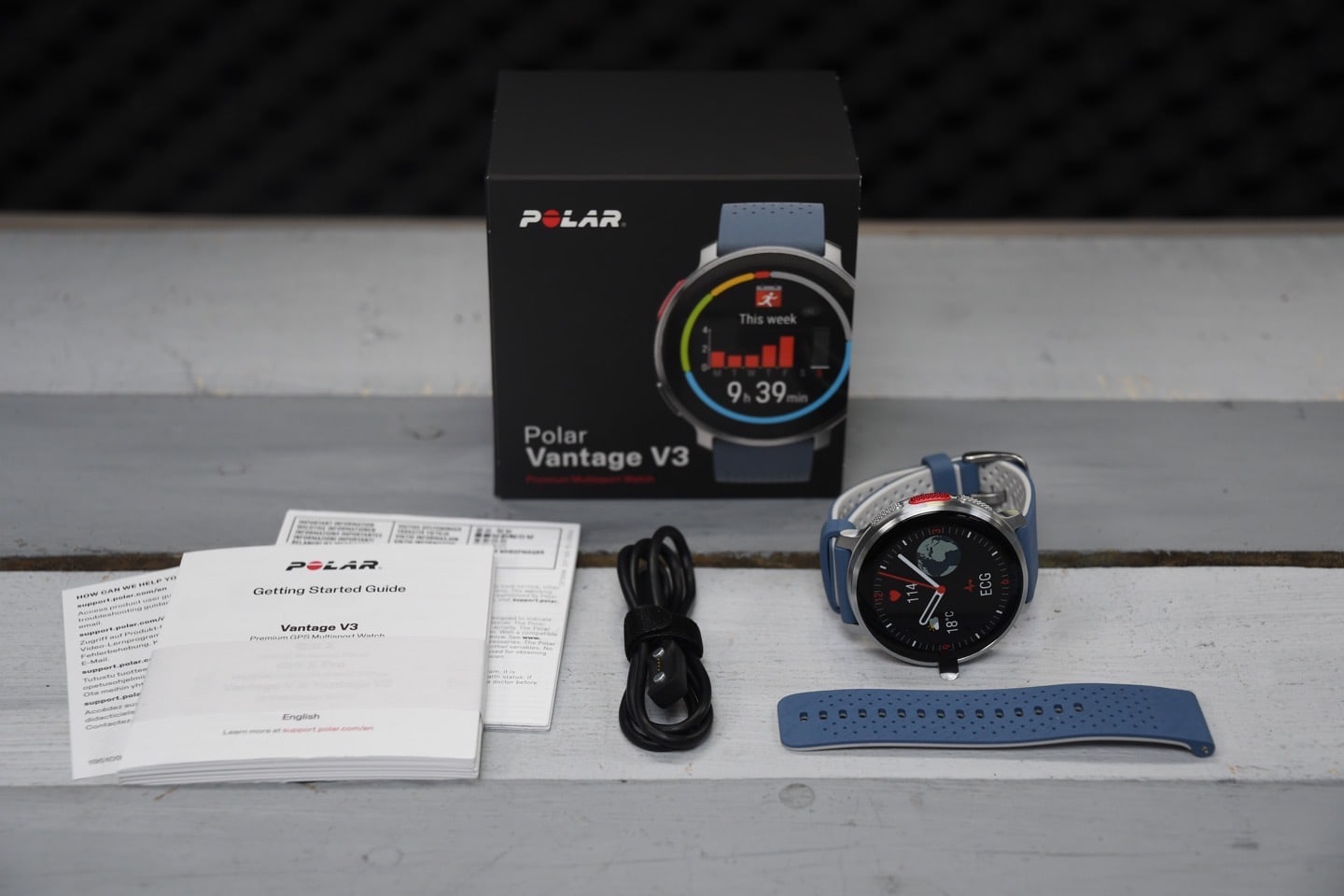
Here’s a close look at that USB cable and watch back, before I used it for a month. Just to see what it looked like when it was all nice and pretty.
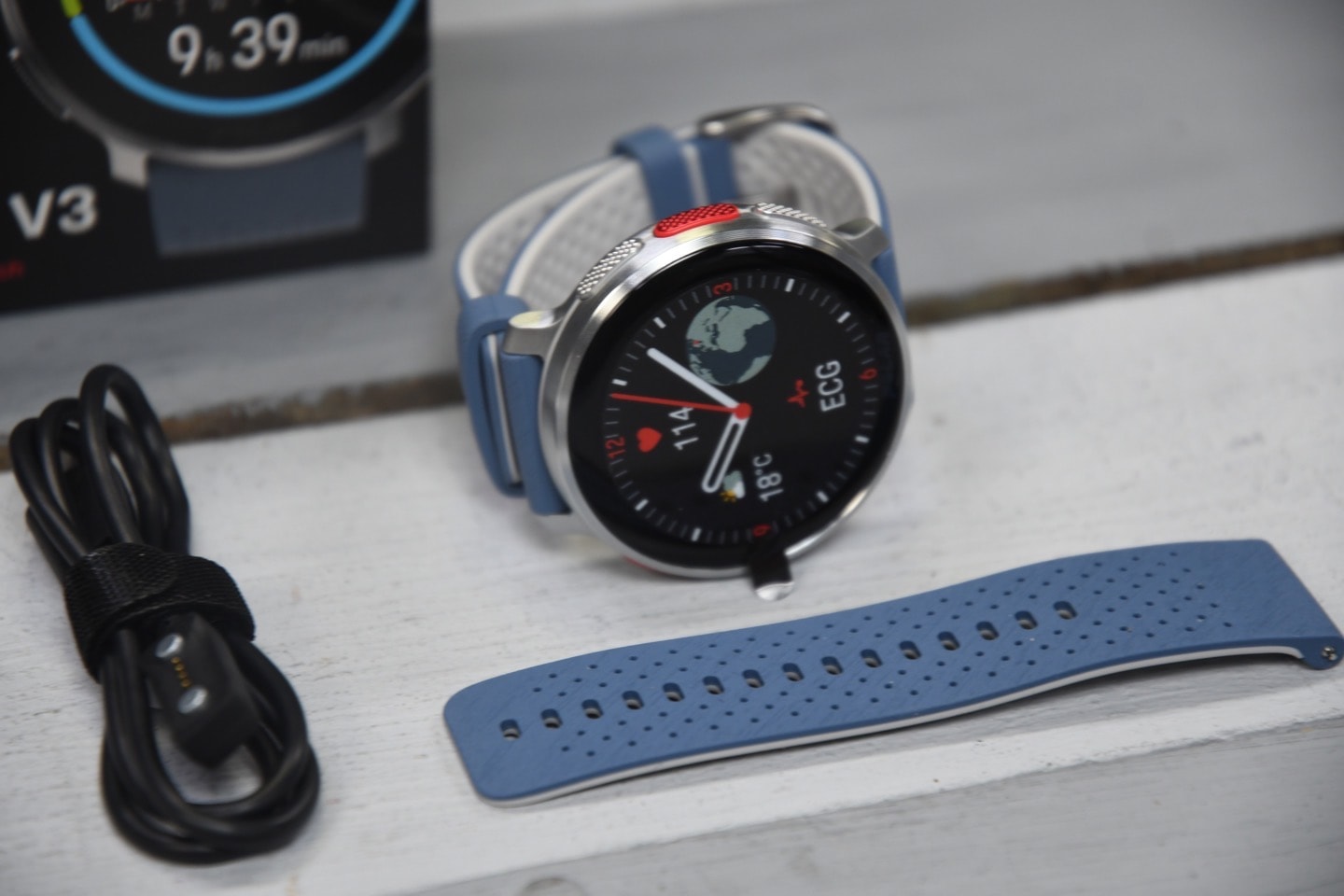
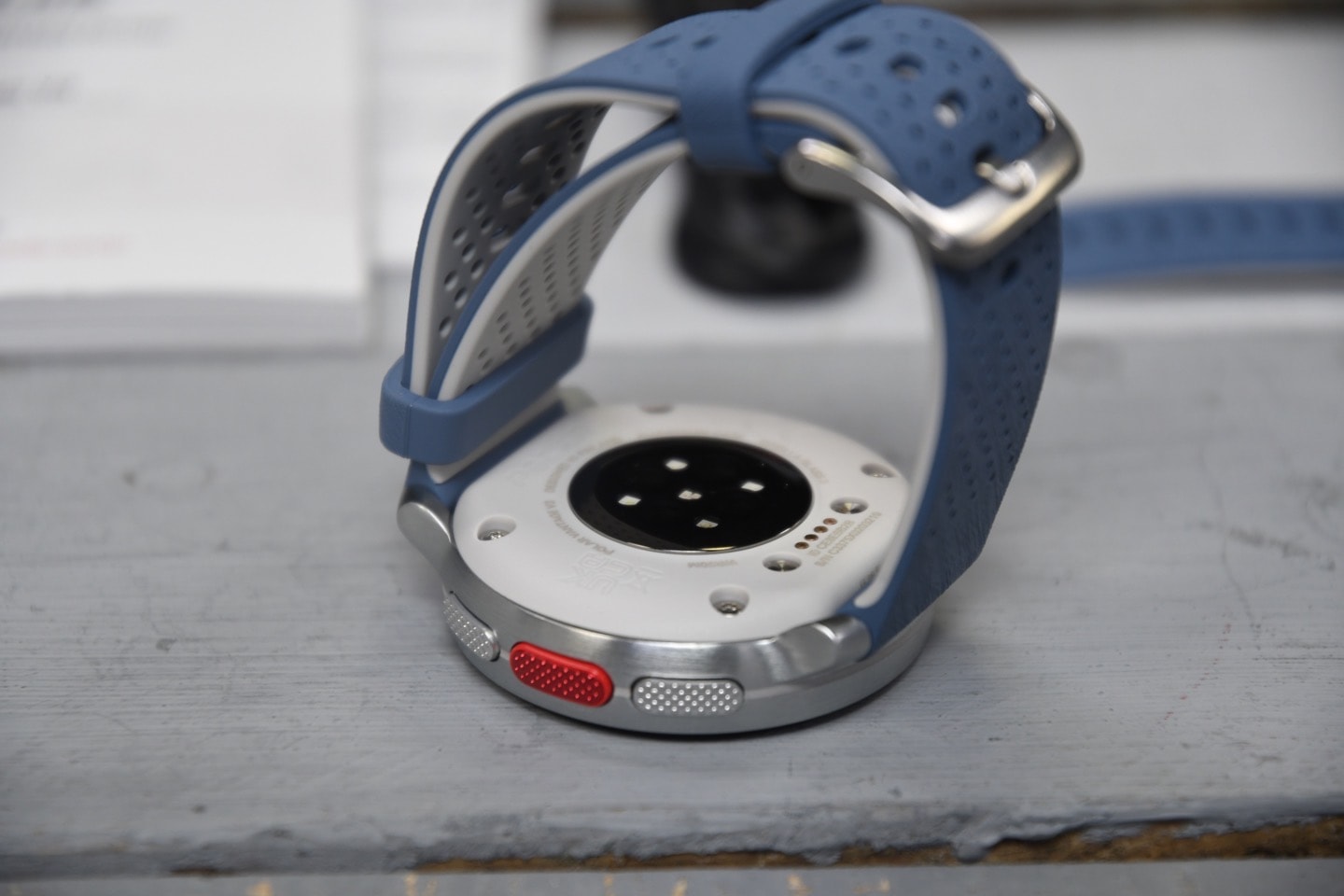
And then finally, here’s a quick look at the size and how it compares to the Suunto Race and Garmin Forerunner 965, the two most likely comparison points here for AMOLED-based display watches focused on endurance athletes.
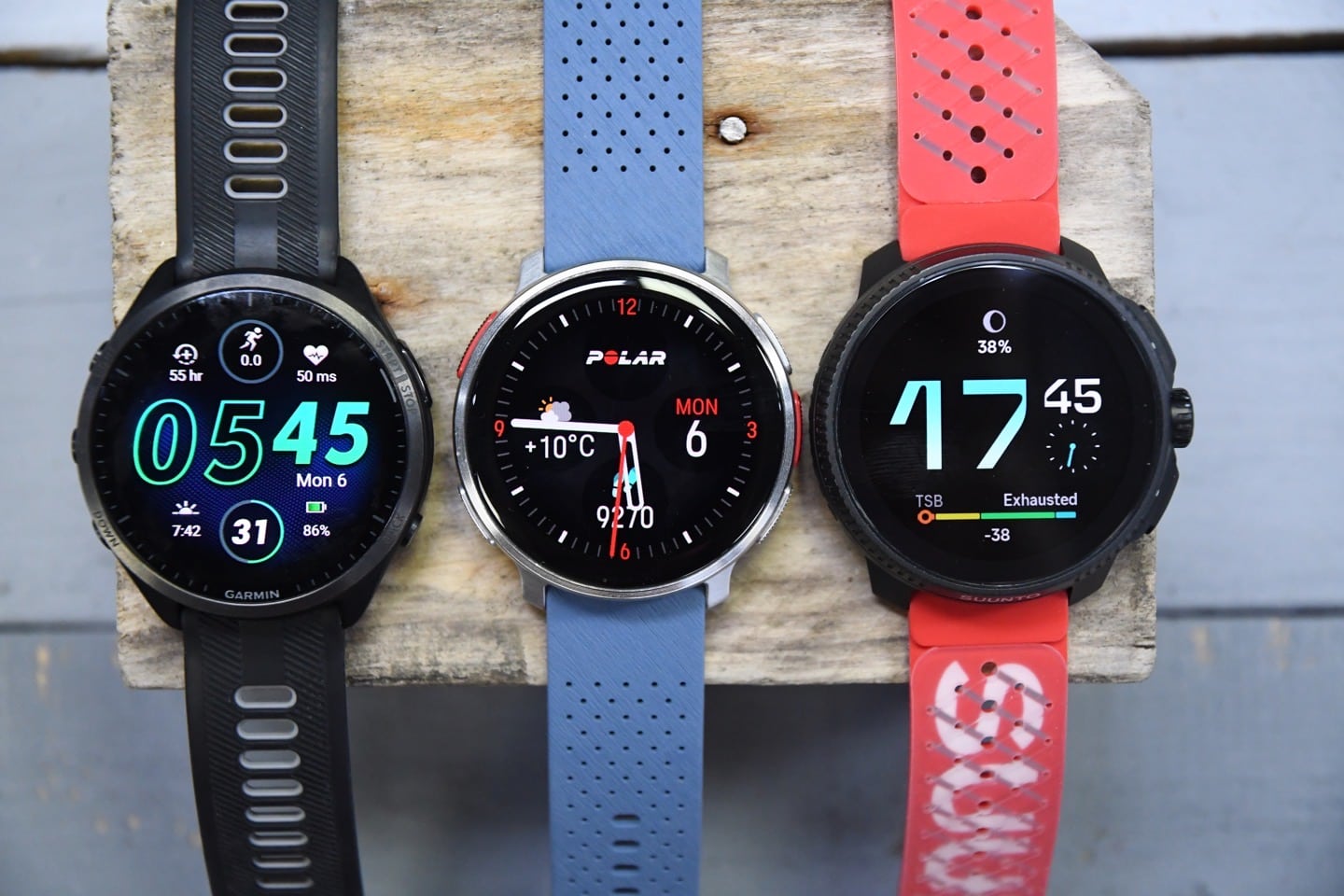
And, the thickness:
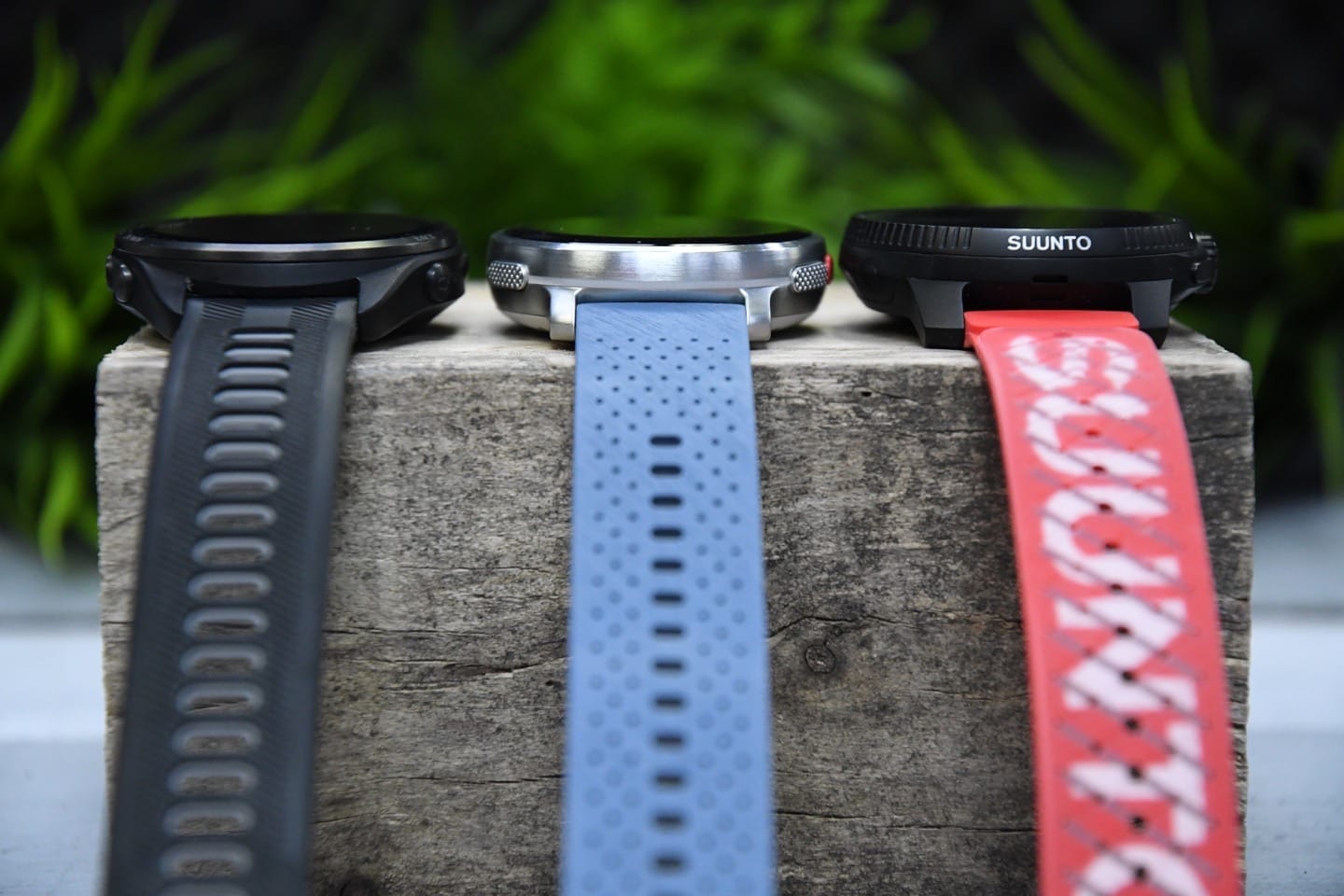
With that, let’s start using it.
Daily Watch Basics:
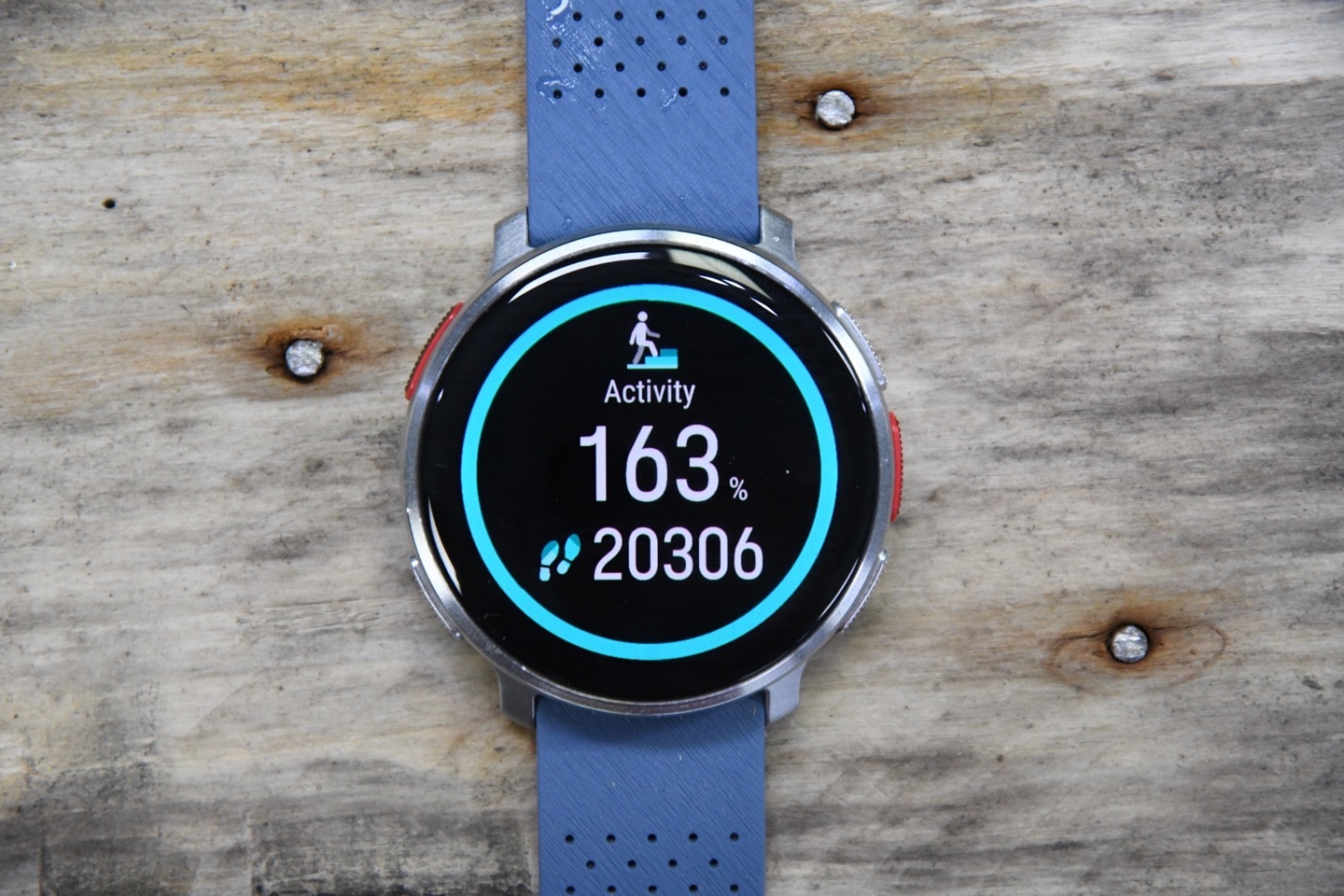
Starting off with the basics, this section is focused on day-to-day usage for things like the hardware, activity/step tracking, sleep tracking, and general tidbits like widgets and such.
To begin, the Polar Vantage V3 has five physical textured buttons and a touch screen. The touchscreen can be used both in sport modes and elsewhere. There’s two buttons on the left, and three buttons on the right.
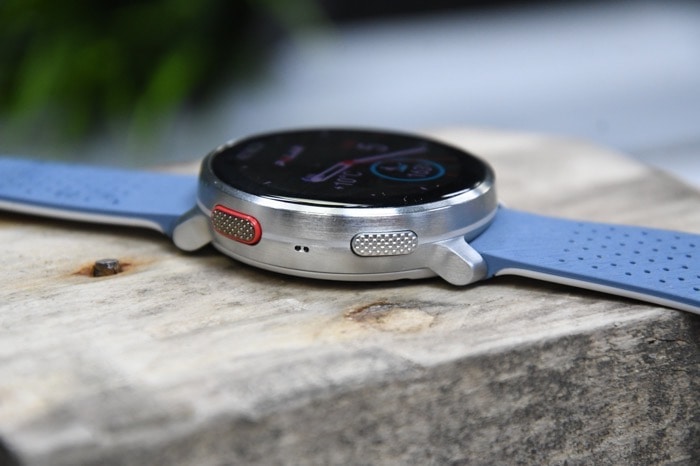
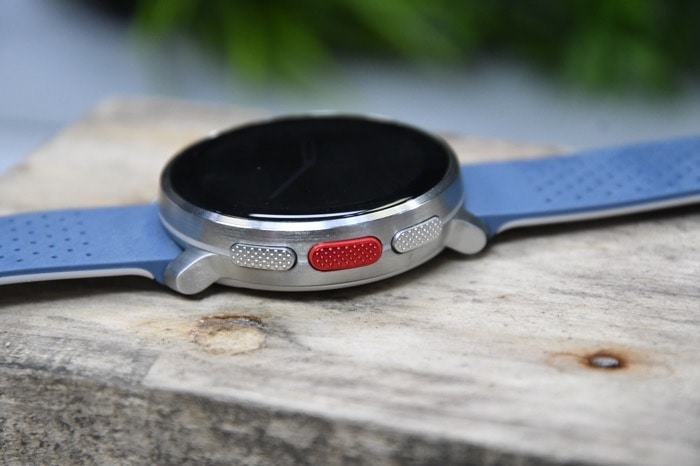
The touch screen works fairly well in dry conditions, but can struggle a bit in rainy conditions when working out. It didn’t meaningfully impact things for me though, since I could just use the buttons instead. I appreciate that Polar has a bunch of buttons, given it’s a sports watch, but they just work so much better than touchscreens when sweaty/wet and working out hard.
With that sorted, the main watch face is shown below, which is lightly customizable. You can tweak the data fields (aka complications) shown on it, and change up the colors assigned, as well as choose from a few different styles. There isn’t some sort of custom watch face app store of sorts, so you don’t have quite as much flexibility here.

Next, if you swipe down, you’ll get the settings control panel, for quick access to do-not-disturb mode or the flashlight. The flashlight is great and super bright, but actually…kinda too bright for most middle-of-the-night usage. I’d love to see Polar add some brightness controls like most other watch flashlights, but I also understand it’s a good starting point.
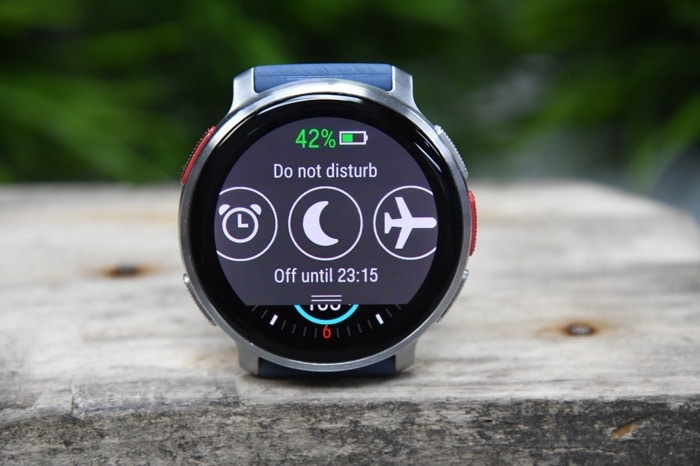
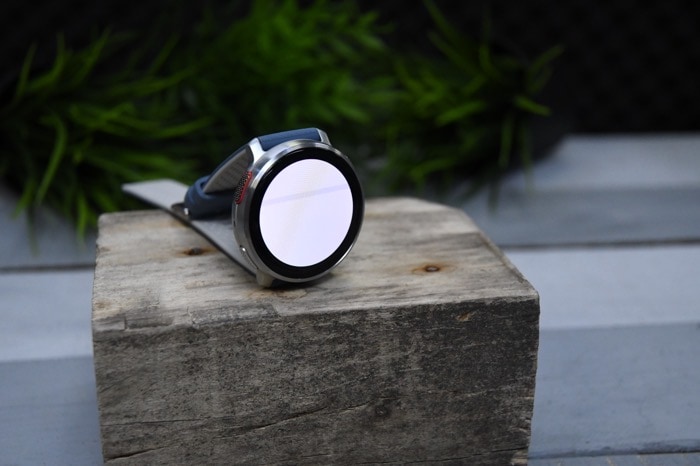
And if you swipe up, you’ll get access to smartphone notifications (e.g. texts).
Meanwhile, swiping to the right (or left, I suppose) is where you’ll see all the good stuff. These are all your dashboard pages for various stats, and are customizable in terms of which ones to show or not show. For example, here’s the activity (steps) one, showing first a high-level view, and then if you tap on it, more details:
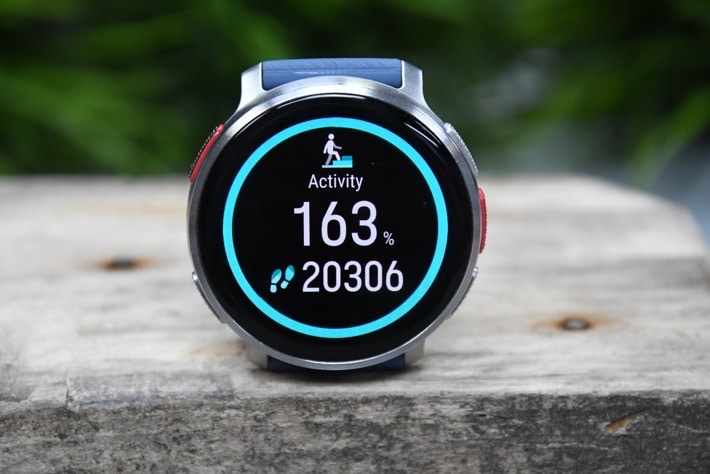
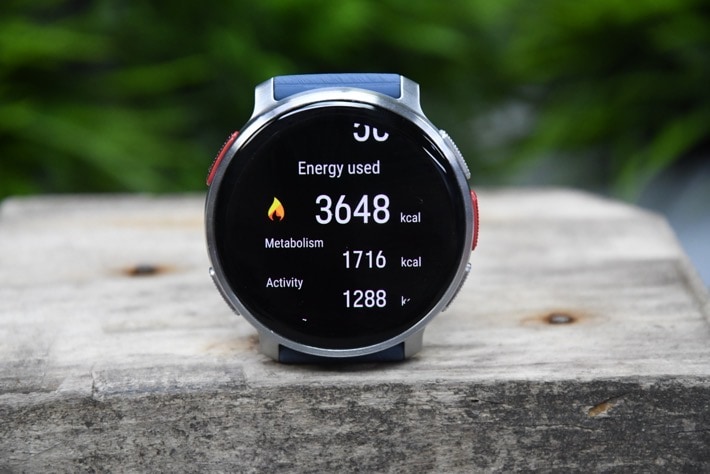
The same is true for sleep data, which is shown in a few different ways. You can see it in the Nightly Recharge page, which shows whether or not the watch thought you got good sleep last night, before tapping to see more details:
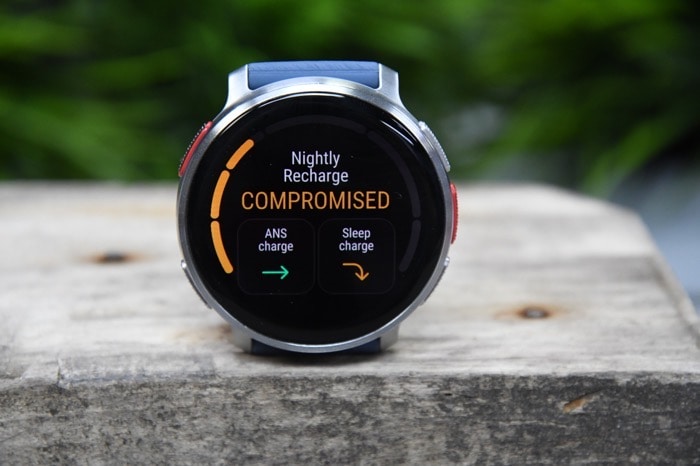

The secondary page related to sleep is the ‘Boost from Sleep’ page, which looks at your sleep patterns/trends, and tries to figure out when you’ll have the most energy that day, at specific times. I like it, and it seems to roughly match what I see each day, though practically speaking, most people will fall into a lull in that mid-afternoon timeframe anyway, so that’s not exactly rocket science.
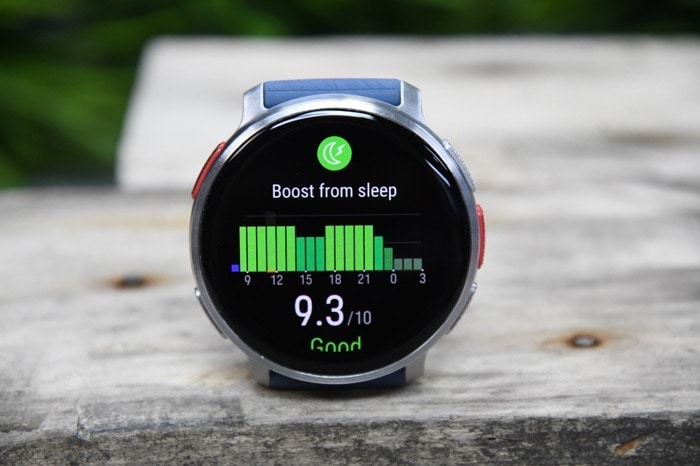
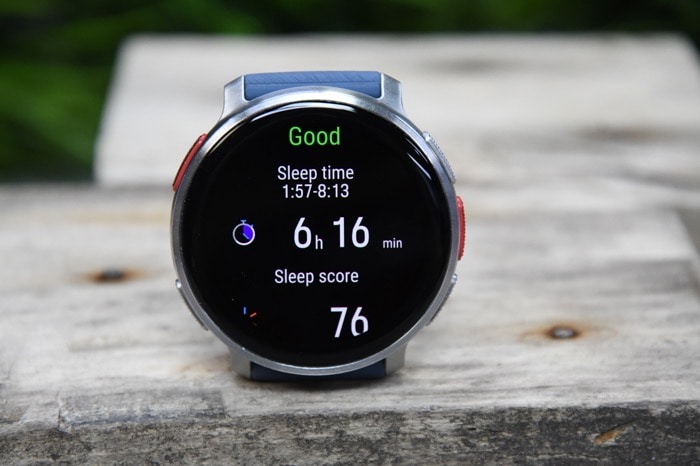
When it comes to the per-sleep night stats, you can also see this on the Polar Flow mobile app as well, which also includes all the sleep phases/stages (as it does on the watch):
If I look at the accuracy of the data, I’ve had pretty good luck with Polar properly detecting all of my fell-asleep/wake-up times within a couple of minutes, even if I woke up briefly earlier in the morning, it doesn’t end sleep or such. So that’s solid. As far as sleep stages/phases, it’s not something I grade for accuracy, because the comparative technology to do so simply isn’t that accurate, roughly only in the mid-80% range (in a best-case scenario). Instead, I just assume (usually correctly), that most of the sleep phase/stage data is at best iffy, from all companies. For the heart rate variability data (HRV), which is displayed nightly deep in the sleep stats, the numbers Polar is producing with the Vantage V3 have near-identically matched those that Garmin, Suunto, and Whoop have produced (depending on which devices I wear each night to compare to).
For example, last night the Polar showed my HRV status at 36ms, Suunto at 37ms, and Whoop at 34ms. And yes, those are absurdly low for me for a nightly value/average, but also show the impact of having a bunch of friends over at the DCR Cave drinking wine all afternoon, followed by an indoor trainer Zwift workout.
In any event, looking at other widgets, there’s the new skin temperature one. This will show the difference to your baseline, after at least 3 nights of skin temperature data. The main portion of the widget shows the difference, while lower portions show historical data:
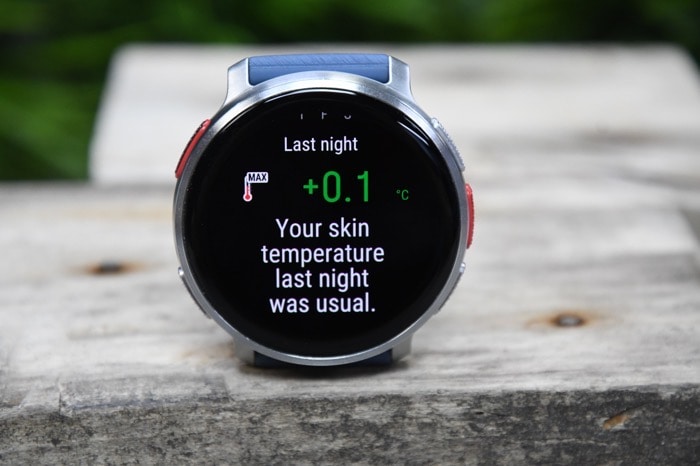
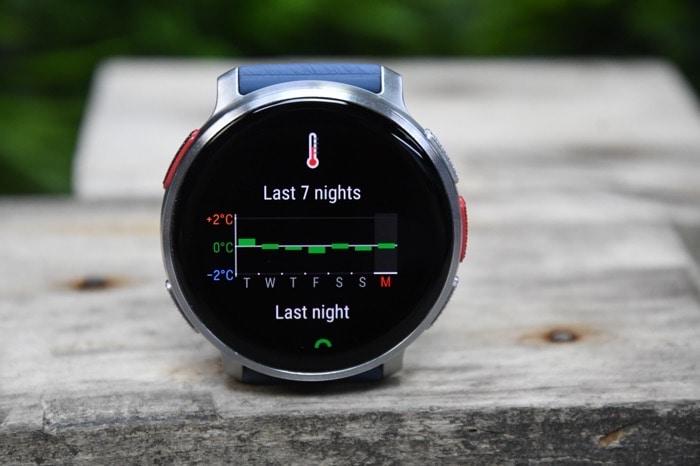
You can also see all of this data within the Polar Flow smartphone app. In terms of practicality of this data, Polar isn’t really doing anything with it yet. Thus, the data will be dependent mostly on your environmental conditions (the room temp). So if you are going from home to hotel, expect differences. Where we see this type of data being useful, is in women’s ovulation cycle predictions, like what Whoop and Oura are doing (and to a lesser extent Apple, with retrospective estimates after the fact). It sounds like Polar is looking at all their options here, but today it’s just general skin temp tracking.
The next two widgets you’d see are Cardio Load Status & Polar’s FitSpark daily suggested workouts feature, but I’ll save those for the sports section. Instead, you’ll see a widget for the sunrise/sunset times, as well as the weather. Here’s the sunrise/sunset one:
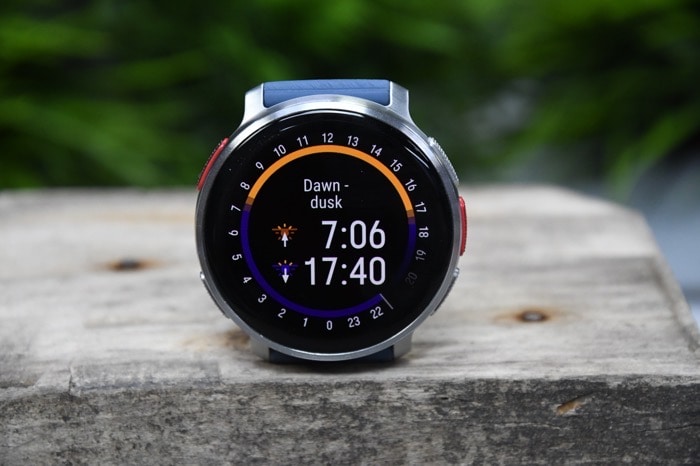

And here’s the weather one. I suppose some people in some locations might find the weather one useful, but here in the Netherlands, it’s just gonna tell me it’s going to be rainy and windy every day.
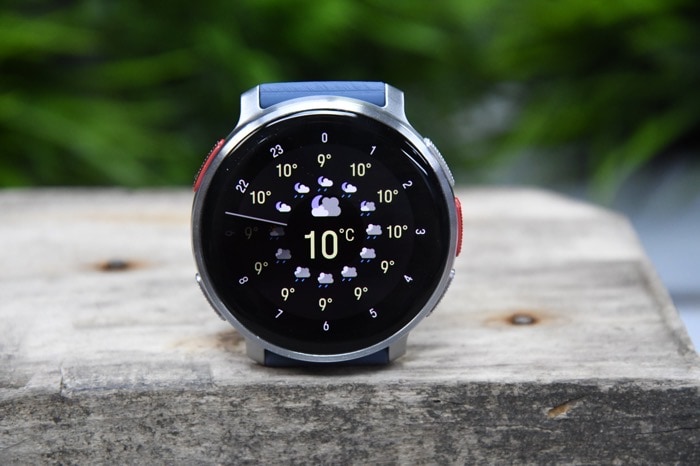
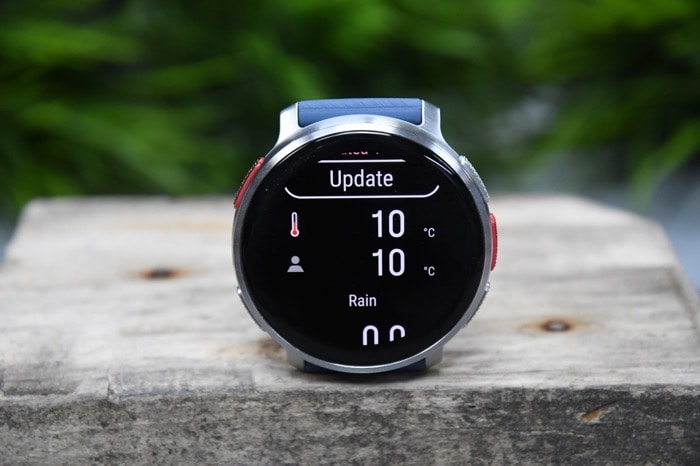
Last on dashboard pages/widgets, there’s music control. This will control whichever music is playing on your phone. Note that there’s no music storage on the Polar Vantage V3 itself.
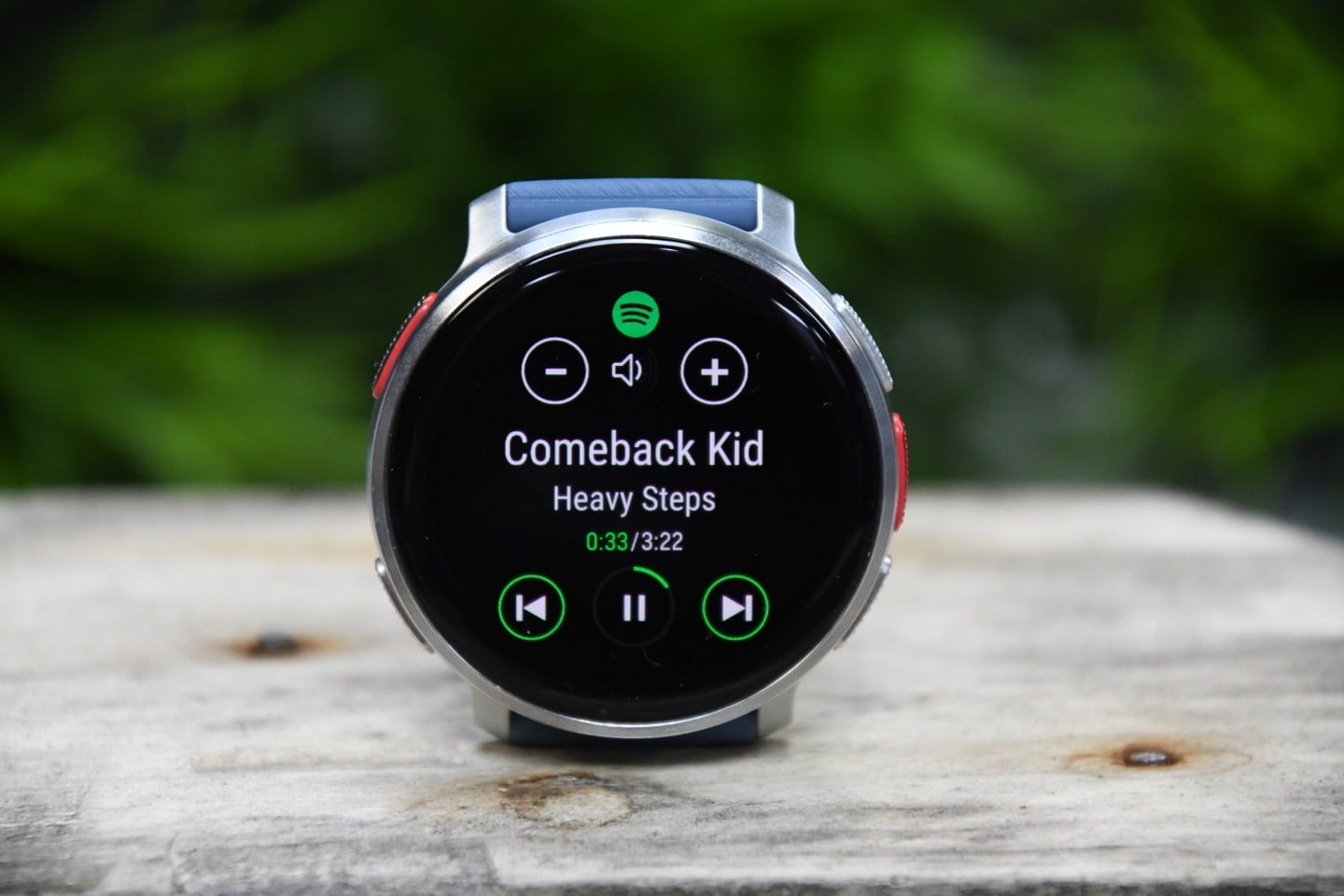
Given the unit lacks WiFi hardware, it’s unlikely to ever get any streaming services with downloadable music, and practically speaking from a business standpoint, all those doors/gates have closed to providers like Spotify and others years ago. Polar is simply far too small to unlock that these days. While Polar could probably implement MP3-based playback using the storage on the watch, consumer demand simply doesn’t exist in big enough quantities to transfer MP3 files via USB to your watch and listen to them. I think most consumers of this watch would much rather Polar spend those development hours on sports features.
Finally, the last item to cover is the new ECG (electrocardiogram) feature. This is the first time such has been included in a Polar wearable product. Starting with that, to take an ECG, you’ll tap down to the ‘Tests’ section, and then ECG’. It’s here you’ll see the new ECG screen, which requires you to place your other hand on the upper left button. That completes the ‘circuit’, allowing proper measurement. Once you’ve done that, you’ll start to see the ECG trace:
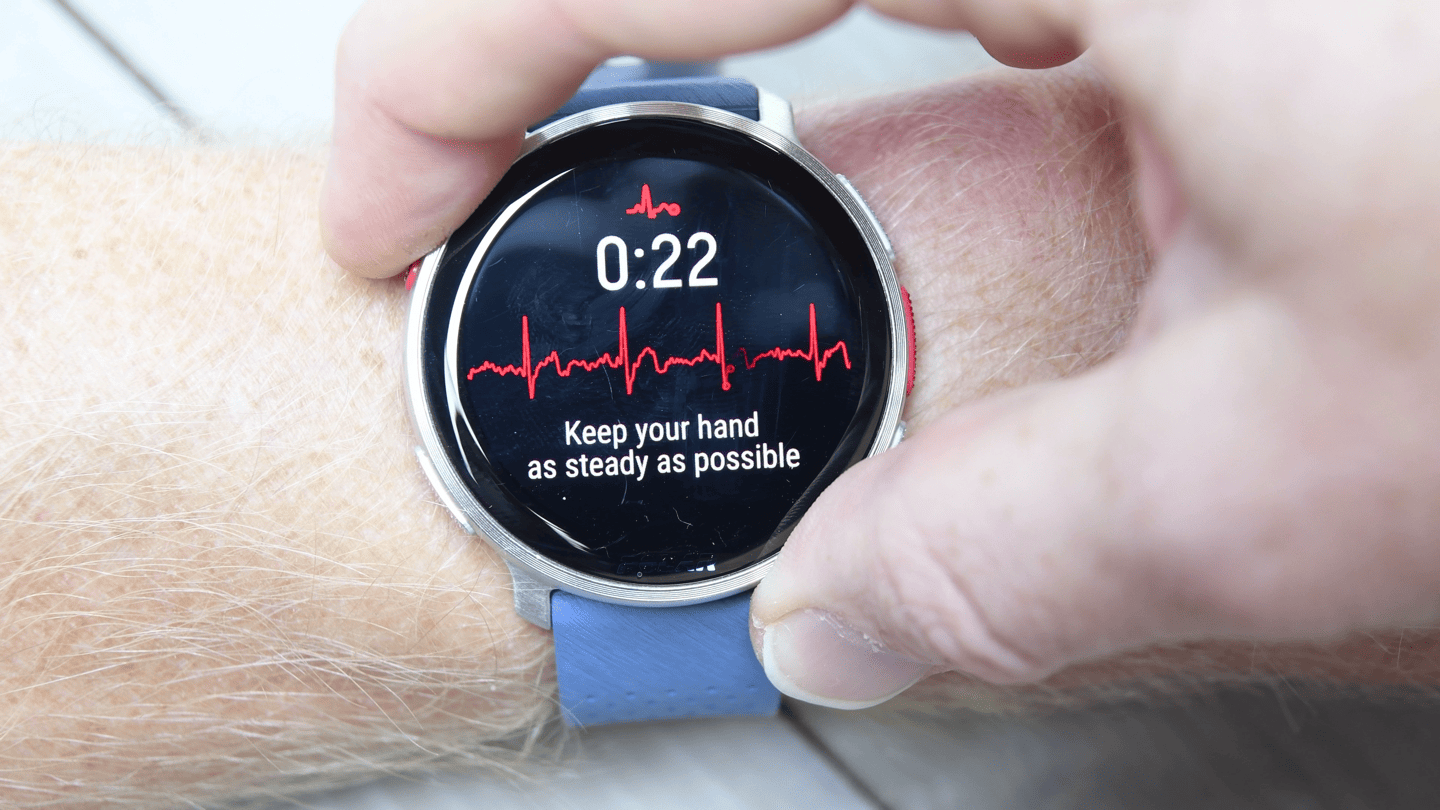
After 30 seconds of showing you the trace/signal, the ECG will be complete. On the watch you’ll see average HR, HRV, and beat-to-beat interval.
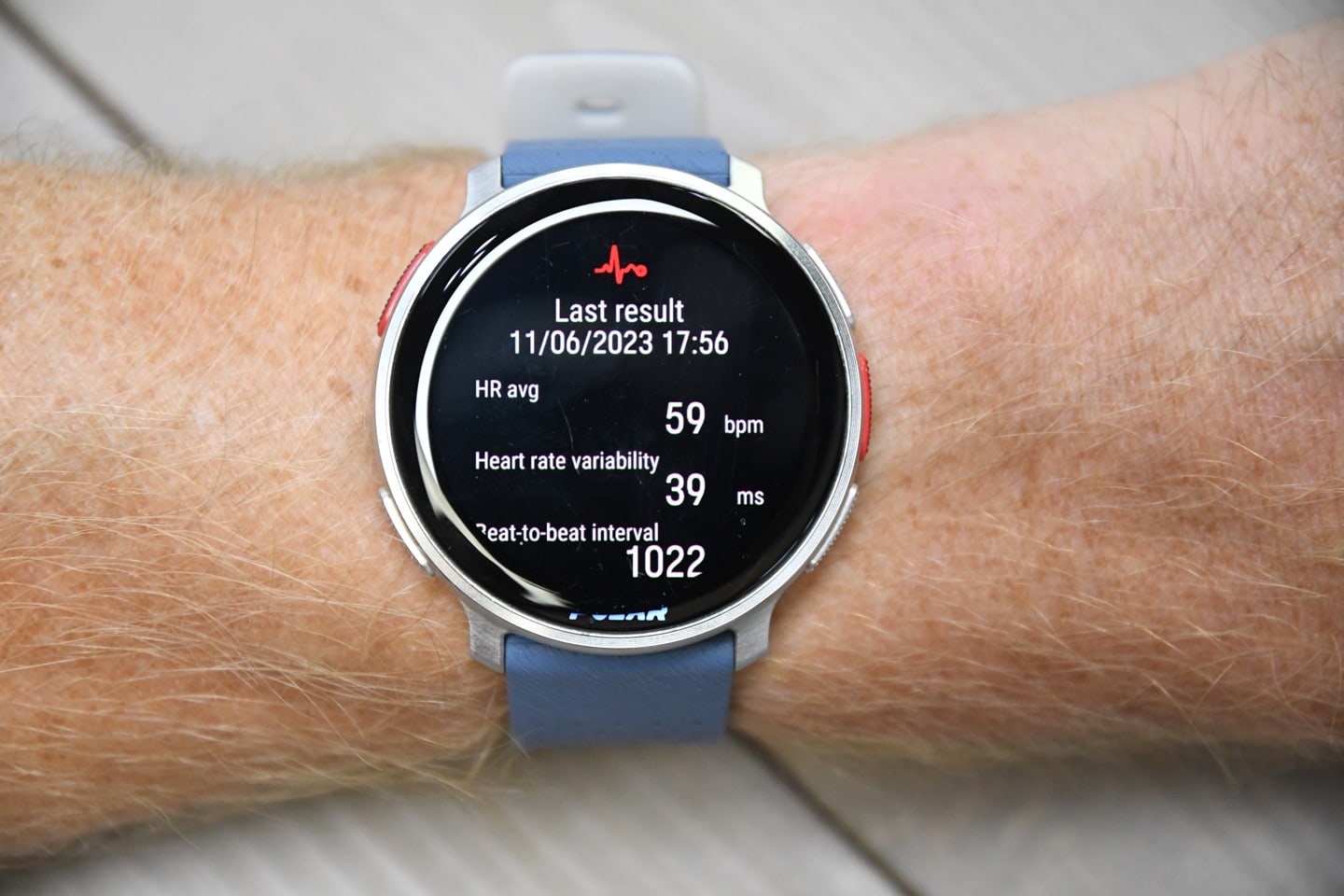
At that point it’ll save the results to Polar Flow, where you can view the results and export out a PDF to take to your doctor.
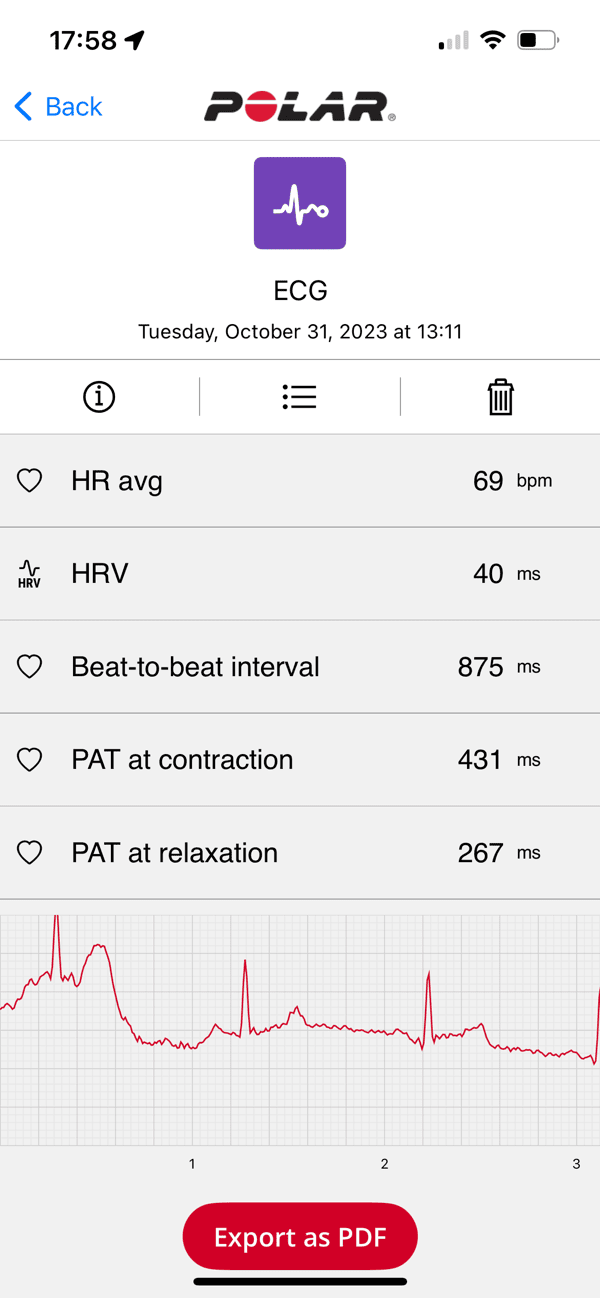
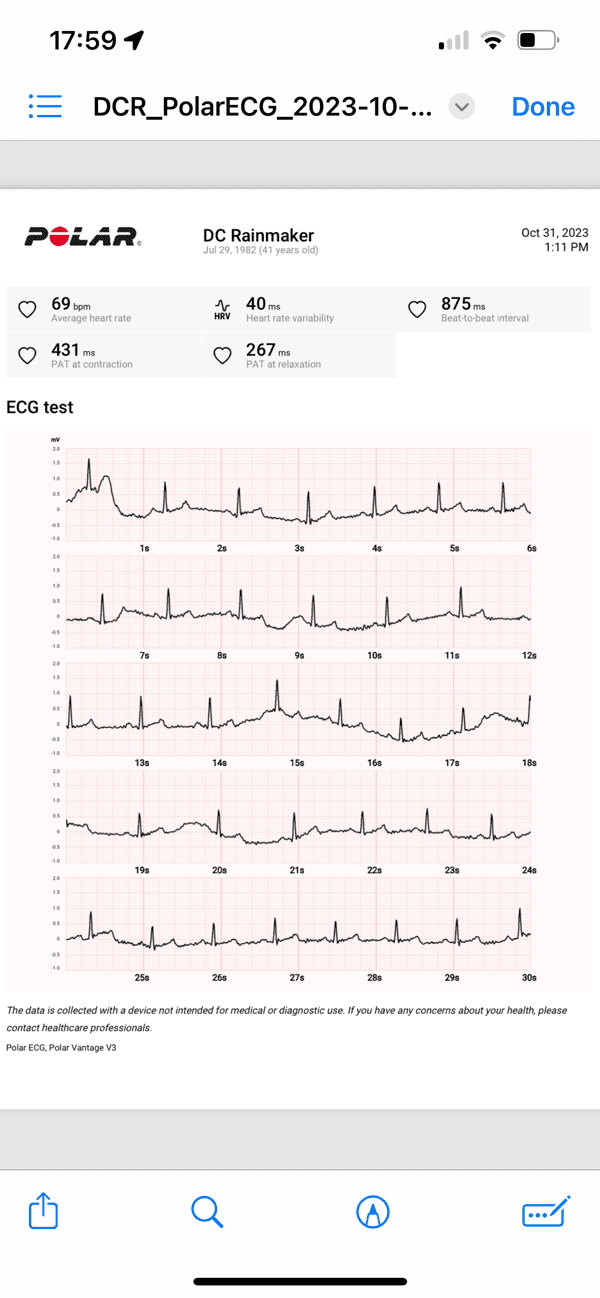
Now, it’s really important to note this is substantially different than what Apple, Garmin, Google/Fitbit, Samsung, and others are providing. Very very different. To begin, Polar is not claiming to be a medical device (certified or otherwise). Instead, they are saying they are merely providing a trace that you can talk with your doctor about. While the company says they are interested in the medical realm, and have history there, at present, the Polar Vantage V3 is not a medical device from an ECG standpoint.
Feature-wise, the differences are arguably even more important in this context. All the others (Apple/Garmin/Fitbit/etc) are doing what’s called ‘Afib detection’, meaning, they’re looking for signs of an abnormal rhythm – either manually (when doing an ECG), or as a background process 24×7. Polar is doing neither. Thus, while you can take and record an ECG anytime you’d like on the Vantage V3, Polar is not going to tell you if it found an abnormal result (whereas the others are).
Now, while I appreciate what Polar is doing here – I think in this context, given the existing landscape of the wearables world and certified ECG devices, that Polar’s marketing/implementation is probably a bit misleading. While I agree it’s technically correct, the average consumer will see what they are doing, and assume the ECG will provide feedback as seen in countless “this saved my life” news stories over the past few years. The Vantage V3 won’t do that. It’s merely going to take a trace that you can send to your doctor. That trace could indeed show signs of something concerning, but it’s not going to give you instant feedback.
Hopefully though, as Polar says, with their interest in the medical realm, we’ll see them make that leap towards a proper FDA or EU/CE certified medical device. But that process is typically at least a year, if not often much longer.
Sports Tracking:
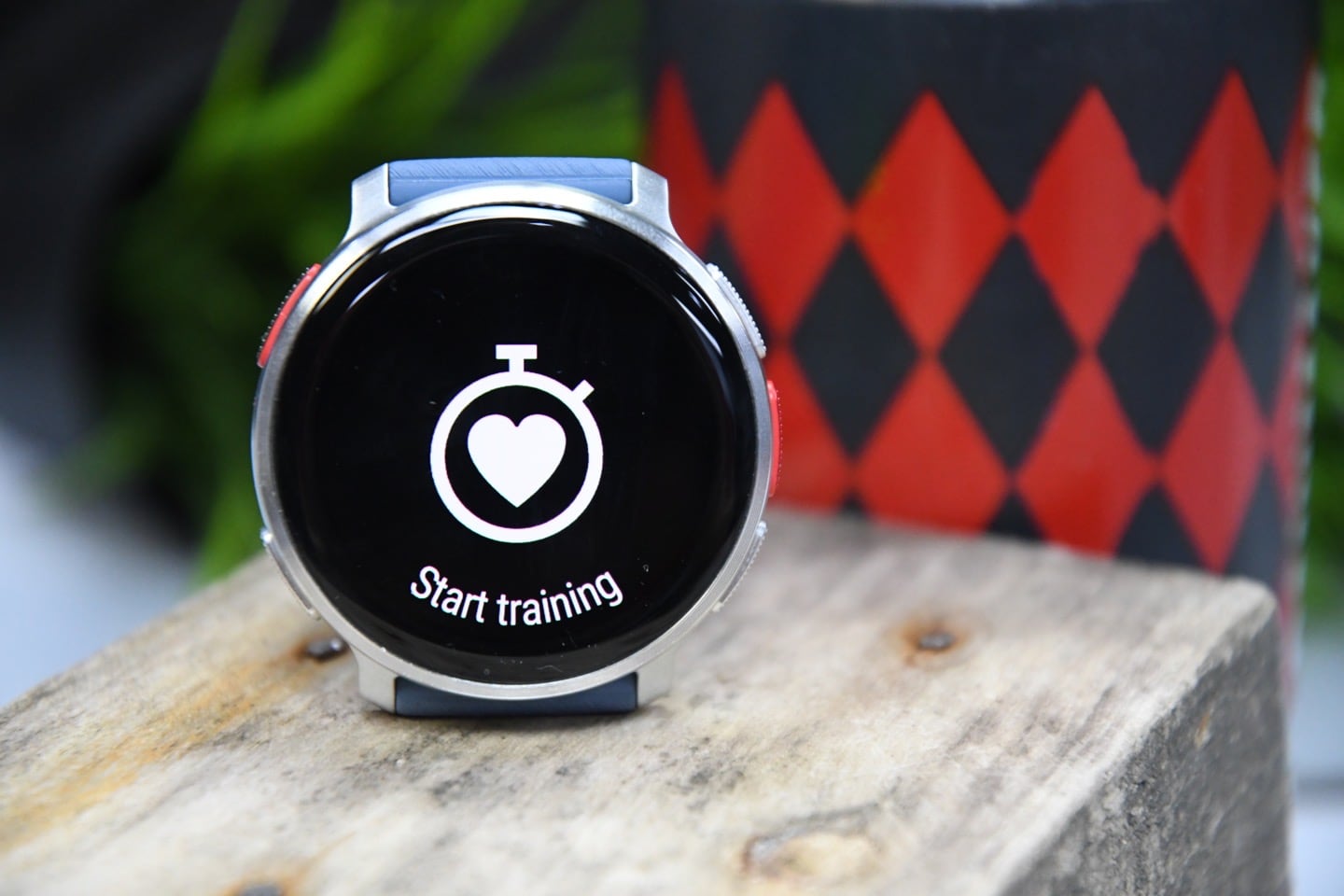
Undoubtedly, if you’re buying a Polar watch, it’s likely to be used for sports purposes. Polar’s platform includes numerous sports, covering just about any sport you’d need. In the case of most of Polar’s sport profiles/modes, they’re primarily focused on correct calorie burn and general categorization for that particular sport (versus capturing the unique movements/data metrics of Stand-up Paddleboarding, for example).
To start a workout, you’ll either tap the lower-left button and select training, or long-hold the red button. Both get you to this menu where you can select your particular sport of choice:
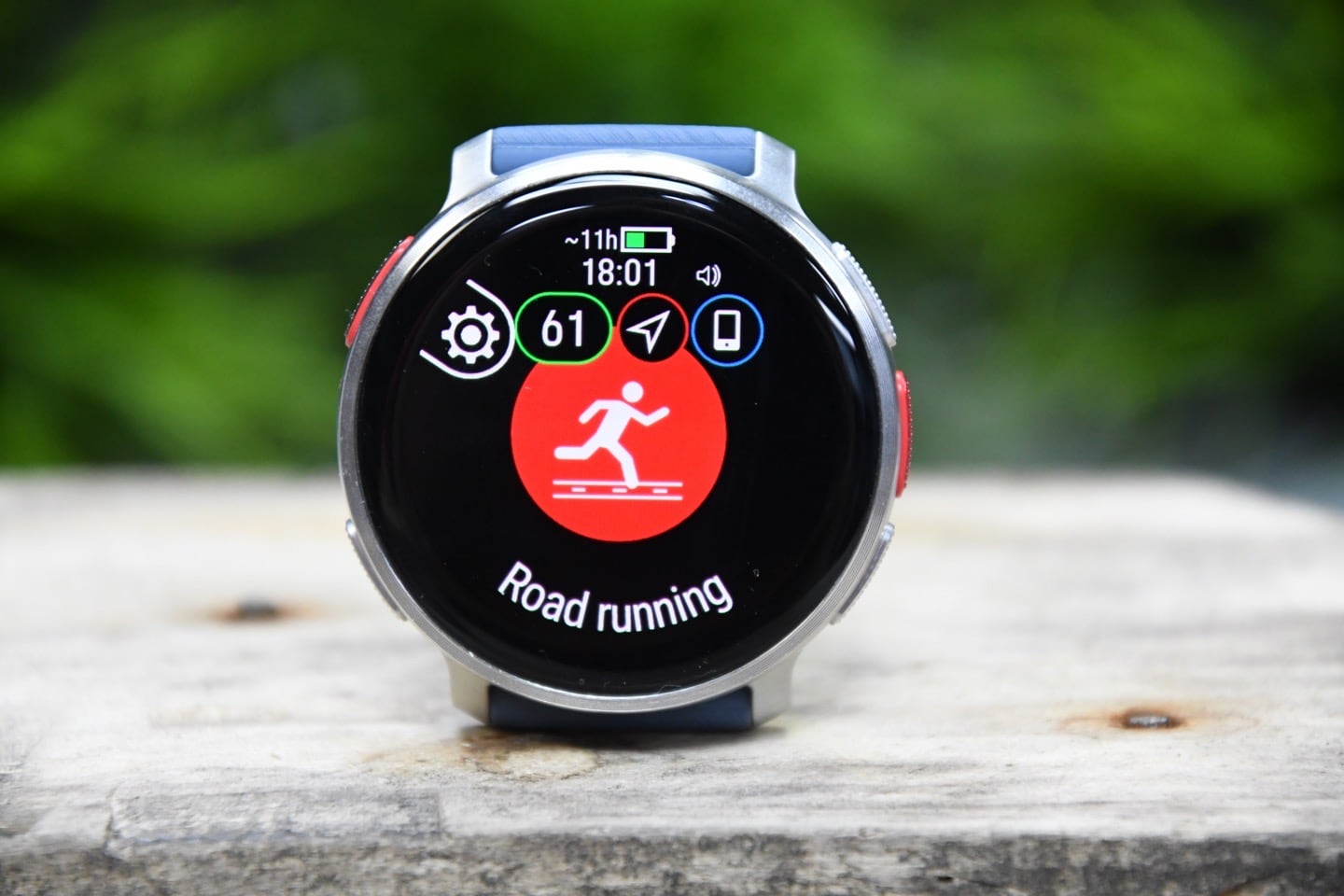
You can then scroll up/down this list till you find the sport you’re looking for. This list is sortable using the Polar Flow app, so you can arrange the sports modes in the order you’re most likely to use them. That said, I feel like this screen is ripe for an update. It hasn’t changed in a decade, and these days, it seems a pretty big waste of space. It’s also relatively slow to iterate through the list to find the sport you’re looking for. Instead, Polar could look at every other watch out there, which condenses this down into 3-5 sports on the page at once, which would hide any UI slowness, while also just making it faster to find the sport you want.
In any event, at the top of that page you’ll see your GPS status, heart rate status (lock), and any sensors you’ve got locked (e.g. a cycling power meter). Likewise, you’ll also see if your phone is in-range and connected. However, in the upper left corner you’ve got the settings option. This lets you configure settings for that sport, such as always-on display (which is configured on a per-sport profile basis), as well as selecting routes, structured workouts, timers, and more.
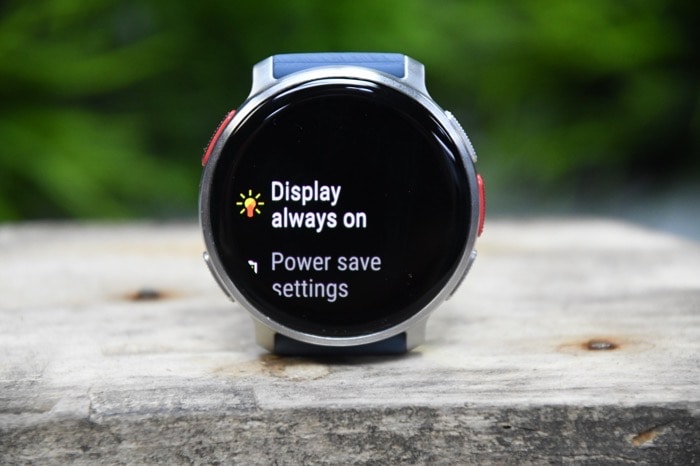
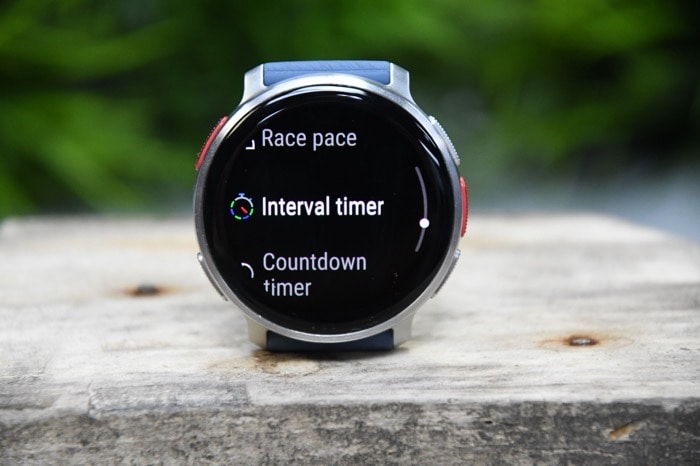
This is where you’d apply a route to follow, or if you had a specific planned structured workout, it’d all show up here. I’m going to cover the route/course piece in the next section, so for now, let’s double back and look at sensors.
Sensors are added in the sensors menu, which is under settings. Here you can pair Bluetooth sensors such as heart rate sensors/straps, cycling power meters/cadence/speed sensors, and running footpads. Polar does not support ANT+ sensors here, though in 2023, I don’t think that’s a major issue – virtually all sensors made in the last decade support dual ANT+/Bluetooth Smart. The singular exception is smart trainers, which while they do all support dual ANT+/BLE, they don’t all support multi-channel Bluetooth. That’s more of a challenge in a trainer where you probably have Zwift/TrainerRoad controlling it via Bluetooth, taking up that single channel. Thus, you couldn’t also connect your Polar watch to it (or Suunto/COROS/Apple). Again, not an issue for everyone, but something of note.

When it comes to sensor pairing, Polar will automatically pull in saved Polar sensors from Polar Flow (e.g. a Polar H10 chest strap), and in fact, do it every single time you sync. You can add numerous other sensors though via the pairing menu, each listing the name of the sensor (e.g. Wahoo KICKR). If there’s a specific limit on the number of sensors, I haven’t run into it yet.
However, one minor annoyance is that when you’re pairing sensors, it will only show the first sensor it finds. Choosing ‘No’, just resets the cycle. This can be tricky if you’re in a place with multiple sensors around, as you really have to keep pressing re-do hoping it finally finds the right thing first. On the bright side, this is certainly far better than Suunto, which doesn’t support saving multiple sensors of the same type (which Polar does). So, win some…lose some.
In terms of pairing sensors, everything pairs fine. However, when paired to the Stages LR (dual-sided), it doesn’t correctly handle the Bluetooth power meter stream, and halves the power value, which is a bummer.
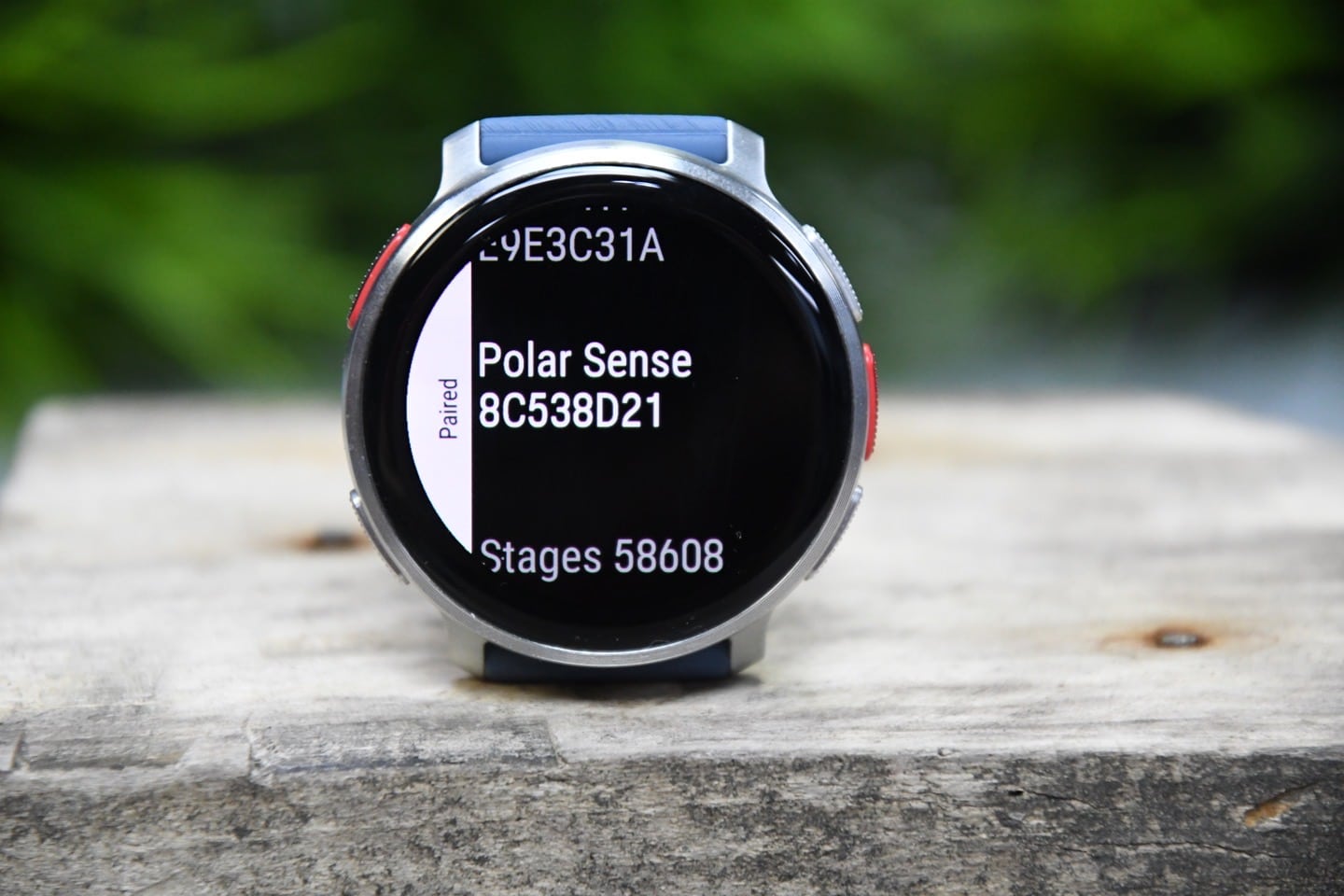
Further, if you have a chest strap that transmits running footpod data (e.g., Garmin HRM-PRO series or Wahoo TICKR X series), then Polar will incorrectly zero-out your entire run distance. It’ll still show the correct pace, the GPS track after, and even nearby Strava Segments. But during the run, distance will always be zero.
Next, setting aside sensors, we’ve got the data pages you can configure. This can be done via the Polar Flow app on your phone, or Polar Flow on the website. You can configure up to 8 data pages per sport profile, and up to four fields per data page. You’ll find pretty much any data field you need here:
I’d like to see Polar offer up to at least 6 data fields per page here. I know it may sound like I’m nitpicking on things, but when you charge $599, you’re competing against other watches in that price ballpark. And all those other watches (COROS, Suunto, Garmin, Apple) – all offer more than 4 data fields per page (sometimes far more). I’ve long believed that products can’t be evaluated in a price vacuum, and little things matter.
Additionally, Polar also has some specialty fields, like the Hill Climb metric, which automatically detects climbs/hills and tracks them. I’ve written about this previously, this is really designed mostly for hill repeat scenarios, rather than big climbs up a mountain (as it doesn’t tell you how much is remaining). So it’s different than something like Garmin’s ClimbPro. Not in a bad way, they just do different things. Garmin’s ClimbPro is all about telling you where you are in a pre-planned climb/mountain (which Polar can’t do). Whereas Polar’s is really targeted for doing hill repeats ad-hoc, where you want to track how many repeats and the distance/elevation for each one (which Garmin’s can’t do).

Ok, all these configuration distractions behind us, let’s start our run. I’m using run because it’s the easiest to show – but practically speaking there’s very little difference between how any of these sports work. In this case, because it’s an outdoor run, it finds GPS and locks that (which wouldn’t happen indoors such as on a swim, where it asks you your pool size instead):
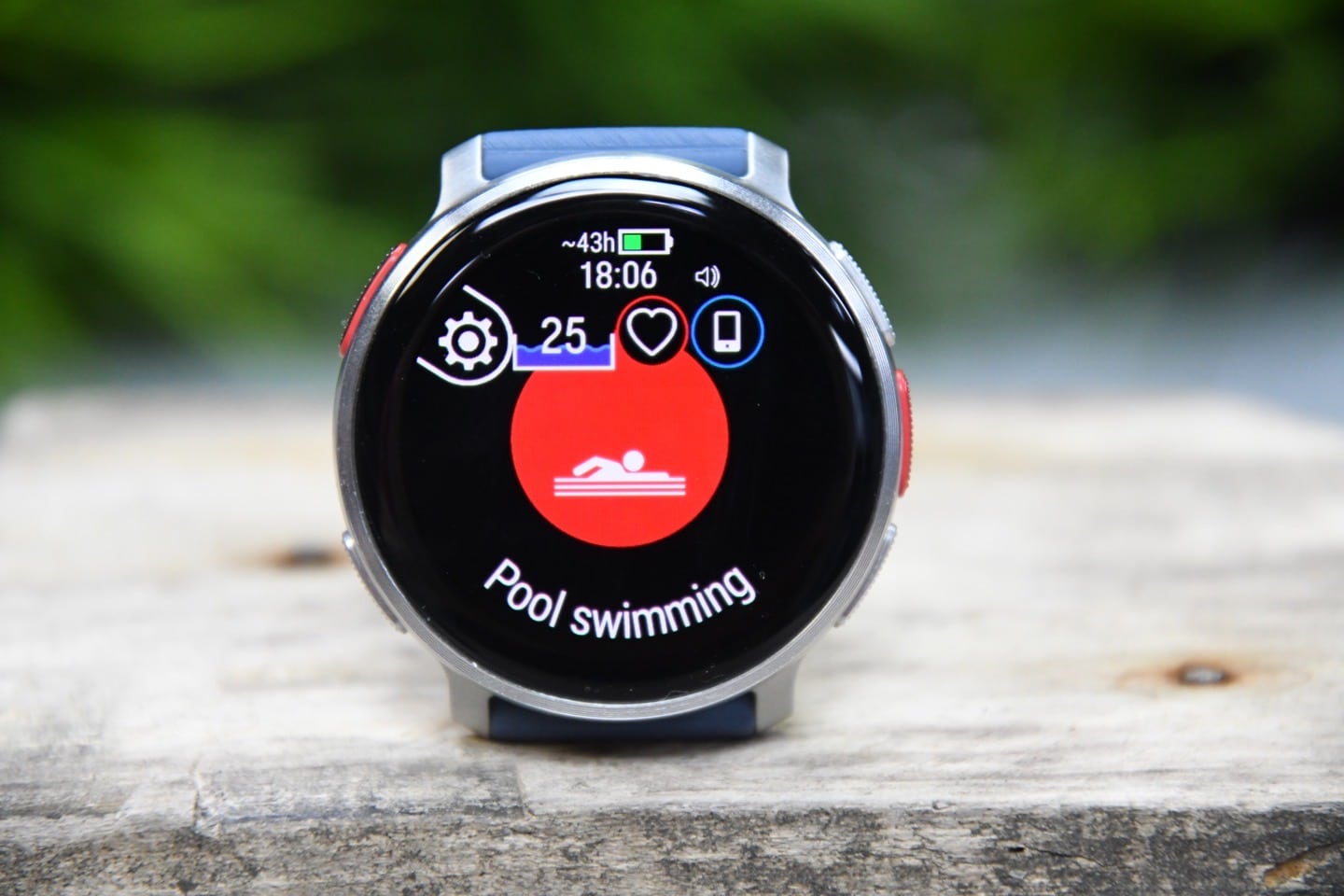
So, starting the run, you’ll see the data you’ve configured on the various data pages. Here’s a gallery of that from one of my runs this weekend. Sorry for the rain, such is life.
In terms of things like pace stability, I had no problems there. It was both reactive to shifts in pace, as well as being stable while running stable.
Post-workout you’ll get a summary screen of all your stats. This hasn’t changed from before, however, with the AMOLED display it looks a heck of a lot prettier/vibrant!
Then from there the data is available up on Polar’s Flow website, or their smartphone app. Again, here’s a gallery of some screenshots from this same run:
From a battery standpoint, things are burning a bit higher than I expected. Polar claims up to 28 hours of battery life in workout mode, albeit doesn’t differentiate between always-on display enabled or not. In my case, like all watches I test, I use the always-on display. During the 12hr/60km hike I did, I burned through the entire battery, with it finishing at 5% (and actually it force-ended the activity the exact same second I was about to end the activity myself):
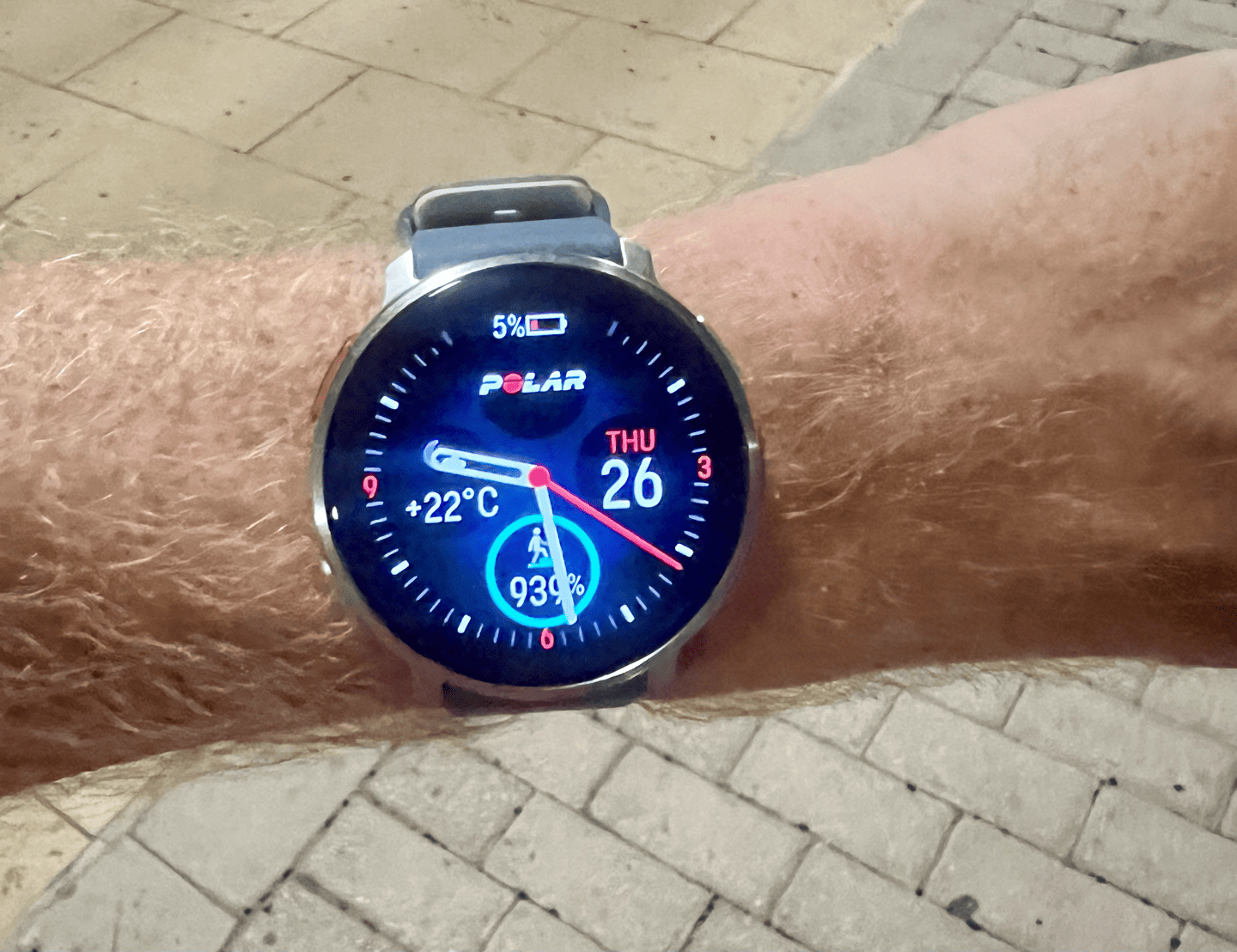
In that case, I was using always-on display, optical HR, and navigation for the first few hours of the day, but since it kept crashing with navigation enabled, the bulk of the day was without navigation enabled (or maps showing). Just normal data fields.
In talking to Polar about this, they noted that:
“When under strong direct sunlight, the watch goes into the special mode where the brightness is switching between ‘extra high’ and ‘normal high’ every 15 seconds. According to the display manufacturer, such a mode is the maximum brightness level that can be offered to ensure that the display doesn’t get burn-in. When you’re under strong direct sunlight, the battery life is around 12 hours with always-on and all other possible high accuracy and navigation settings turned on. When not under strong direct sunlight, the battery life estimate is up to 28 hours with always-on in dual-frequency and with enabled OHR.”
Now, what’s interesting here is what Polar is doing is trying to make it easier to see the display without gestures or tapping the screen, saying:
“We intentionally set the brightness level to ‘high’ so that one can use Vantage V3 on a bike handlebar or a bike mount without compromising the ability to read the display.”
They went on to note that with competitor watches:
“…their always-on during training under direct sunlight is hardly readable without doing the ‘wake-up’ gesture with the wrist, tapping the touchscreen, or pressing one of the buttons.”
Now, if you’re not familiar with AMOLED displays, this may all be a bit perplexing to you. But in short, all AMOLED displays (even in always-on mode) will dim the display when your wrist is down (not looking at it), to both save battery but prevent burn-in. Indoors and such, this isn’t a problem. But if in bright sunny conditions, it can be hard to see the watch if off-angle and still in a dim state. Once you’ve worn an AMOLED watch for a short period (maybe a few weeks), it becomes a very natural motion to know how to flick your wrist just barely (talking a few millimeters) to go to normal brightness. People have been doing this for years on Apple Watch and other watches without any issue (the most popular watch by sales volume on the planet).
However, some people still don’t like it (fair enough), and in particular, if on a bike for example, it’ll generally go into the dimmed state at some point (unless the road is bumpy enough to keep it awake.
Thus, what Polar has actually done here is ‘fix’ that problem, albeit at the cost of (substantial) battery life. But for someone not doing a 12-hour activity, it doesn’t likely matter – it fixes it and makes them happy. And as I told them privately, this is a super cool feature that none of their competitors have. Except, they aren’t correctly calling it a feature, nor is there any way to turn it off (without turning off AOD altogether). Again – to be clear, what I think Polar has done is brilliant (no pun intended), but…they just need to both document it somewhere, and also let people turn it off.
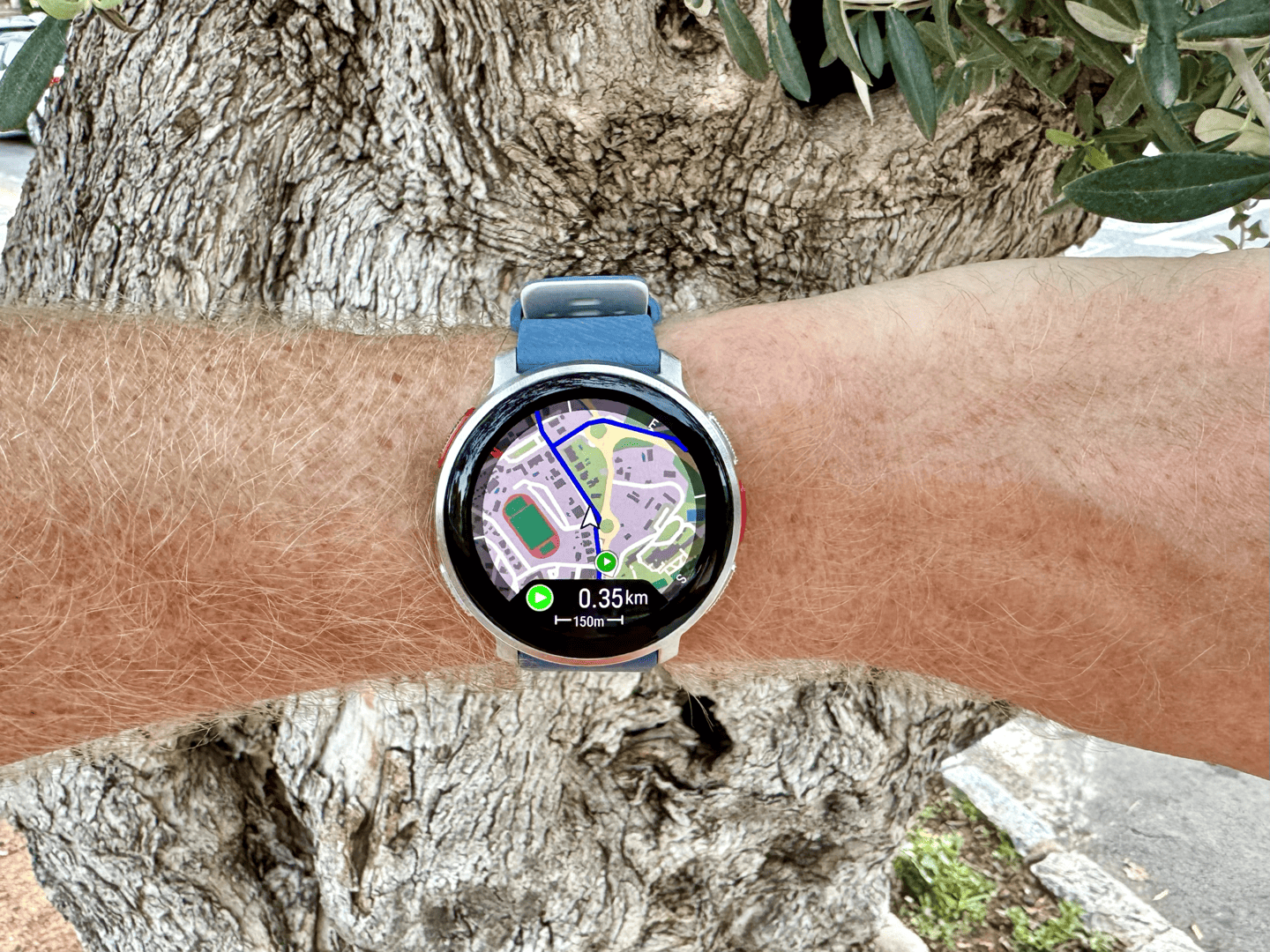
As another point of reference, on an hour-long run this weekend, I was at about 9-10% battery drain (no structured workout, no route loaded, and in fact *NO* always-on display was enabled this time). This was more battery than I expected to burn. Obviously, I could keep trying to tweak different backlight settings here, but it’s a bit fuzzy as to exactly how much battery (hours) you’d have, which is one thing I appreciate with Suunto’s battery burn calculator shown on the watch as you change settings.
Now, like most other endurance sports companies, Polar has various training load metrics. The most prominent one you’ll see on the watch is Cardio Load Status, which tracks your training load. It does this by building up a profile of your workout usage over time, and then looking at how much load you’ve got right now (e.g., today/this week), versus that historical past load. You can see an example of this here by going to the Cardio Load dashboard page:
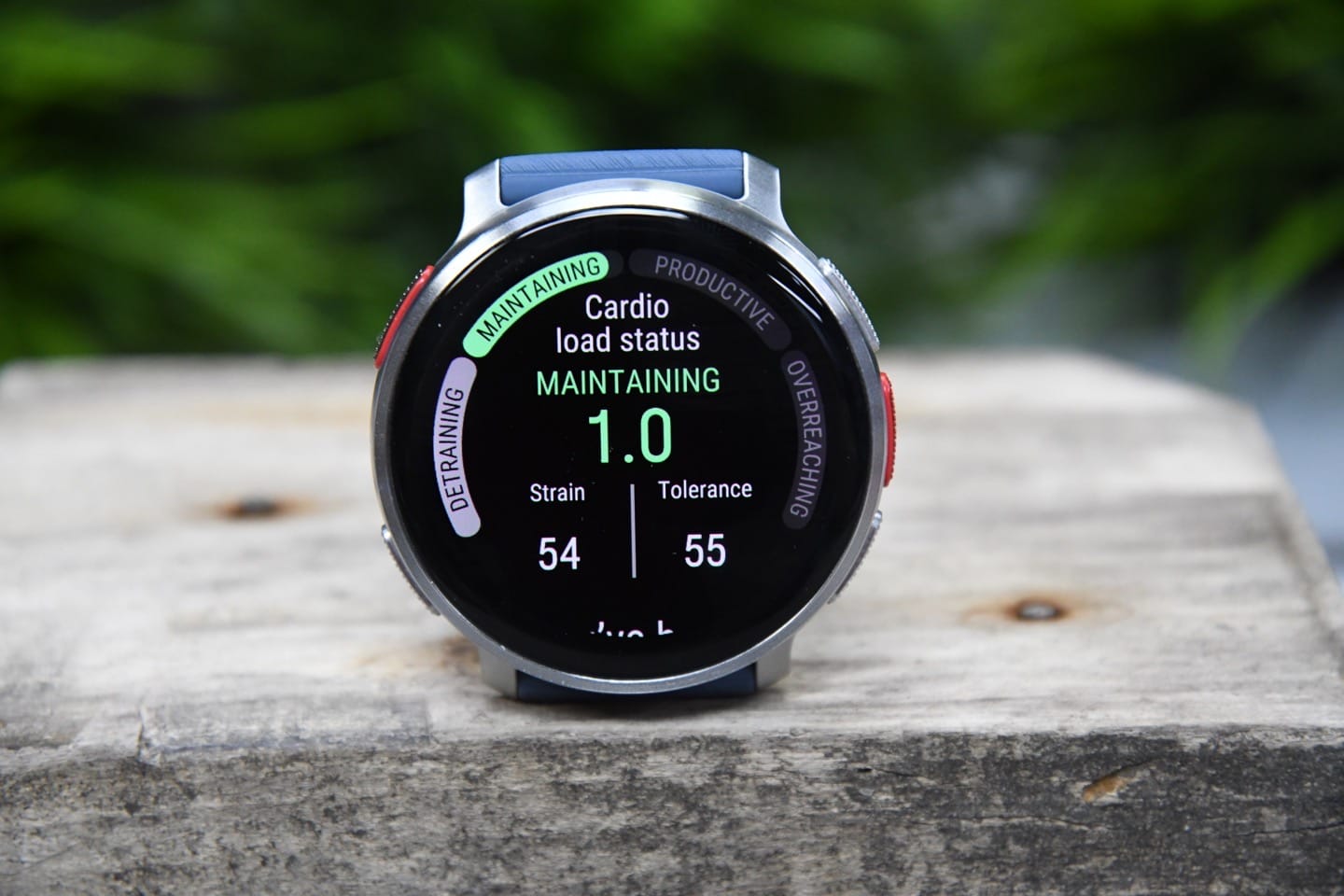
If you scroll down, you’ll see a short message about whether this load is appropriate based on your historical load.
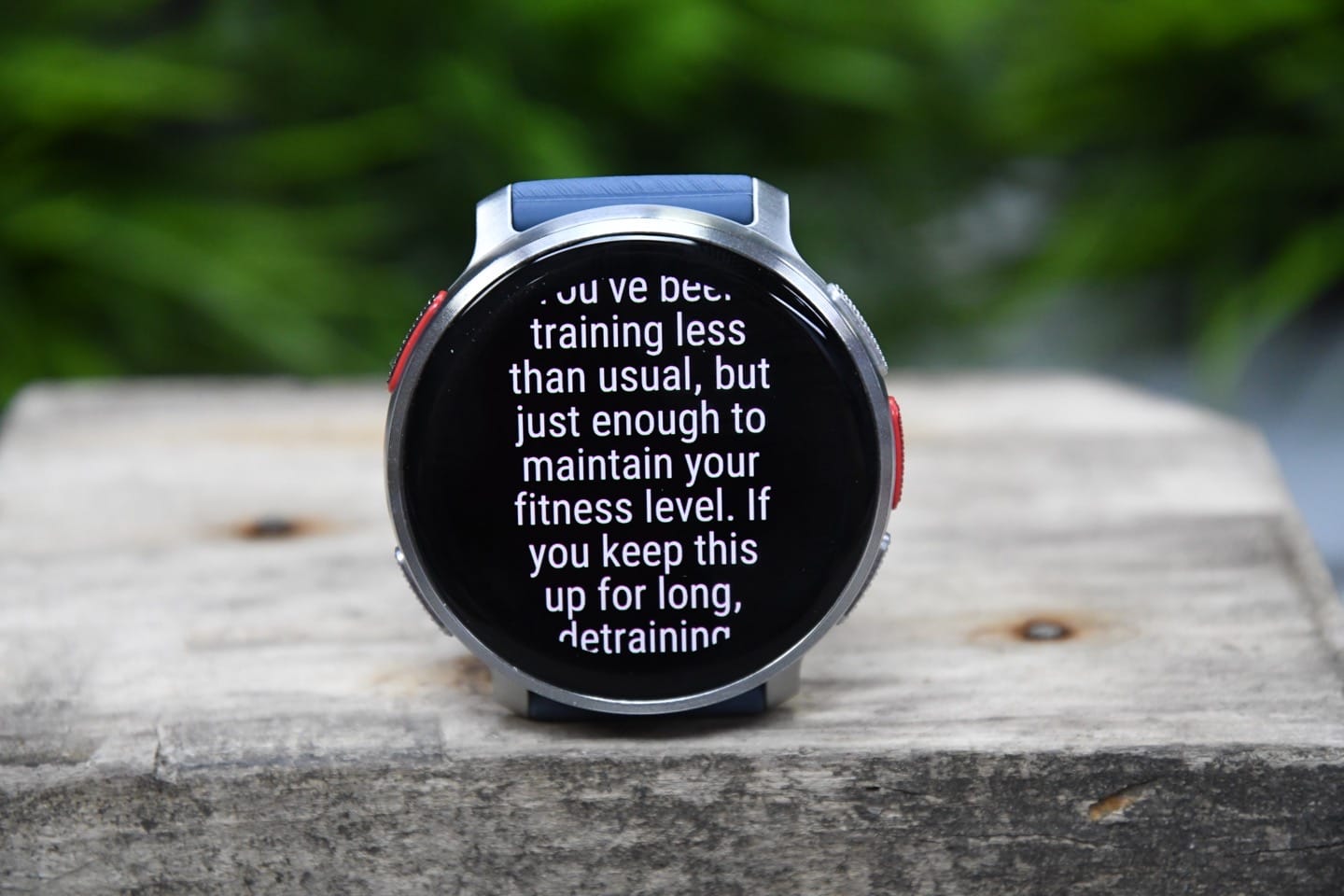
You can also then get similar information in the app as well:
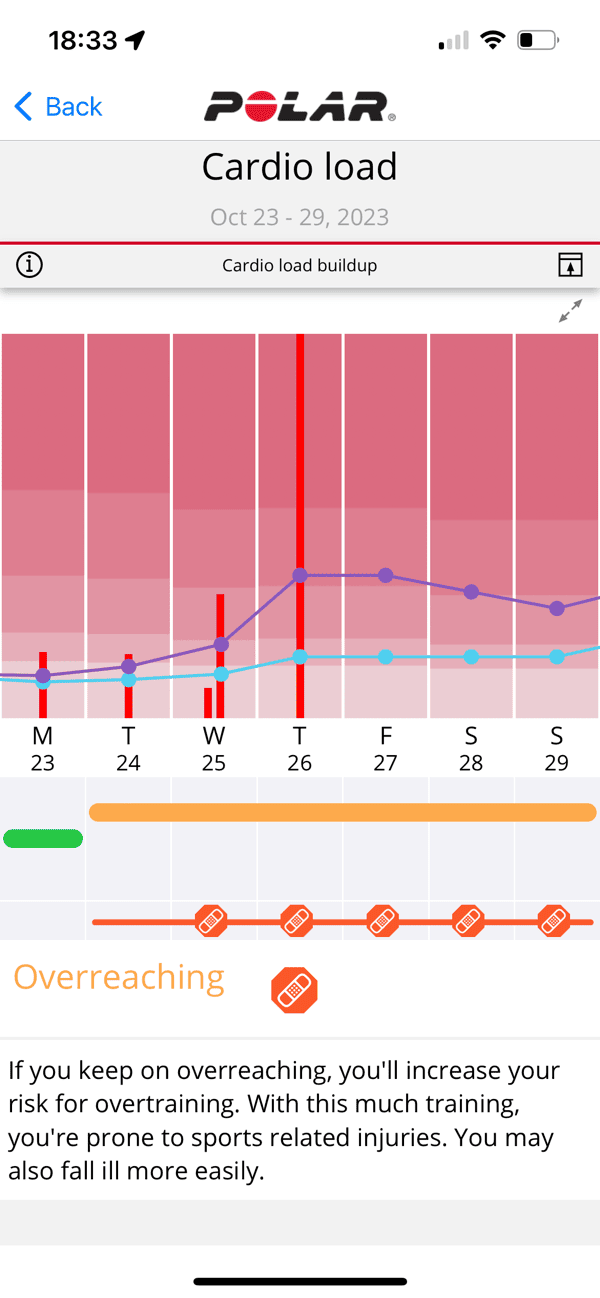

In addition, Polar also has their FitSpark workout suggestions. This works by giving you specific daily workout suggestions in three categories: Strength, Cardio, and Supportive. In the case of Strength and Supportive workouts, it’ll suggest actual workout routines, such as these ‘Core’ workouts falling under the supportive suggestion:
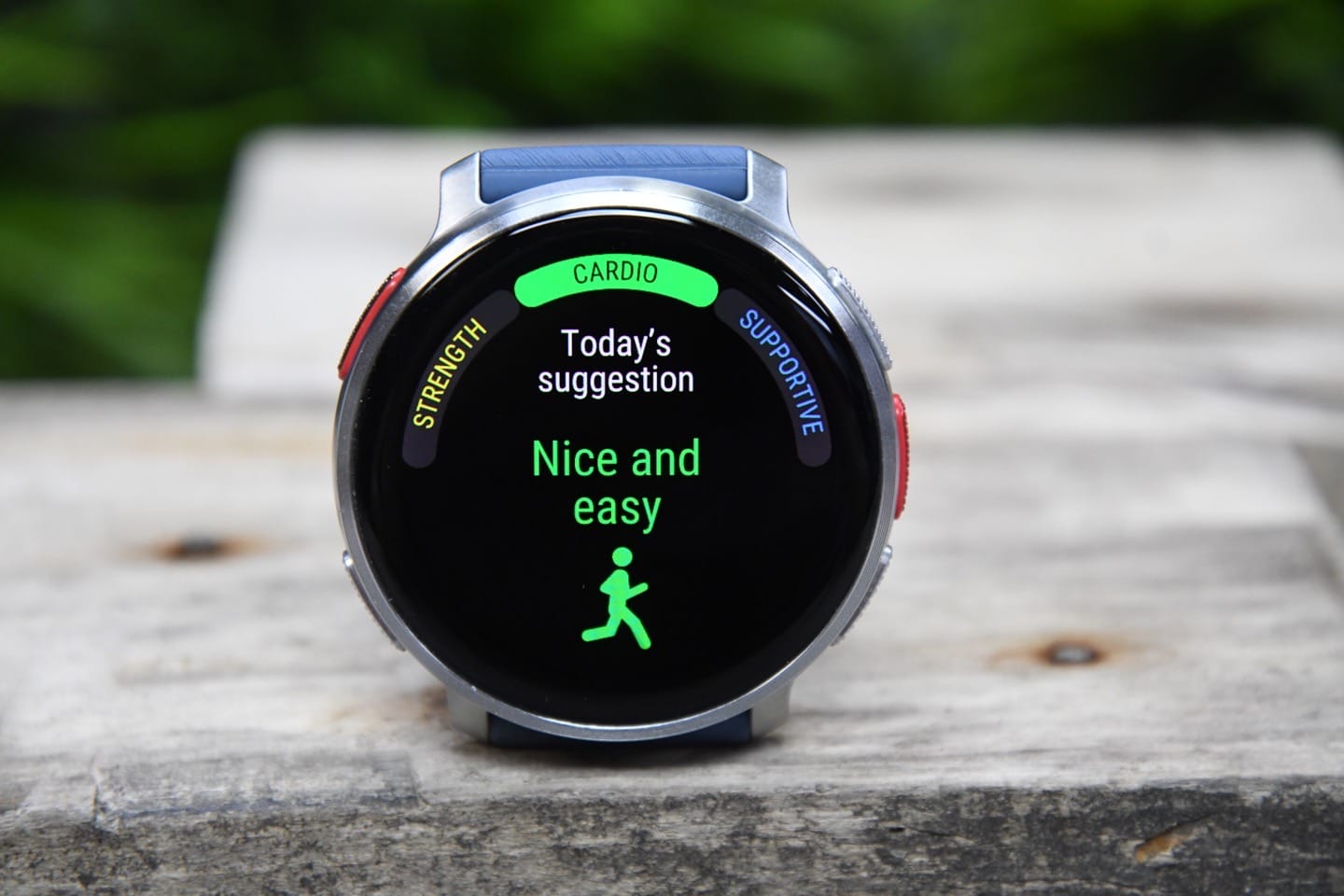
However, for Cardio, it won’t specify an exact sport (e.g. running or cycling), but rather gives you zones to work from. That has pros and cons. On the positive side, it makes the watch more agnostic (versus Garmin which will prescribe exact Running or Cycling workouts, but only those two types). Inversely though, the downside is that if you’re just a runner, you might assume the appropriate ‘easy day’ is a 71-minute easy run it’s suggesting (which, in reality, probably should be some other sport). Still – their core/strength workouts are beyond what Garmin and most others do in this realm, in terms of automated workout suggestions.
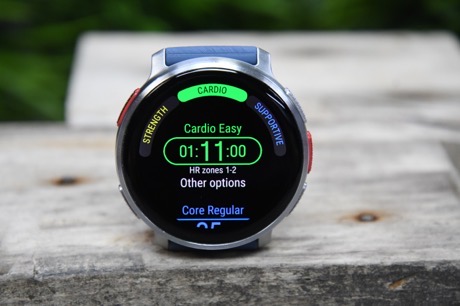
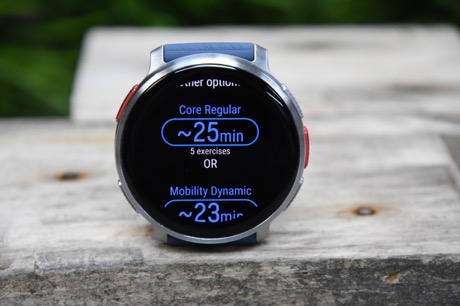
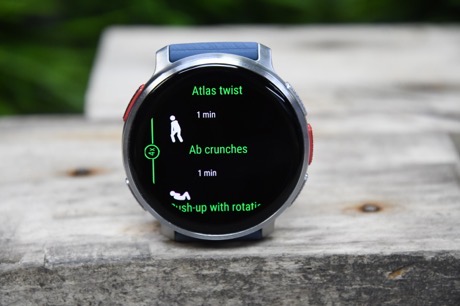
Now, as I mentioned earlier on in the ‘Basics’ section, don’t forget that you’ll also get some recovery suggestions via the ‘Boost’ feature, which will show you whether or not you should train as normal.
In addition, Polar can also do what’s called ‘Recovery Pro’, whereby it’ll take your training load information and then combine that with an orthostatic test. In the case of the Polar Vantage V3, this test no longer requires a Polar chest strap, instead, you place your finger on the upper left button (same as for ECG), for a period of four minutes, including starting off sitting for the first few minutes, then standing (all while still holding the button). At the end, you’ll receive a result:
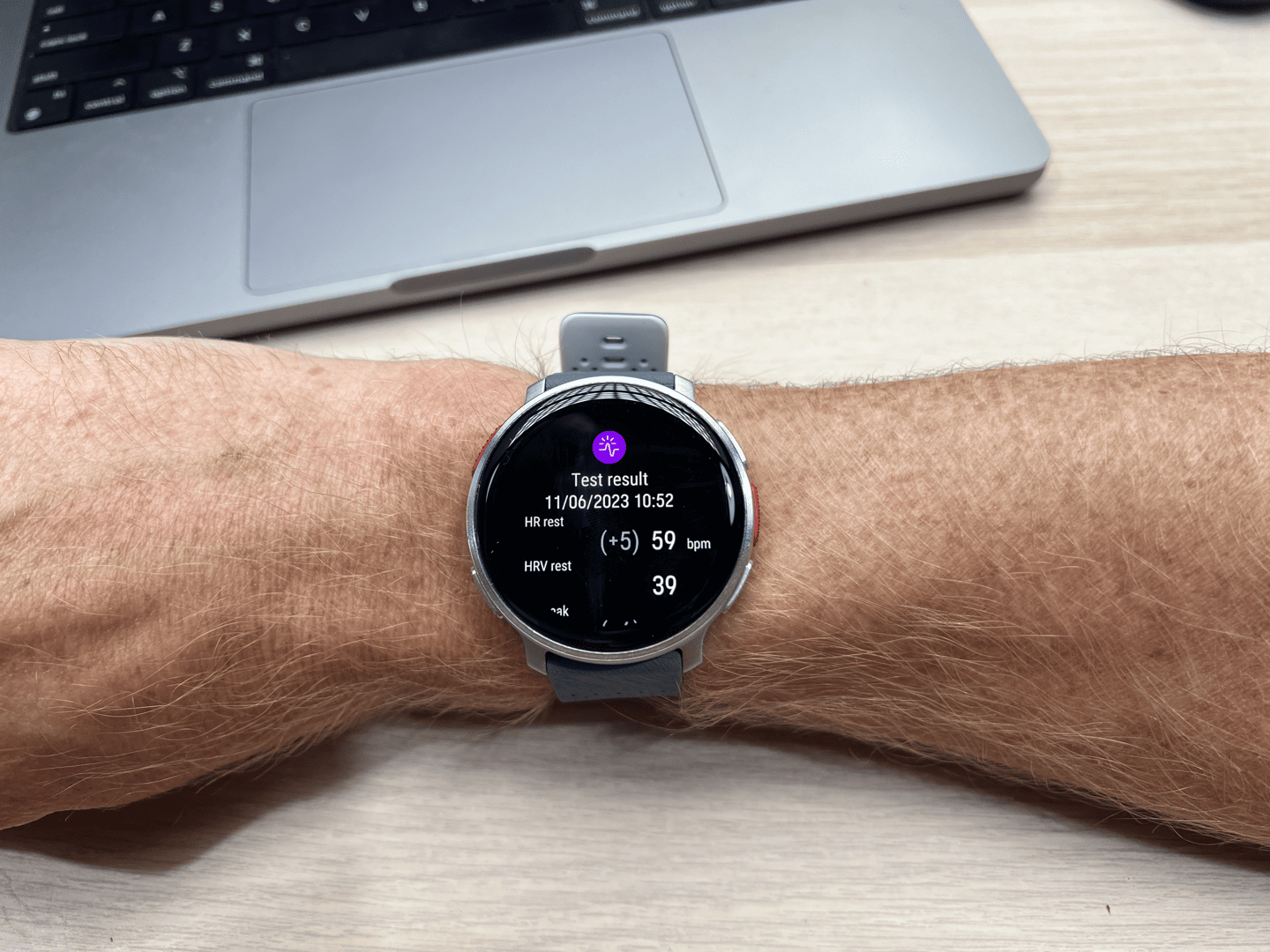
But, this isn’t your Recovery Pro result. Instead, you’ll need to do that for 3 of the last 7 nights (ideally each morning), and it replaces the Nightly Recharge feature. So it’s an either/or situation, and in my case, I prefer the automated nightly recharge function. Albeit, as I’ve said in the past, I wish Polar provided the option to do both.
I think if we look at sports metrics, this is an area that Polar largely once led, in terms of monitoring training load/recovery. Whereas today, Polar has largely fallen behind on these metrics – which haven’t changed in years. Mind you, this isn’t saying that Polar needs to invent piles of new metrics, but rather, just ways to more easily display the data they already capture. The most useful metrics I use on other watches are simply ways to see my training load in a small chart over the last 7/28 days quickly from the watch, or the types of load.

(Note: I can hear some people screaming already “But Polar has a 7-day chart!!!!”, and they do, but that’s purely time, not training load. Which, in the context of training load things, is a massive difference.)
While there is value to many of the metrics offered by their competitors, Polar merely has a single page dedicated to training load, and now barely a single page for recovery (with arguably no recovery page at all unless you do the manual process of Recovery Pro). For a company with so much focus on research and validation of all the stats they do, it feels like sometimes they forget the purpose of validating the stats they provide is to actually make them visible to the end user.
Take for example HRV. Polar does indeed track HRV, but hides it deep in the menu system, without any way to see trends or changes, or how it impacts things. Same goes for breathing rate. Comparing both to a 28-day average (as Polar does today) is largely useless if I can’t see how things shift more recently. The whole point of these two stats is to look at factors that might be indicating one is over-trained, sick, etc… And you simply can’t do that comparing to a static 28-day baseline. You need to know what it’s been doing the last 3-7 days. Is it going up? Going down? The same?
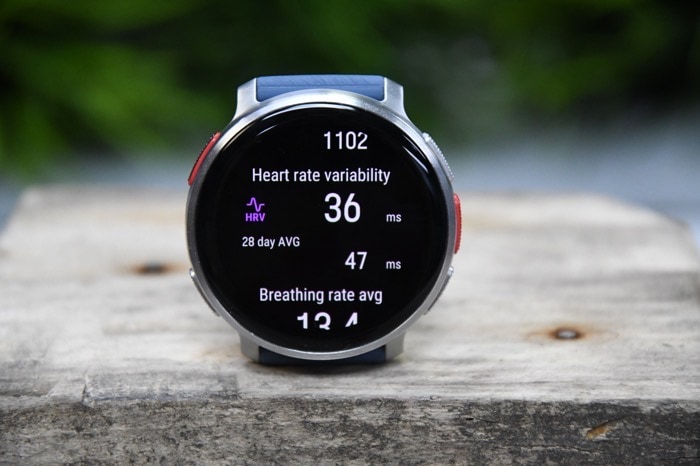
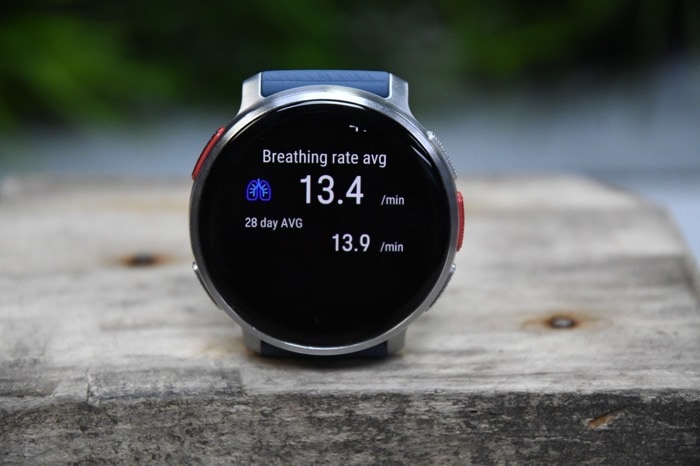
So, my message to Polar is simple here: If you’ve got it, flaunt it. You’ve put the time and energy into tracking all these metrics (and validating them). If I dig deep enough I can see the data is being recorded somewhere, just not presented in a way that shows what you’re doing. For an apt comparison, you’ve done the hard work in the gym all year long, but when you went to the beach in summer, you decided to wear 12 layers of thermals including two oversized winter parkas.
Instead, spend just as much time on showing to the world the data you’ve gathered, as you spend writing (great) white papers on how good the data you’ve captured is.
Mapping & Navigation:
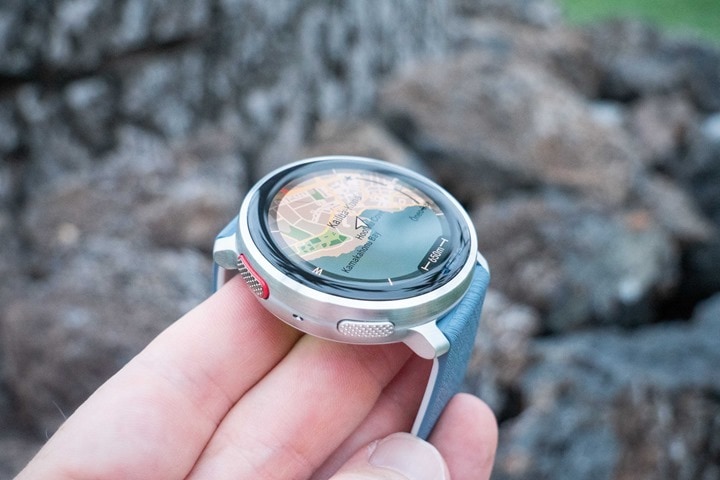
Arguably the biggest feature on the Polar Vantage V3 is the new mapping capabilities. This is the first time we’ve seen offline maps on a Polar watch, and follows just months after we saw Suunto add it in their new Suunto Vertical (and to a sorta-extent, Apple on the Apple Watch in WatchOS 10). This appears to be the year of the offline map, finally.
In Polar’s case, they’ve added 32GB of storage inside the Vantage V3 – dedicated virtually exclusively to maps. I say exclusively, because there’s no onboard music capabilities – so about the only thing you’re gonna use that space for is maps (workout/activity files are trivially small, usually measured in the 30-100KB range per hour).
The first step is getting the maps you want on the watch. By default the Vantage V3 will come with the European and North American maps pre-loaded in a ‘Basic’ configuration. However, you can easily download other regions, and the more detailed maps, for free, via Polar Flow. To do so, you’ll go to flow.polar.com/maps to get started (that site only works if you have a Polar Vantage V3 registered on your account). Which brings you here:
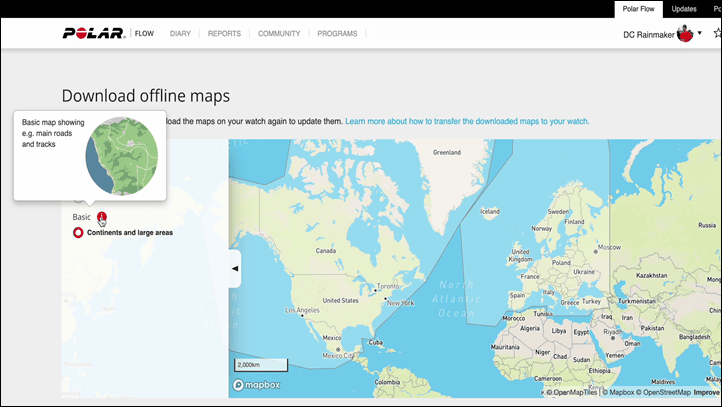
You’ll see you’ve got two options to begin with: Basic or Detailed.
Basic maps show the general gist of things, including main roads and town names. Whereas ‘Detailed’ maps show down to the names of rivers/streams, as well as small trails. Additionally, detailed maps include topographic contour lines.
From a basemap standpoint, Polar loads both the North American and European ‘Basic’ maps by default, which in total take up about 15.3GB of storage (8.4GB for Europe, 6.8GB for North America). From there, you’d likely want to add detailed maps for the country or region that you want more detail on. You can see how this is divided up in various spots:
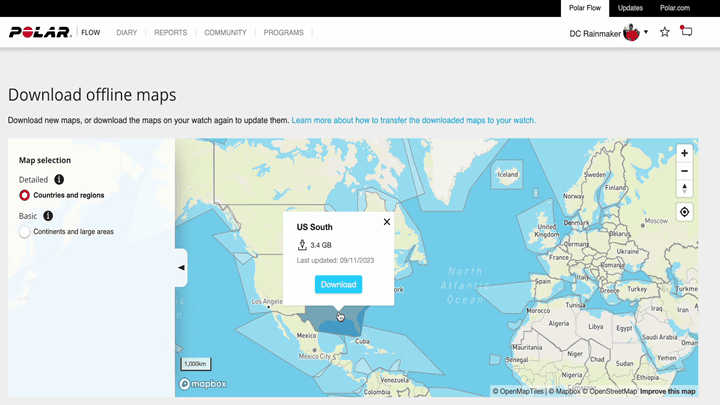
For context, here’s some random map sizes for the ‘Detailed’ maps:
– USA West: 4.9GB
– USA Midwest: 2.3GB
– USA Northeast: 1.1GB
– USA South: 3.4GB
– Canada West: 4.1GB
– Canada East: 3.8GB
– Canada North: 6.1GB
– France 2.7GB
– Spain and Andorra: 1.3GB
– Germany: 2.4GB
– Australia and Oceania: 5.2GB
– Brazil: 6.0GB
– South-east Asia: 7.0GB
Generally speaking, from the above quick-hit list, you can probably figure out a ballpark for your specific region. Interestingly, there’s only ‘Basic’ maps offered for North America & Europe. You can’t get a ‘Basic’ map for anywhere else, only detailed.
Now, once you select the region you want, you’ll choose to download the file, which is simply a single file.
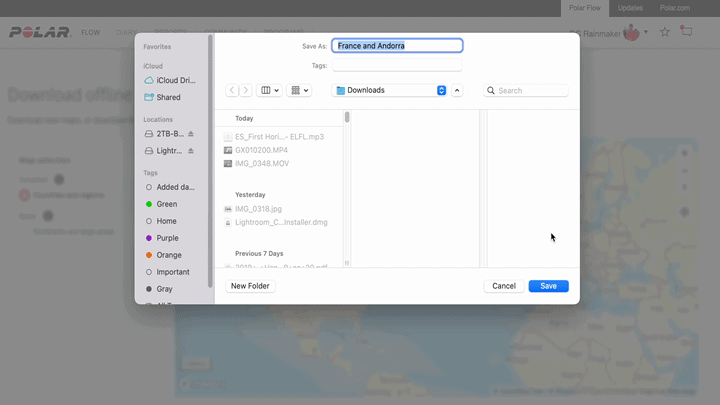
In case it isn’t clear at this point, downloading maps requires a computer of some sort. You’ll need your Polar Vantage V3 connected via the included USB-C cable, which then makes the watch appear as a standard USB mass storage device (like a thumb drive). You’ll take said map file, and simply drag it onto the watch. Done, it’s as simple as that.
Now, over on the watch, you’ll see your maps as part of a map page. That page is shown in any GPS sports profiles that you enable it. There isn’t a dedicated ‘map’ app/activity right now, though I suspect in the future Polar might add one akin to the Compass page. In the sports modes though, you’ll see your current location displayed via the blue dot, and you can zoom in/out as well as pan around.
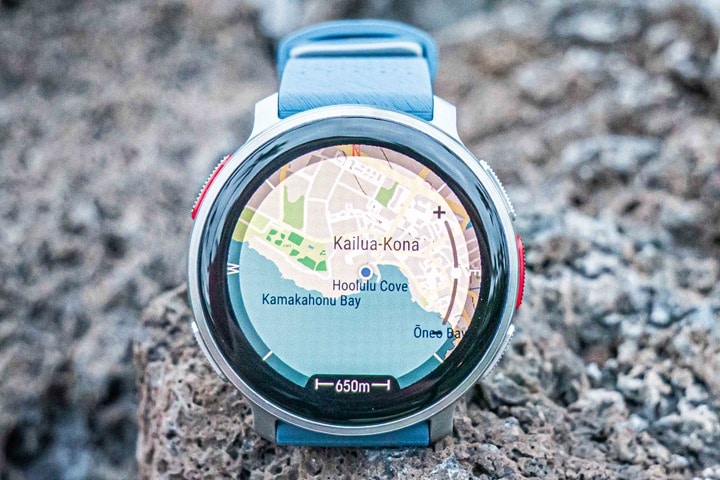
However, you’re going to want to use this with a route. That’s because as it stands today, Polar does NOT show any historical track data on said map (e.g. where you’ve been thus far on your hike/etc) unless you have a route loaded. Meaning, no track breadcrumb trail is shown, which is kinda weird.
To see that track, you’ll need to load a route (and be on said route), like this one here for my planned 45km hike (that…became a 58KM hike.):
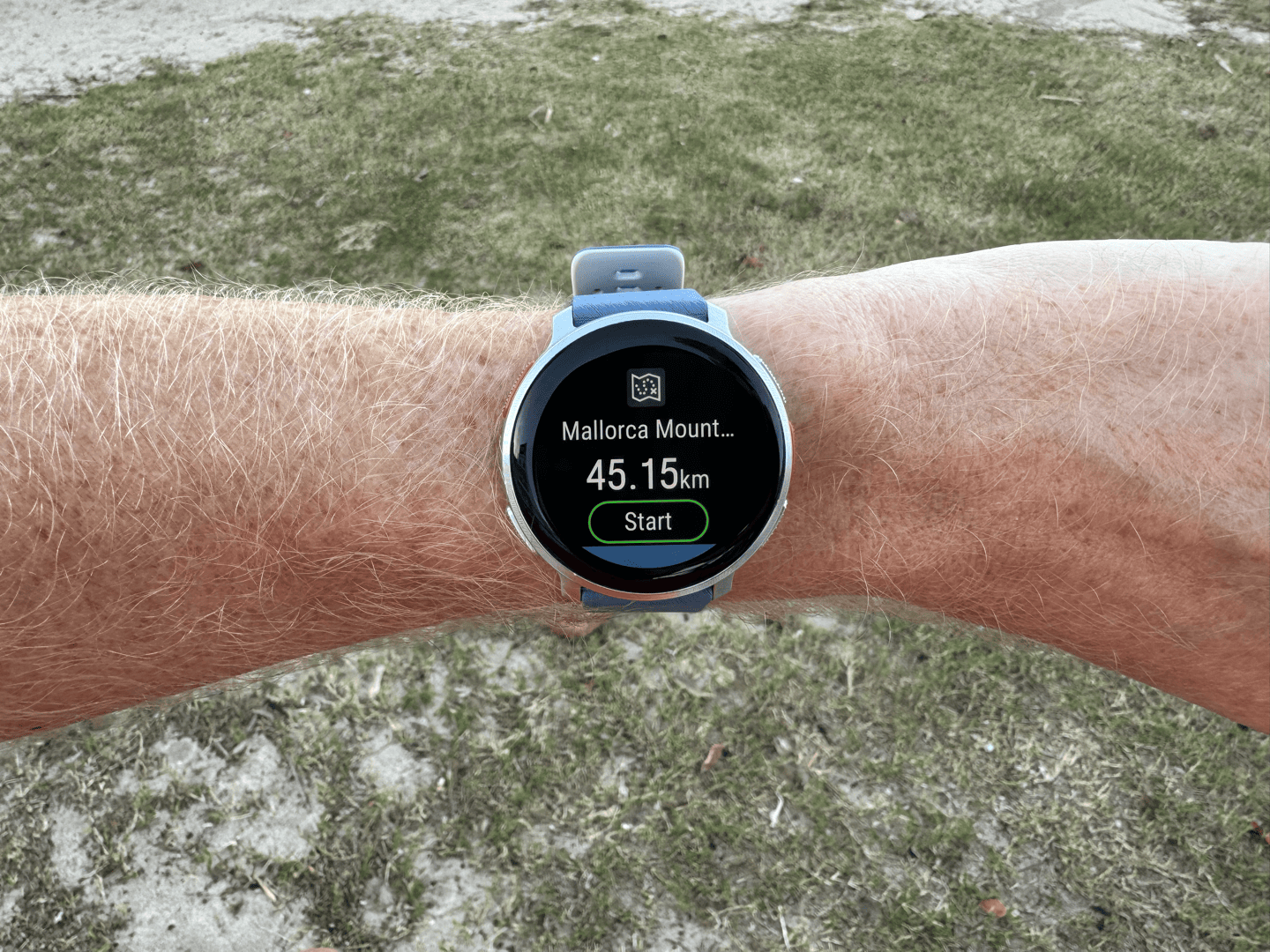
In my case, I created this route on Komoot. Well, technically I created it in Strava, then exported a GPX file, which I then exported to Komoot, and then created a duplicate route there. Polar doesn’t link up to Strava Routes, which is kinda a bummer. And their turn-by-turn routes are only when paired with Komoot routes. In any event, all that said and done, I’m here:
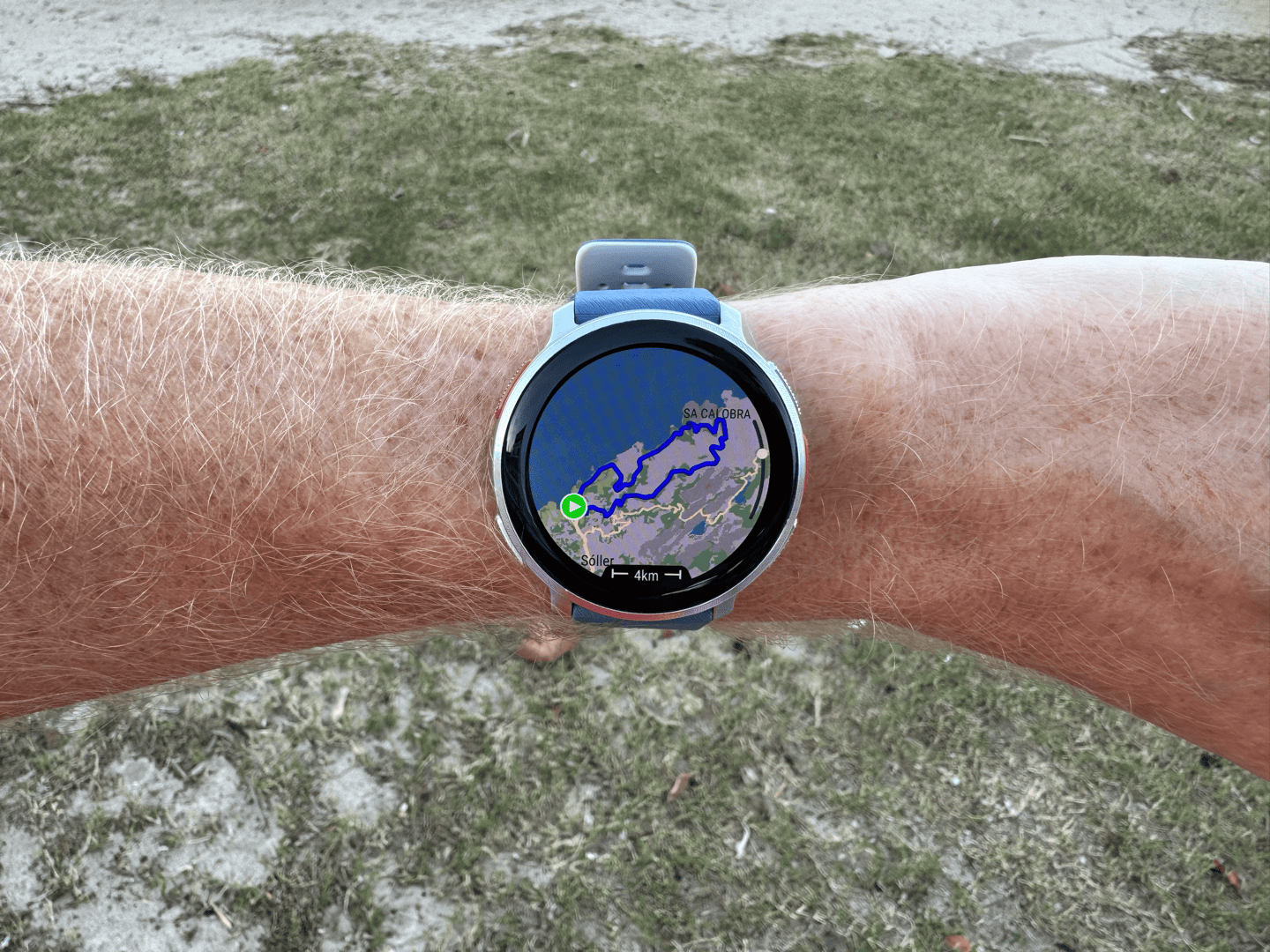
While I was hiking along, I’d could see my current location on the map, and the track ahead. Here’s an example of that:
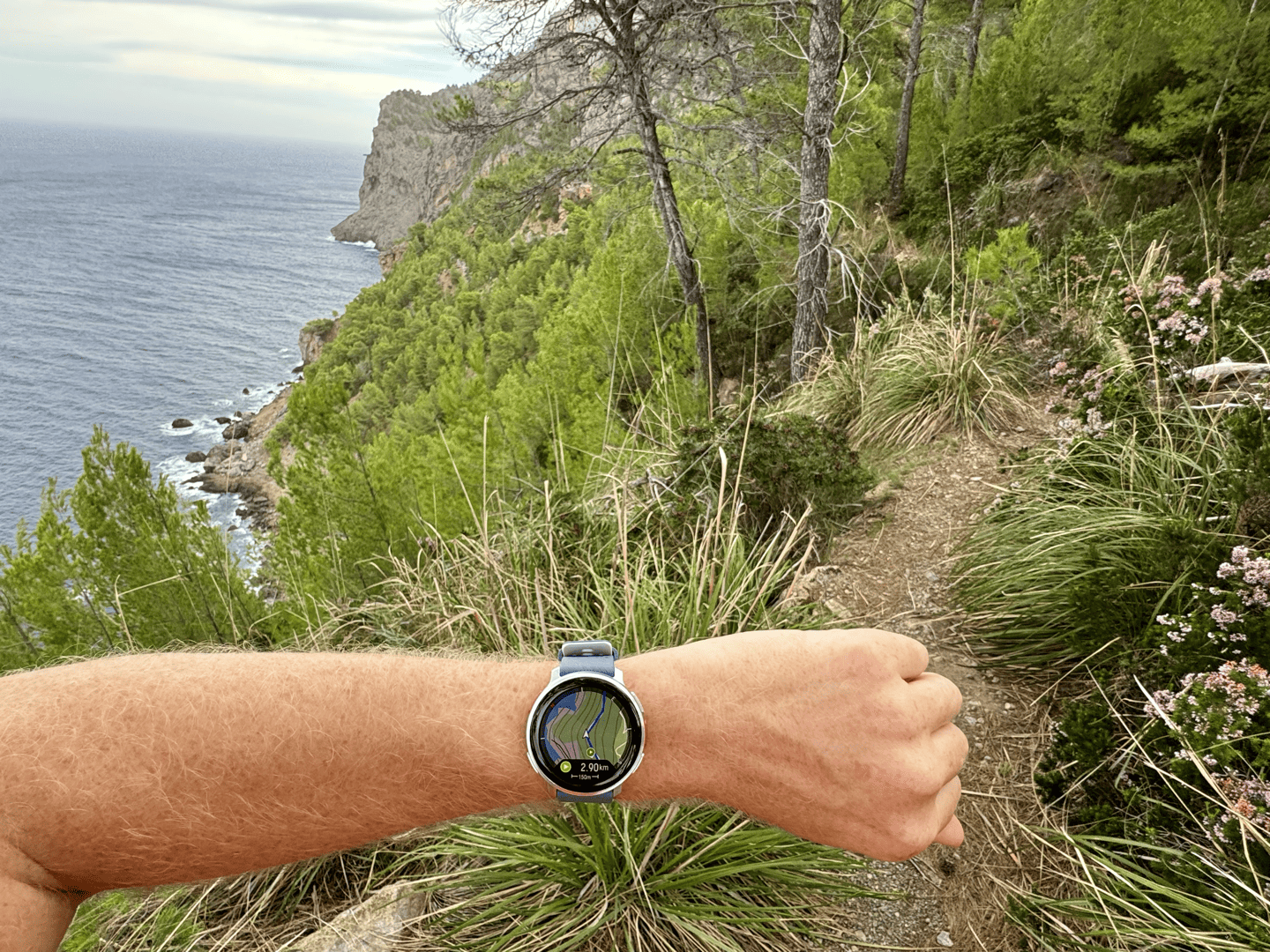
If you zoom in, you can clearly see the topographic data downloaded into this map detail level:
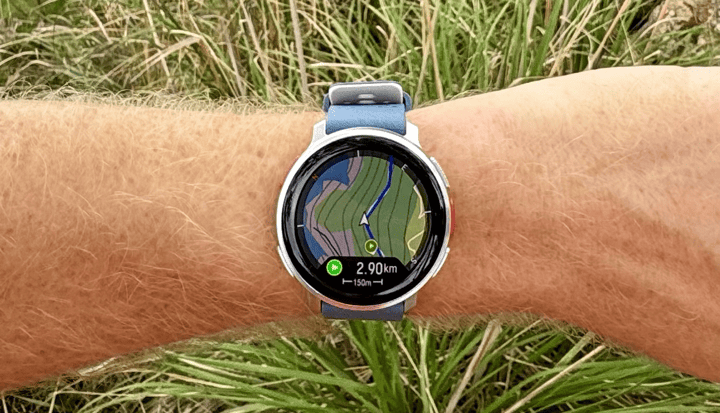
Additionally, if there were turns coming up, you’d see that information too – like here, showing the turn in the trail coming up in 20 meters. The red portion of the trail is the portion I’ve completed, whereas the blue portion is where I’m headed. This was a lollipop section:
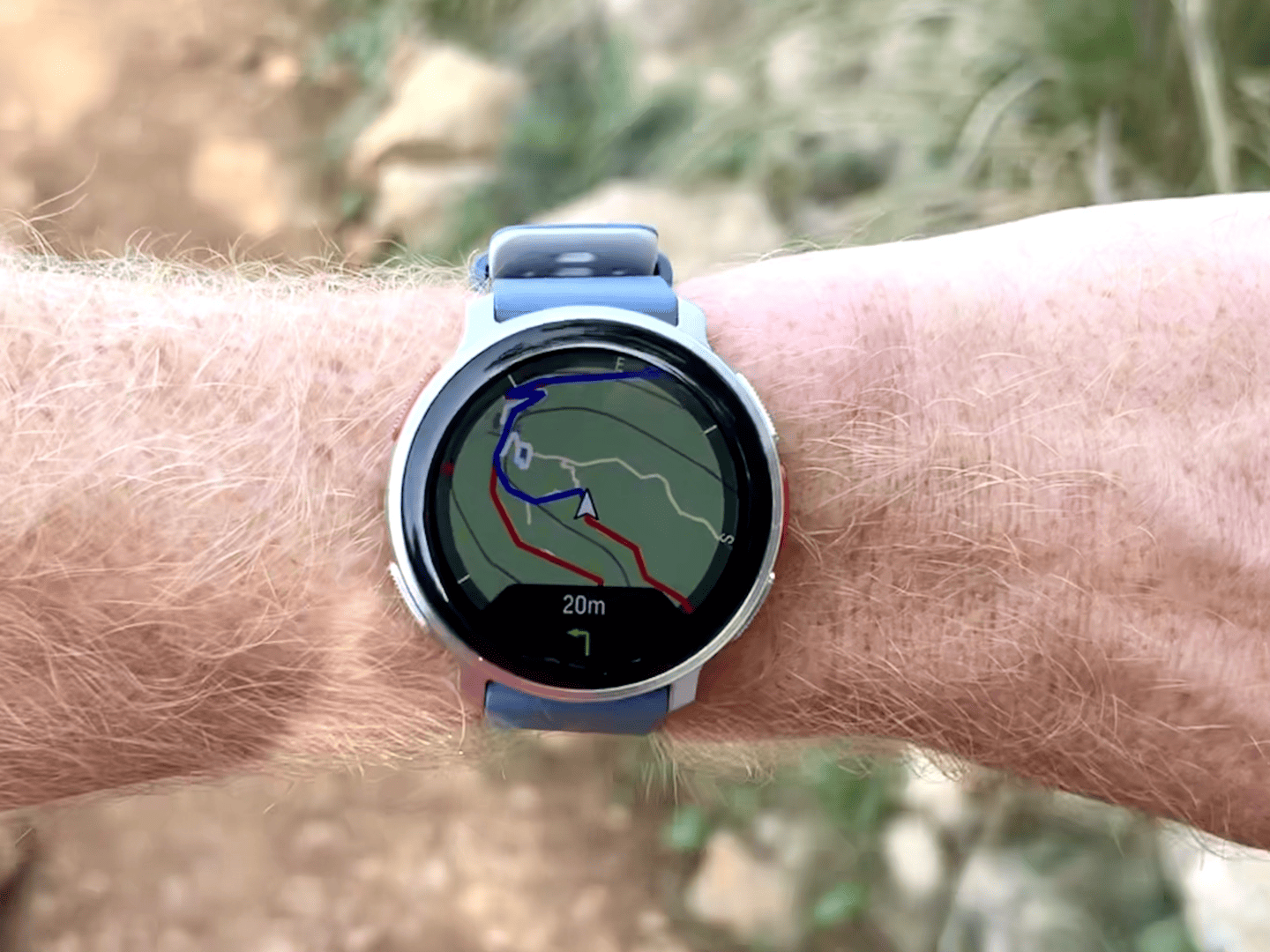
Note that the Polar Vantage V3 can’t do routing on-demand. Meaning, it needs to have the route pre-planned (via Komoot) in order to route on it. You can’t enter an address into the watch, nor can it give alternate trails/routes back home if you go off-course.
In fact, when you go off-course is where I ran into one fairly substantial issue: Your historical breadcrumb trail/track will disappear. I was hiking in a pretty desolate area, where the trail has become heavily overgrown – to the point that finding the trail was at times near-impossible. And sometimes, when navigating around cliffs and such, you had to do some trial and error as to the exact way the GPS route wanted you to get around that cliff (for example, going under past it, versus going over past it).
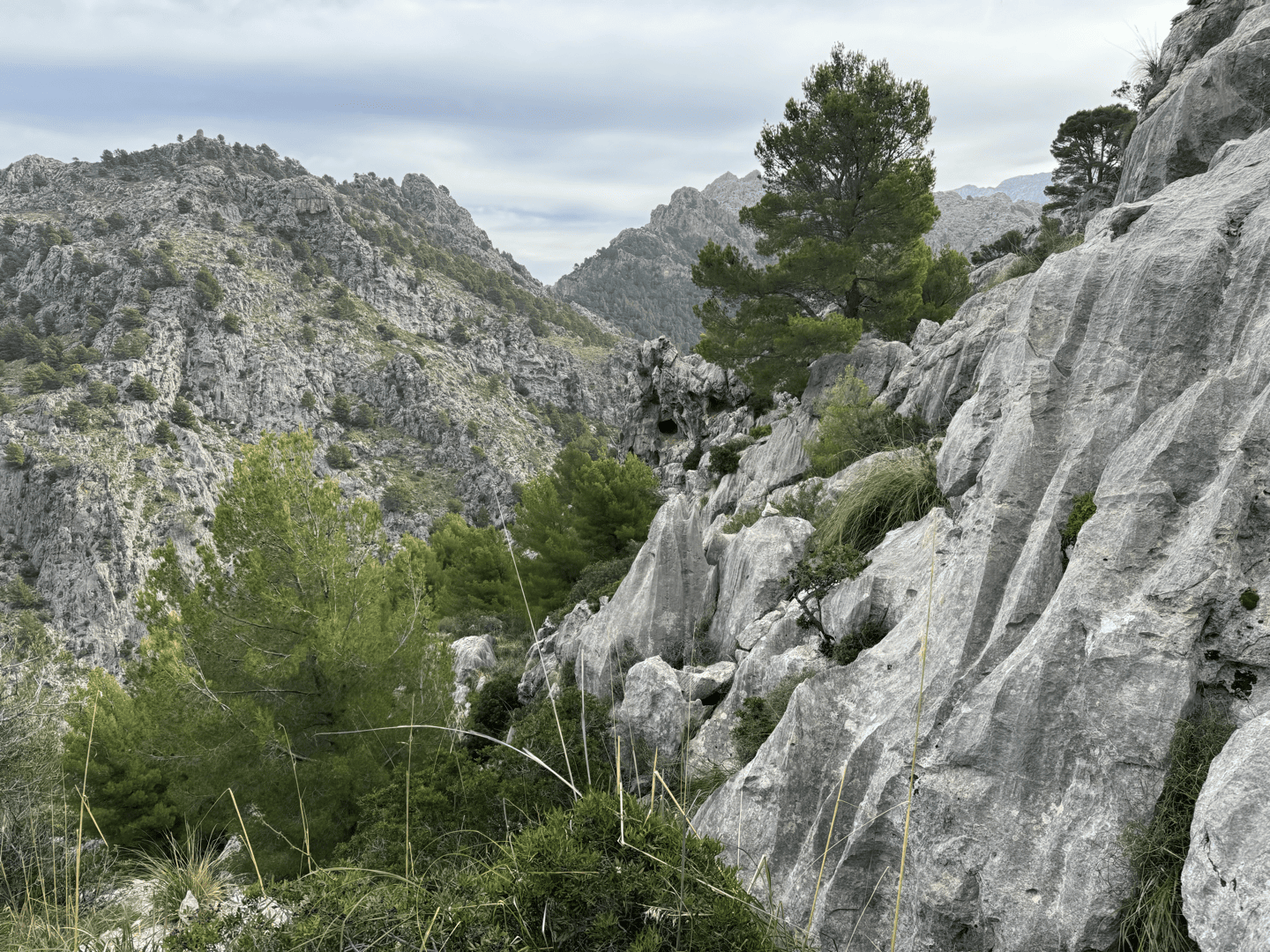
In the case of the Polar Vantage V3, if I went off-course (about 50-meters), it’d then disappear all of my historical data, so I could no longer follow the exact route I came out on back to my diversion point. No other watch on the market does this, they always show where you’ve been (for the exact reason of backtracking):
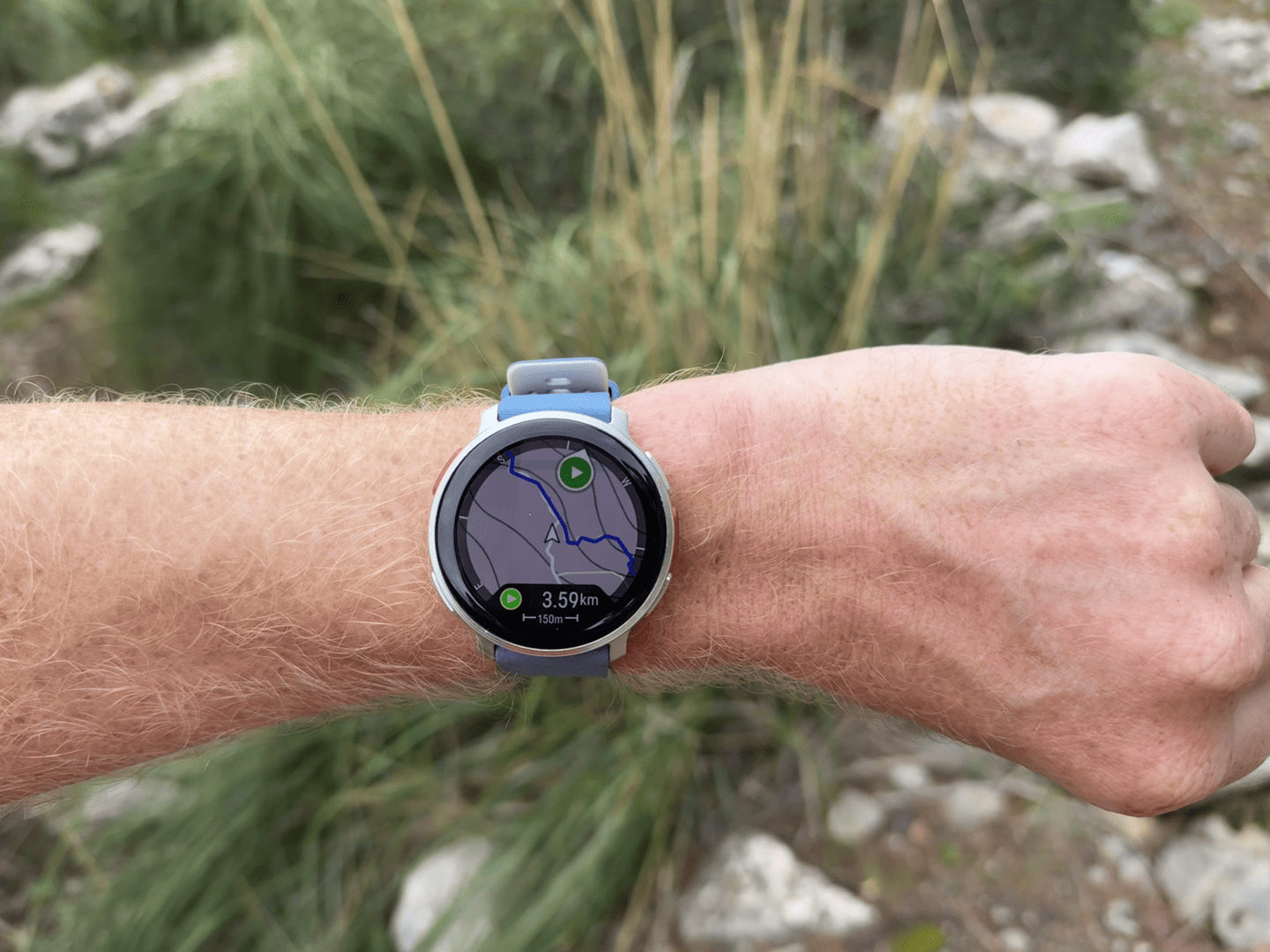
Polar counters that I could have enabled ‘Back to Start’, and that’s true…if I wanted to go back to the start. But I didn’t. I wanted to go back to my diversion point on the route. Had I selected back to start, that’d never show me that diversion point, but instead just keep routing me all the way back to the start.
In any event, in my discussions with Polar, they seem to grasp that this is an issue, and looks like they’re seeing when it can be added back in the future. Essentially, the reason your track disappears is because once you go off-course, Polar no longer sees you as on a route, and just like with it not showing your historical route when no route at all is loaded – the same situation applies here too.
However, my biggest issue shortly after this was that the watch crashed mid-hike, losing all my data for the previous few hours. I started the hike again, and then within 60 seconds of loading the route, it crashed again. I repeated this a few times, until figuring out that for whatever reason, loading the route was causing the crashes. I left it alone for a few hours (no route loaded) and it was fine. Of course, I got brazen around the 4-hour marker and tried loading the route in again, and it crashed again. Data lost again. For the remaining 8-hours of the hike, I just left it route-less.
Now, crashes aside, a few final things to note here is that Polar does give you options when you open a route up mid-activity, as to how it will load – notably from the start, from the mid-point, and reverse:
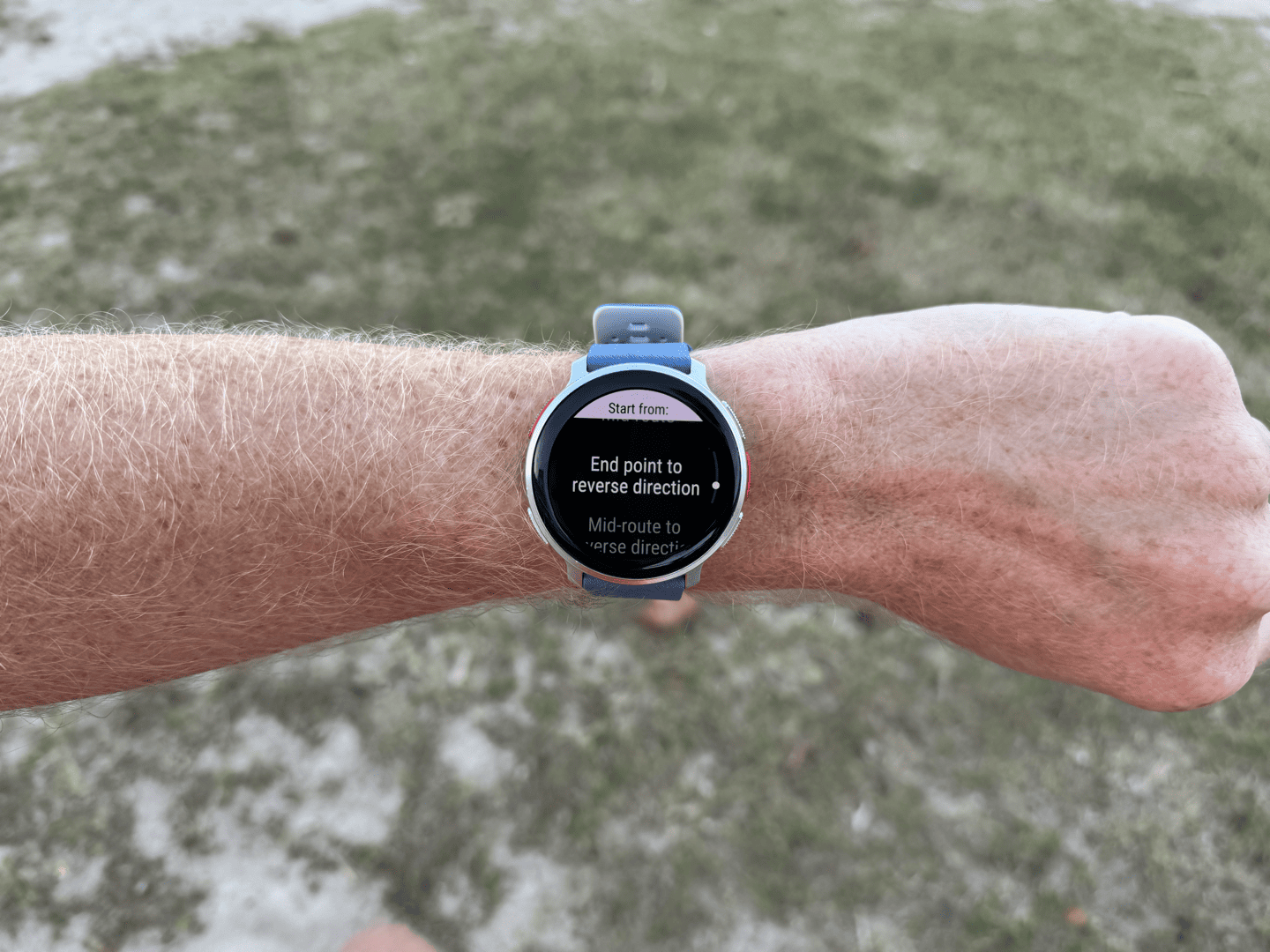
Additionally, you’ll also see the elevation profile of your route, and how much ascent/descent is completed and remaining. Here’s the route loaded fairly early on, before the crashes – albeit, I’m not entirely sure why there are two zeros for both ascent/descent, since I had already ascended at least 142m from the sea (as indicated by my current 142m elevation), including some descending as well. In fact, as I’m now dragging all these photos in here, I think in reality, it had already failed to keep ‘snapped’ to my route at this point (despite the above photos showing very clearly that I’m on-route).
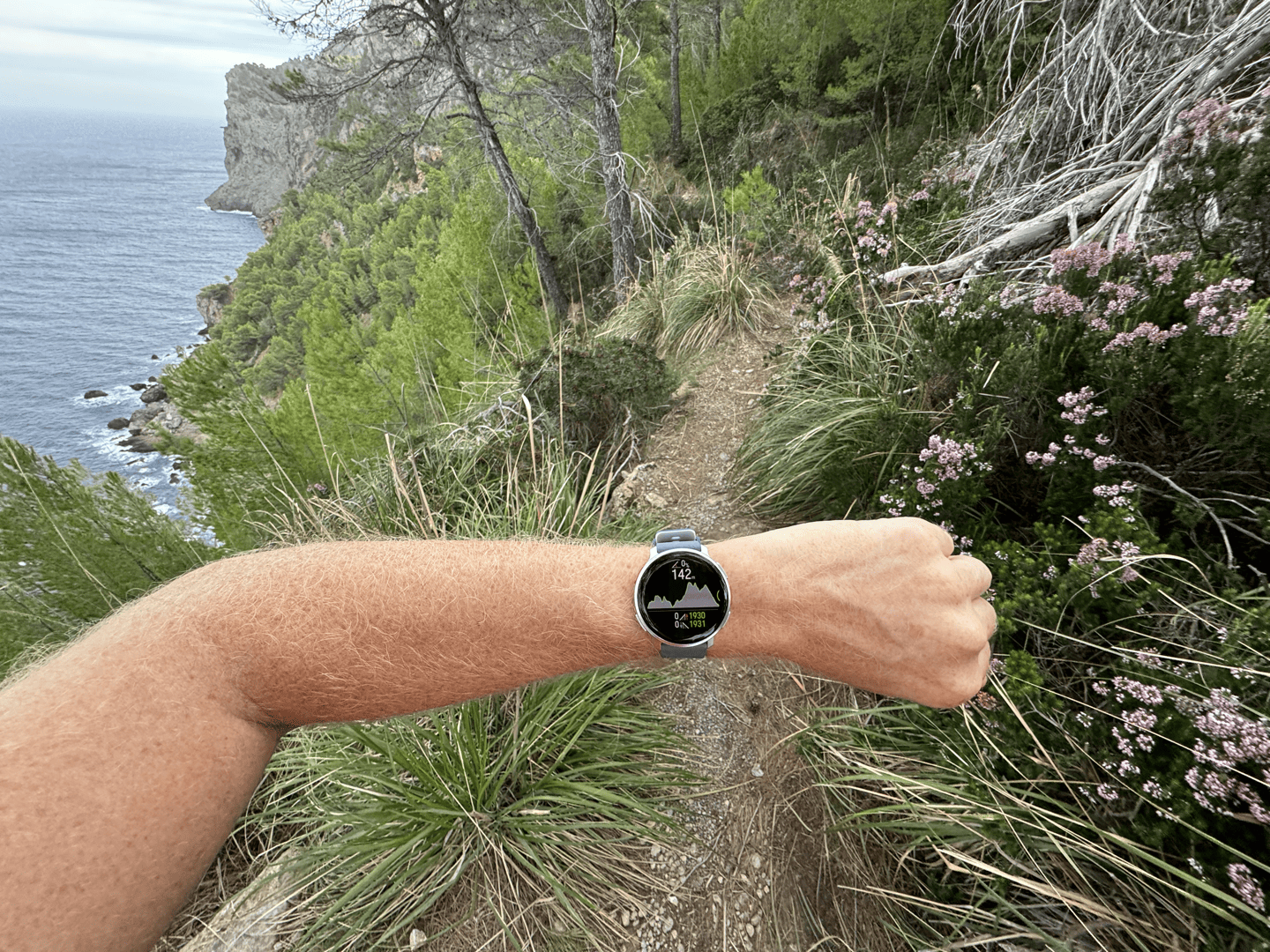
Note, there are no waypoints or POIs present at this point on the Vantage V3. With everything you need to know about mapping and navigation, let’s take a look first at GPS accuracy, and then at heart rate accuracy.
GPS Accuracy:

First we’ll take a look at the GPS, or more specifically, the GNSS system. In this case, all of my testing is done in the ‘Most Accurate’ setting/mode, which is dual-frequency/multiband configuration. This means it burns more battery life, but in exchange, you get higher-quality GPS tracks. For all other watches listed in this section, I’m using the highest accuracy option of each one – which is almost always multi-band (the exception being the Google Pixel Watch 2, which lacks such hardware). In the case of Garmin watches, I leave the default ‘Auto-Select’ mode, which basically automatically engages multiband/dual-frequency when it senses the environment needs it (buildings/mountains), and then steps down to lesser GPS options in areas like open farmland.
Note that for all of these tests, you can click on the link next to each one to see the full test, and zoom around inside the GPS map with all of the tracks to analyze as you see fit. I’m going to focus on the most interesting (good or bad) portions of each route.
With that said, let’s look at this first test that heads into the forest for a loop. This is compared to the new Suunto Race, and Garmin Epix Pro. Here’s that data at a high level, which looks pretty similar at first:
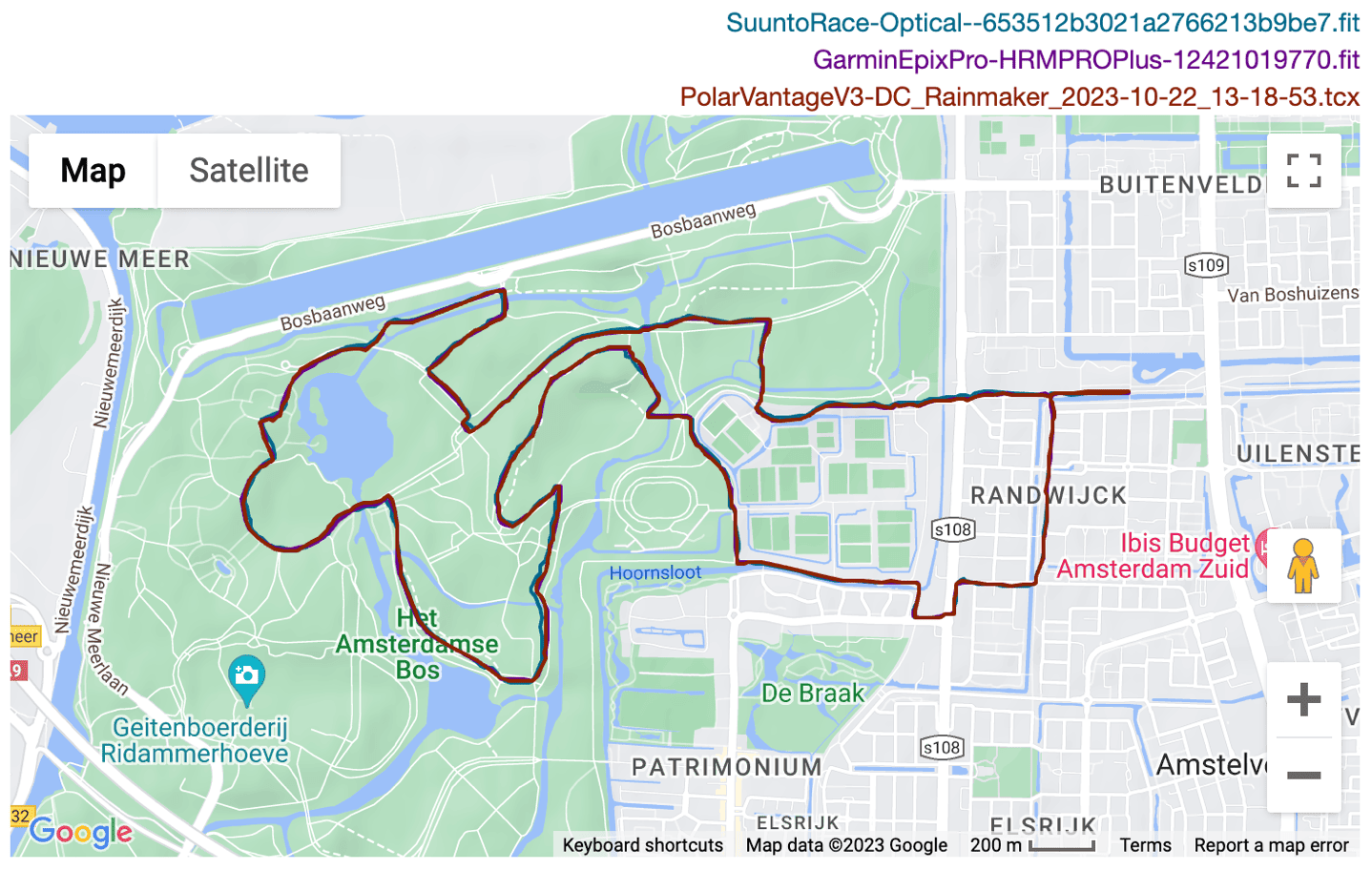
And indeed, as I meander around the forest, the three units are largely very very close, with the Suunto Race making a few minor quirky errors initially:
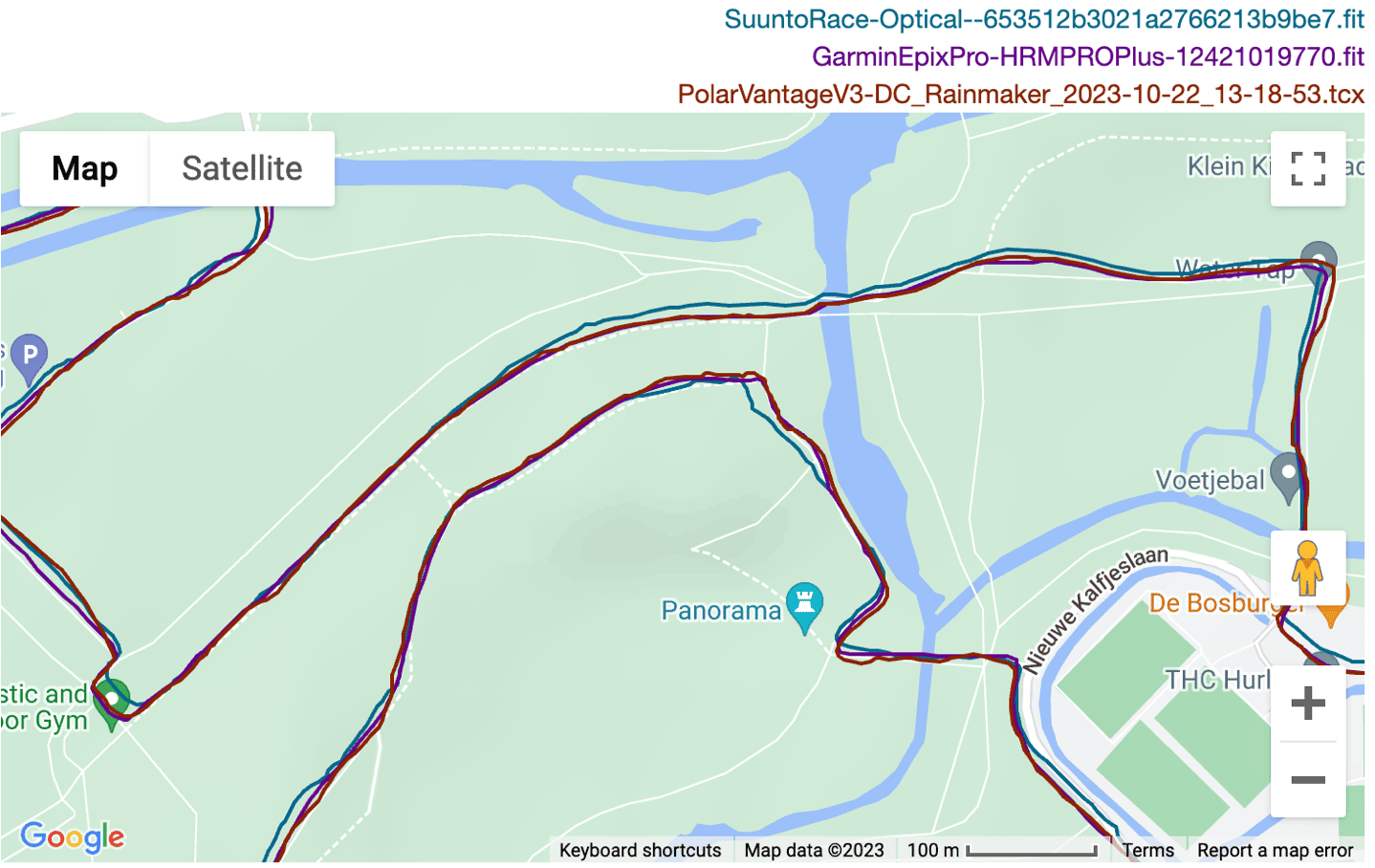
And then trading places with the Polar Vantage V3 making a few minor errors:
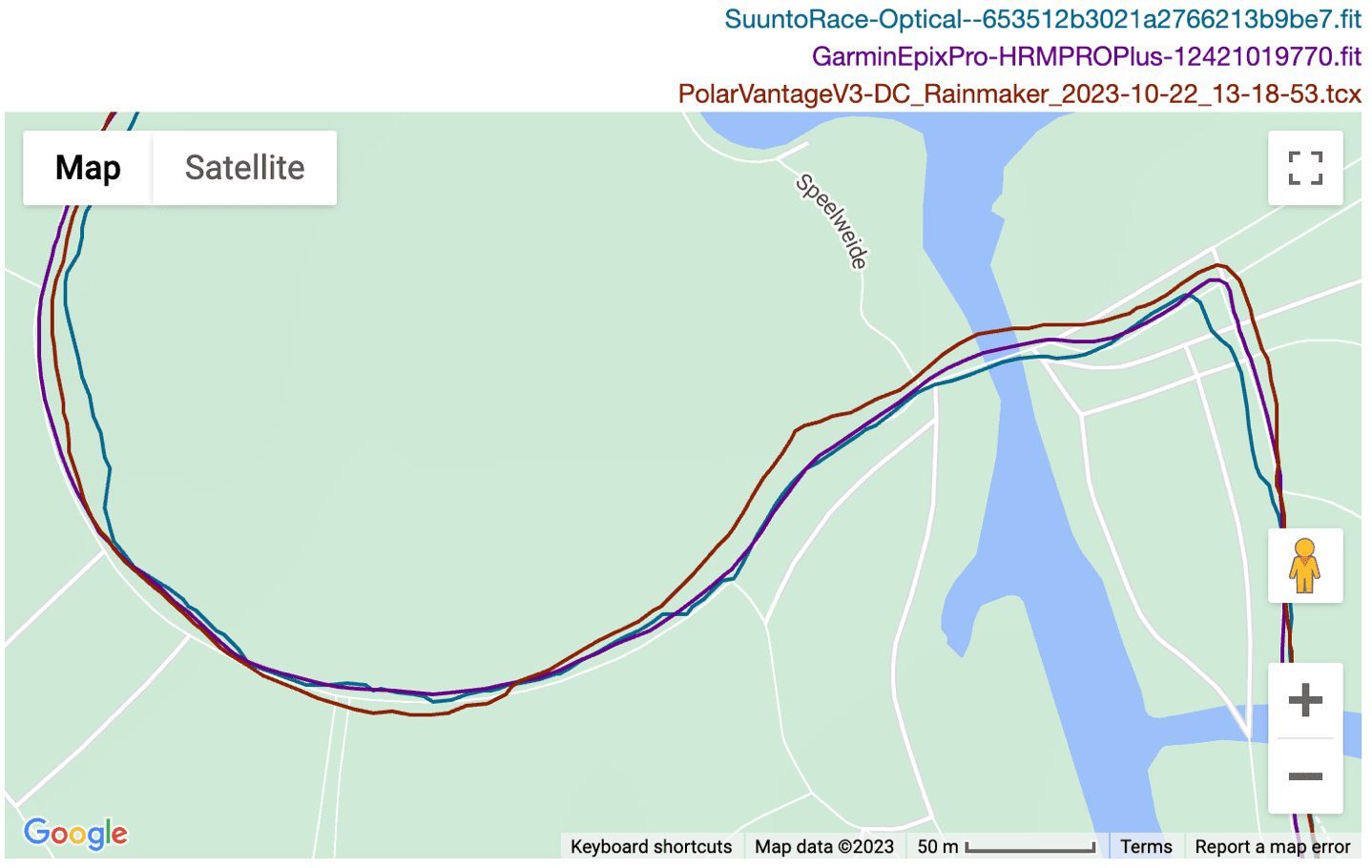
Again, these are pretty minor, so let’s move along to something more interesting.
This next one I’ve got a couple hour hike/trail run in areas that are occasionally forested, and occasionally open, along with some occasional cliffs. As long as I don’t fall off said cliffs into said trees, it’s all good. Oh, and I started from town where there are some taller hotel buildings, but nothing of major consequence. Here’s the data and overview:
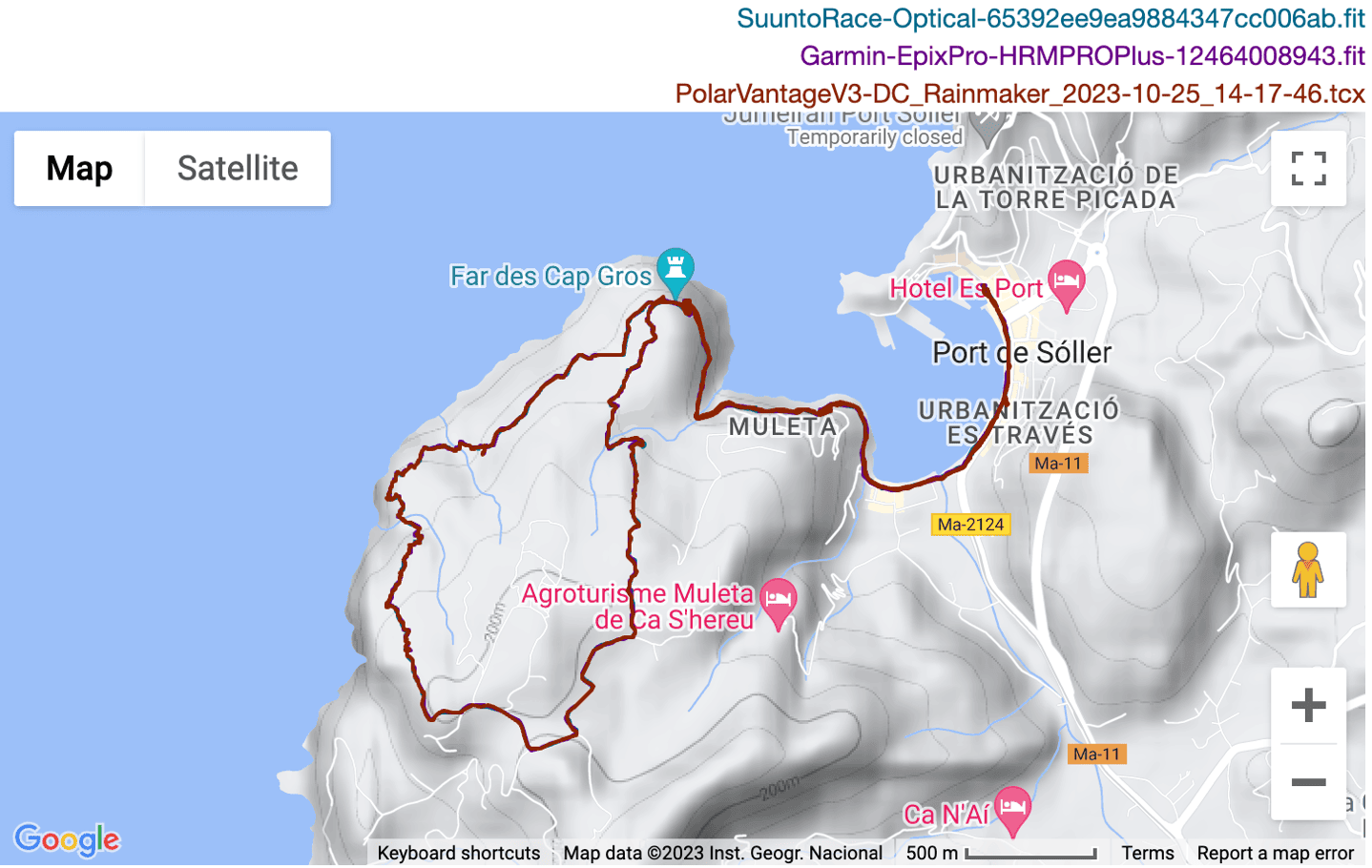
If I scroll around a bunch, I don’t see any meaningful difference between the three units (Garmin Epix Pro, Suunto Race, and Polar Vantage V3) – they’re all basically the same:
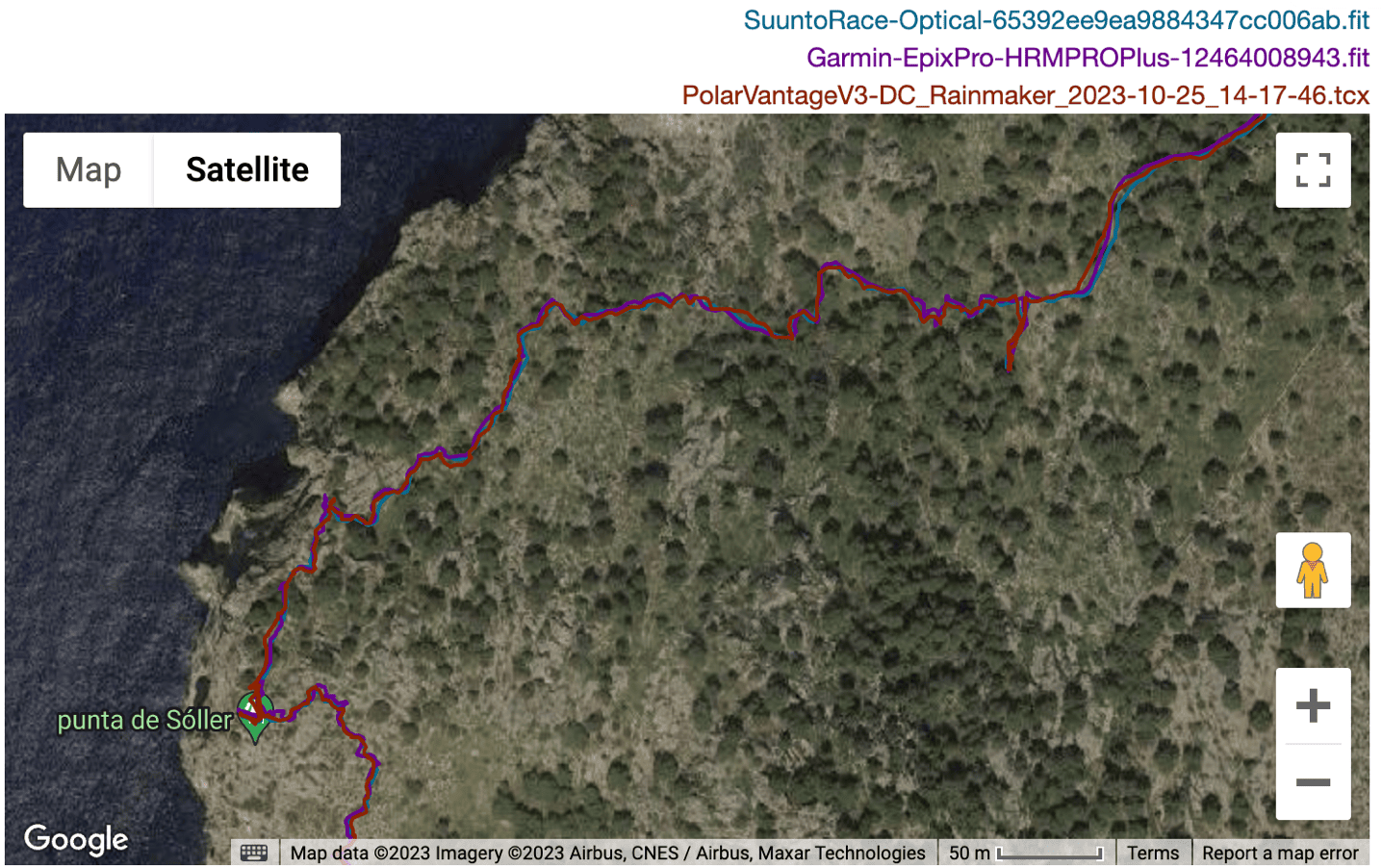
Here as well:
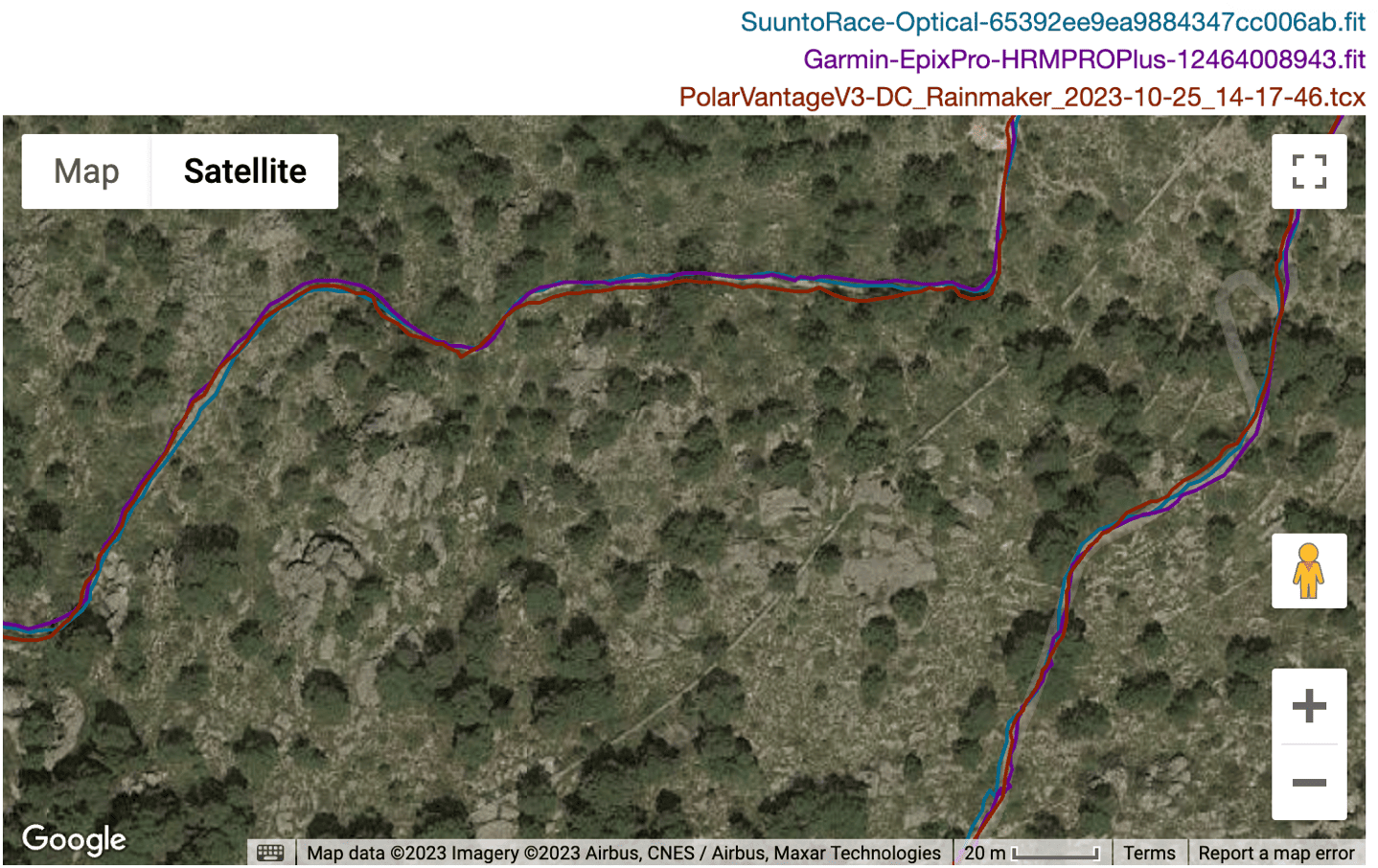
So, let’s increase the difficulty a boatload, and do a bit of a city test. This test is done in virtually every one of my GPS watch reviews in the last few years, and is incredibly difficult to do well. I go up and down the business district streets, with buildings that are 20-30 stories tall, on either side of small streets:

For some streets I run directly down the middle of the street (when able), and for others, if I have to be on the sidewalk, I vary which side of the street I’m on halfway down the street, so that no one side is favored. In general, a ‘great’ watch on this test will still struggle a bit. Whereas a ‘bad’ watch will look like a toddler’s drawing.
Starting at a high level, here’s how things looked for the entire (larger) route, which includes numerous underpasses/tunnels, and more.
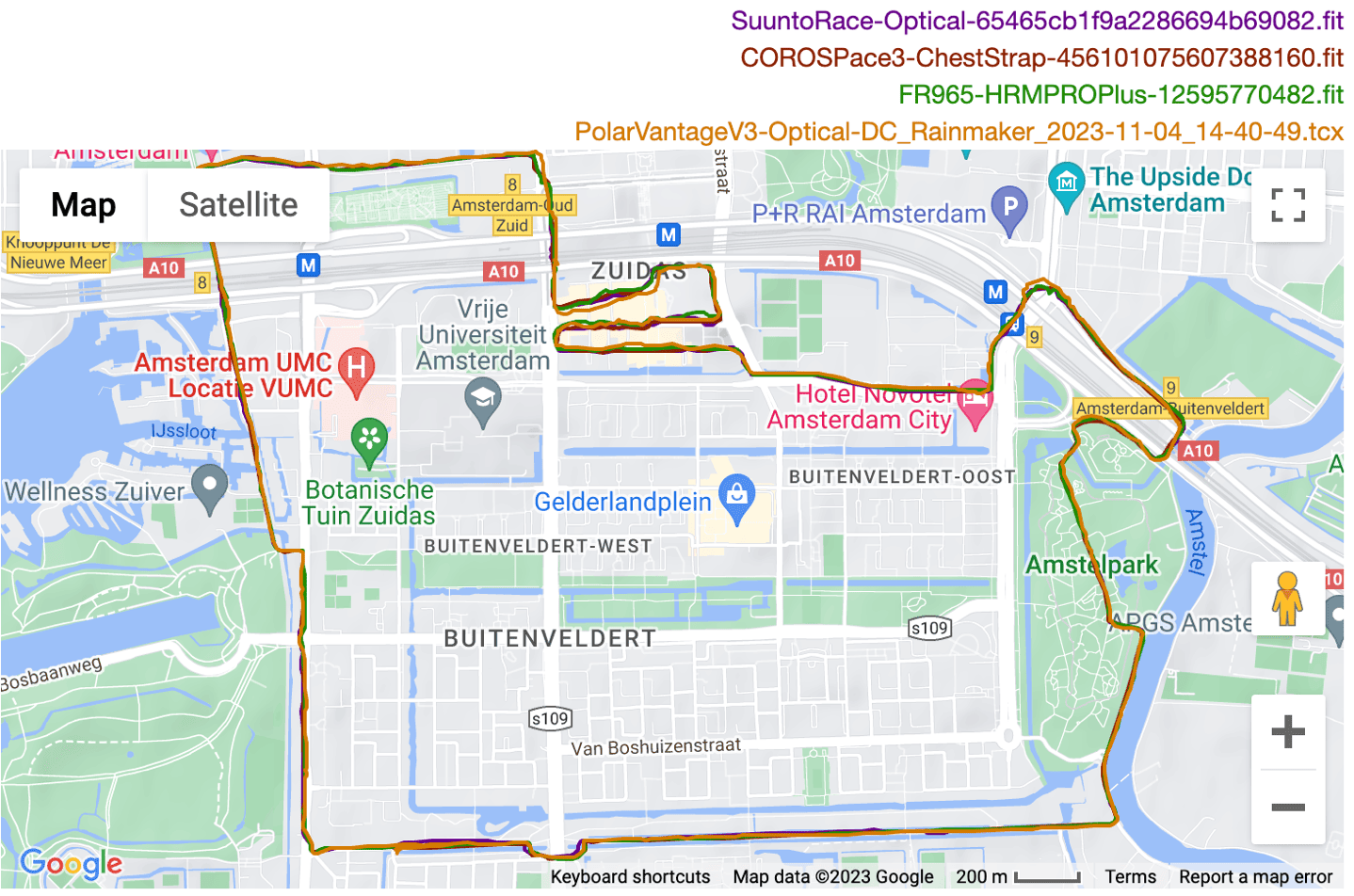
Starting with the non-complicated parts of this course, along the river and such. Here it’s all good. No real issues from the Vantage V3 or Suunto Race.
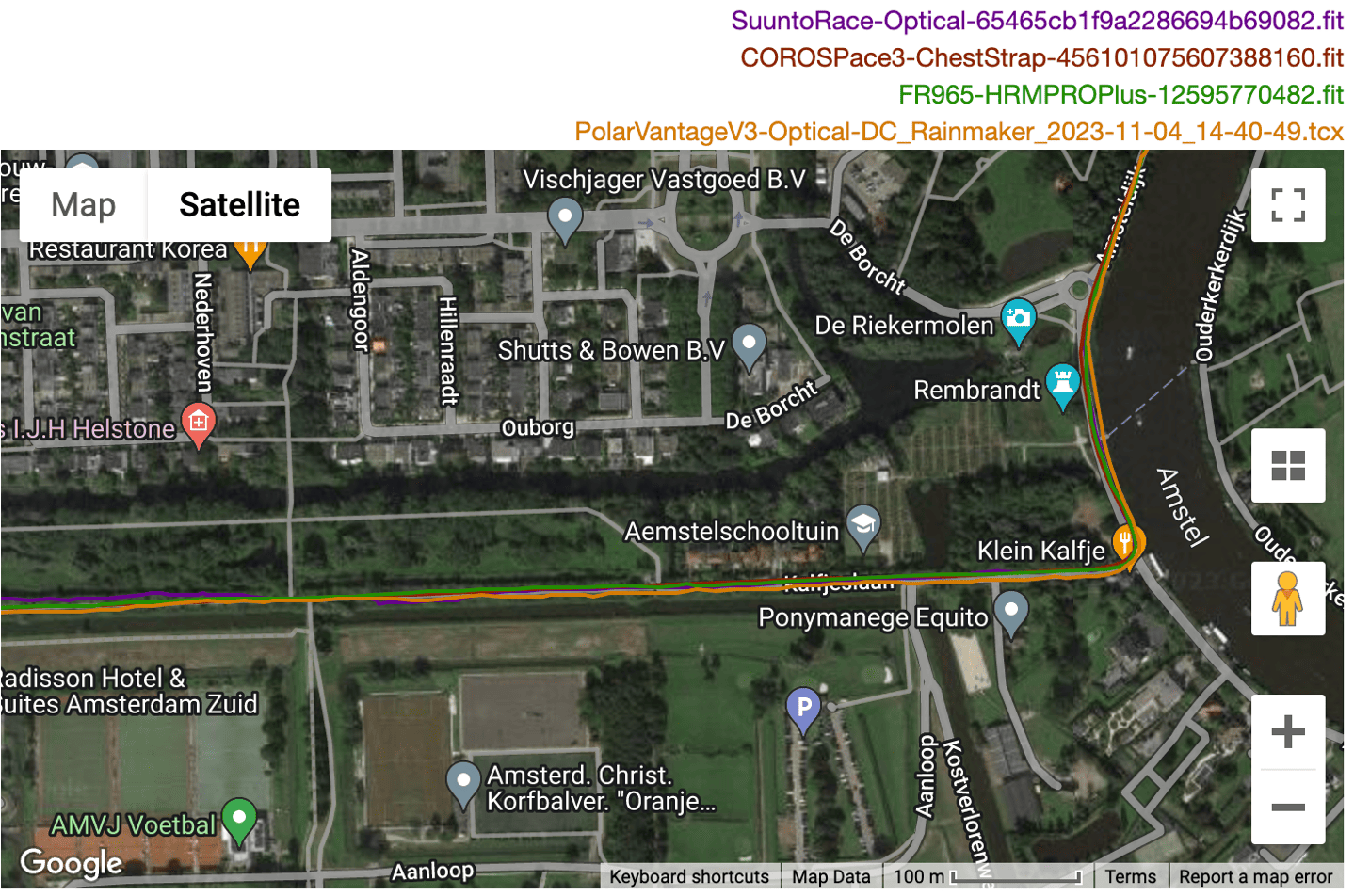
We do see a few somewhat minor errors/offsets with the Vantage V3 as it rounds some of these corners and goes under the massive highway/train/etc overpasses. Along with this section a bit later under another tunnel and near some buildings:
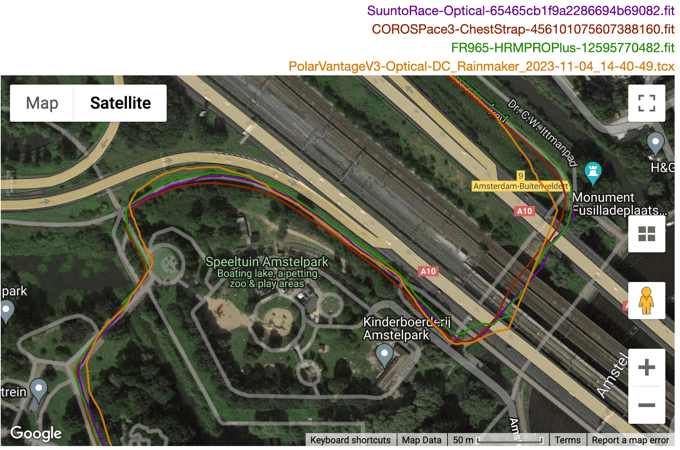
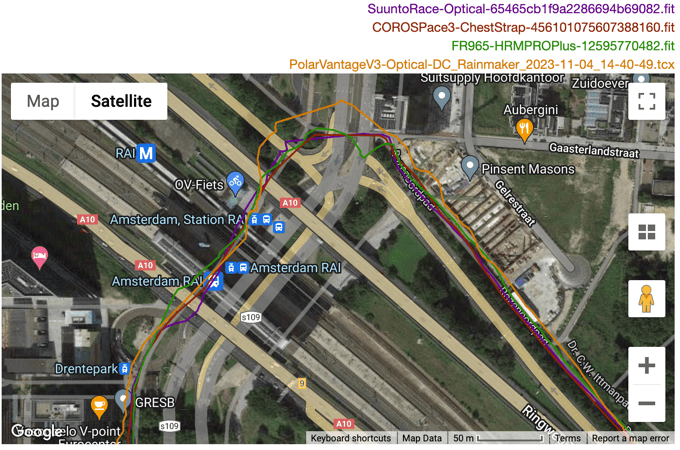
But, we’re here for big-ass buildings, not big-ass highways. And thus, we arrive at the section that GPS devices wince at:
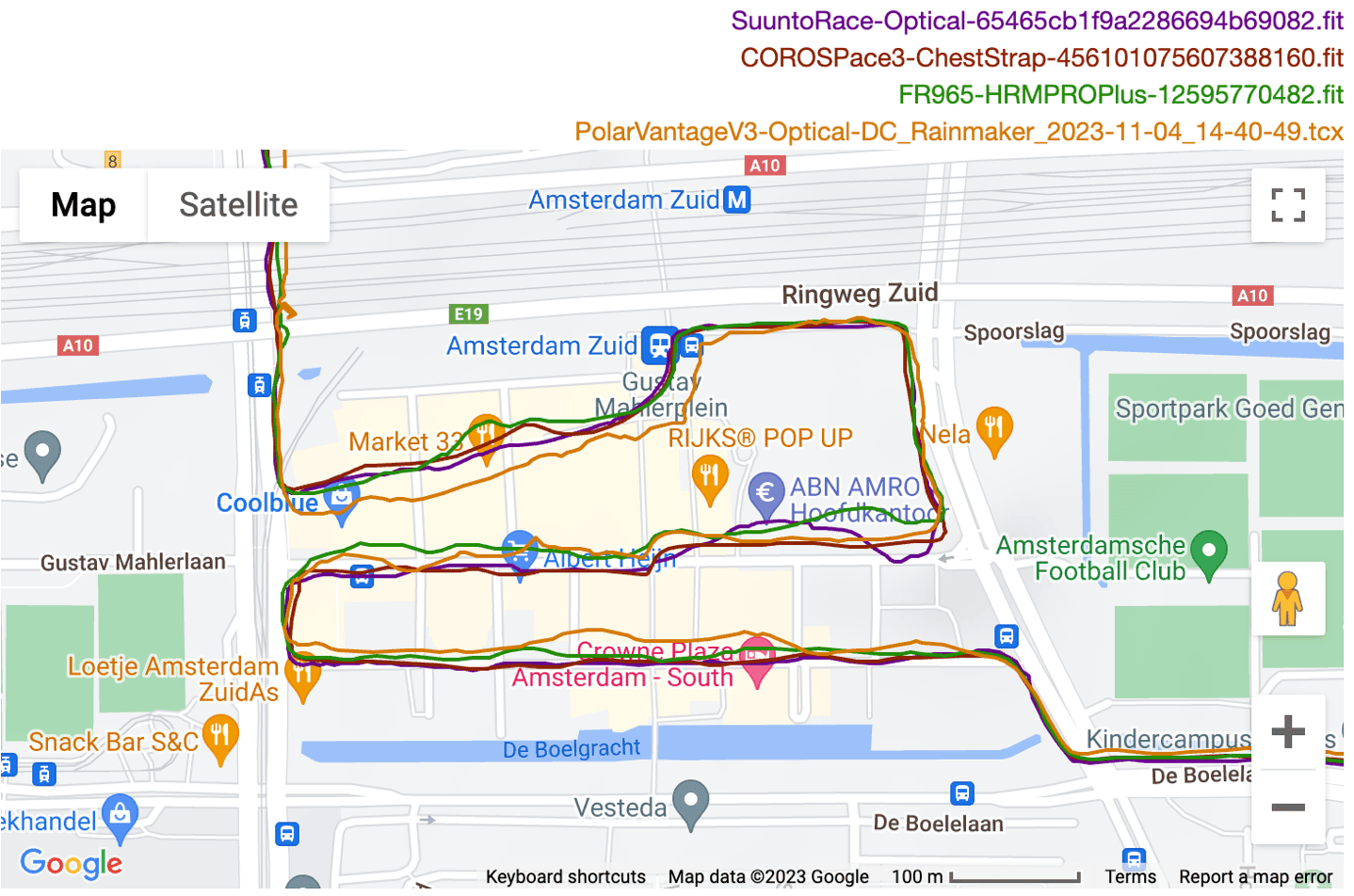
Here you can see the Polar Vantage V3 struggles the most of the three, offset by the largest amount. The COROS Pace 3 and Suunto Race both actually did quite well here. The Garmin Forerunner 965 did ‘fine’ here, albeit it was in auto-select mode, so perhaps it didn’t scale up to multi-band fast enough. Maybe some day when I’m bored I’ll run this section a bunch repeatedly with two Forerunner 965s concurrently and see how they might differ precisely in the two modes. Overall, for this one section, I’d say the COROS Pace 3 actually stuck the landing the best (like the Forerunner 965, it’s actually done this test a few times over the last few months, and this is by far its best performance, it’s had some other so-so results as well…such is life).
In any event the rest of that particular test was mostly uneventful. A few tunnels that it skipped a beat on, but nothing major.
Next, let’s look at the 58KM hike that I did. Albeit, due to the crashes in the Polar Vantage V3 it only recorded the last 8hrs worth (as it lost data from the first 4hrs). Nonetheless, there’s plenty of spicy mountain terrain in that to look at. Here it’s compared against the Suunto Race, Garmin Forerunner 965, and COROS Pace 3. The quick overview here:
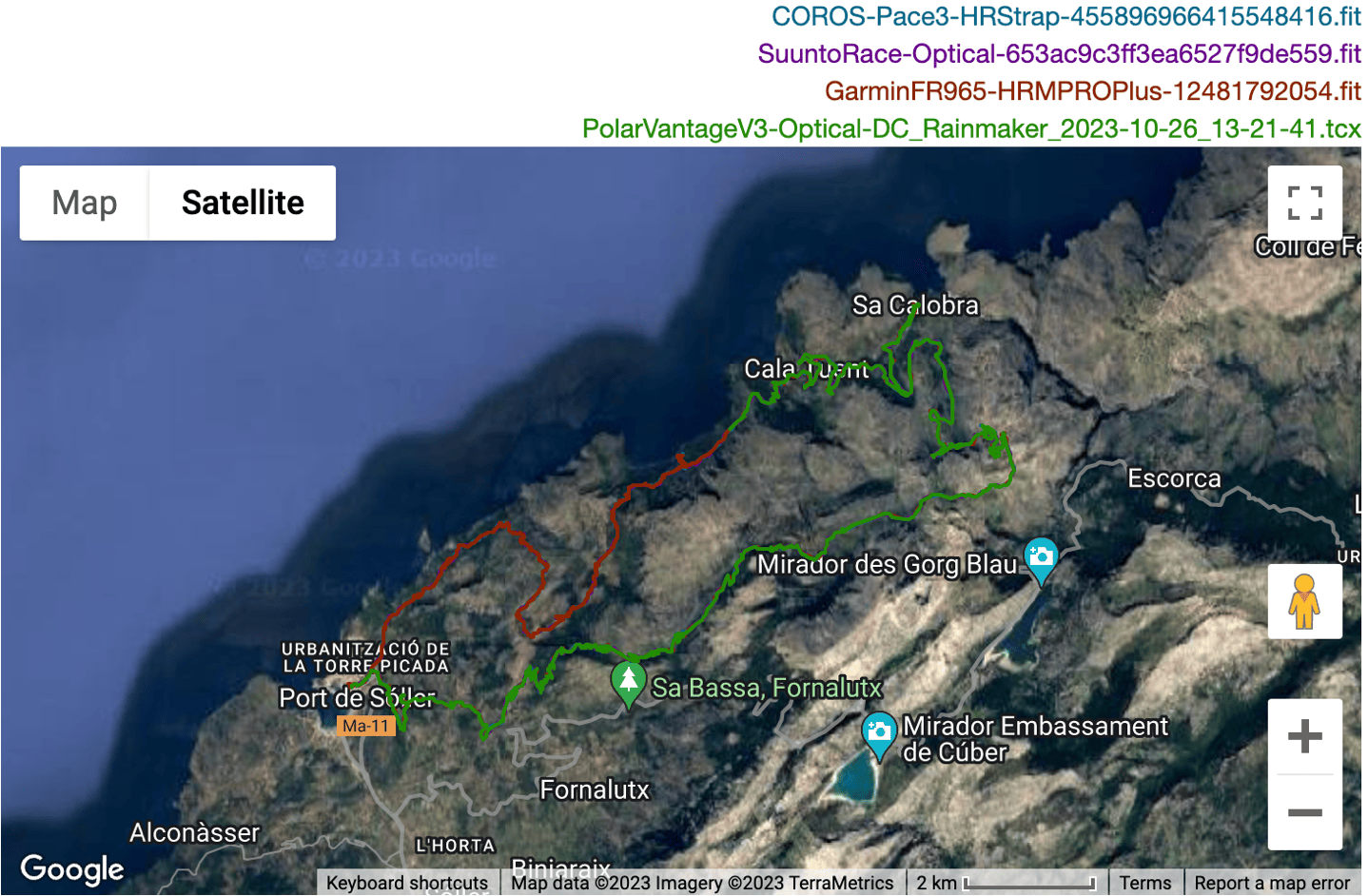
Looking at the section after the last crash, it took a few minutes to stabilize, but then it seemed to more or less be the same as others here in the woods alongside the cliffs:
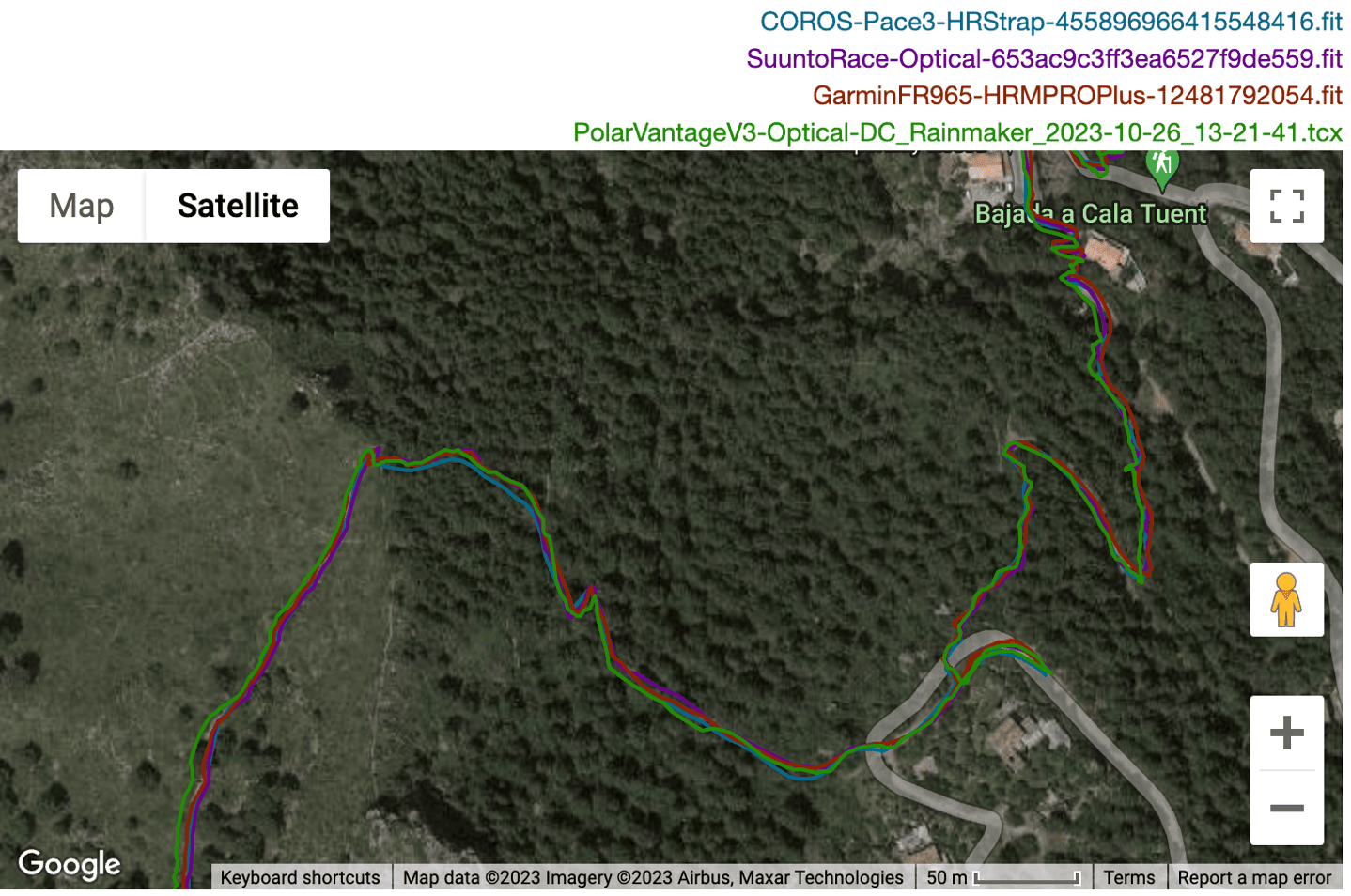
Due to the trail being overgrown beyond passibility, I had to divert for a bit onto the Sa Calobra road to get up over the mountain pass. During this section, all four watches seemed to handle just fine:
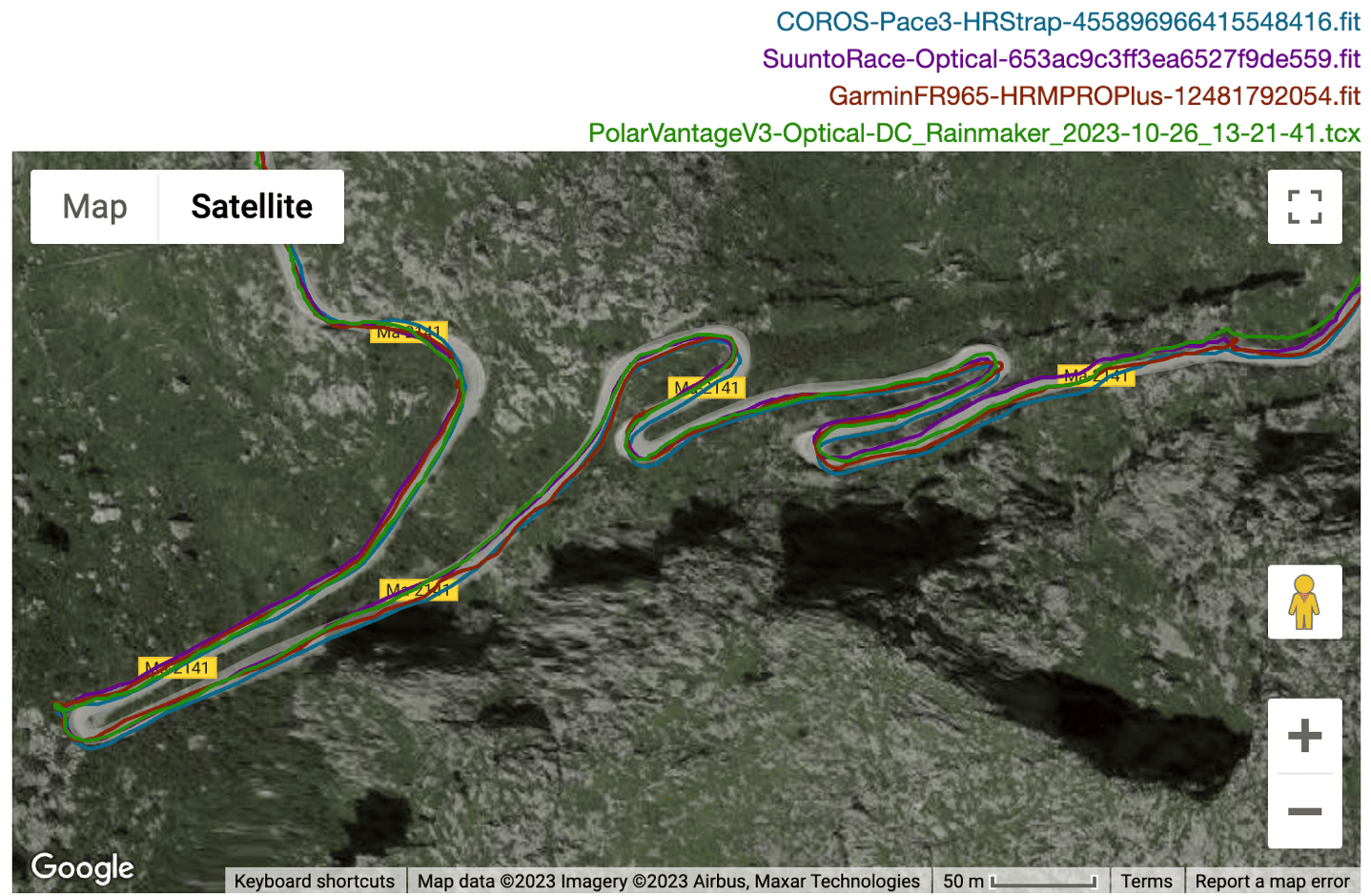
Once back on the mountain trail, I didn’t see any issues – it was solid throughout all of this long traverse into the stiff headwinds:
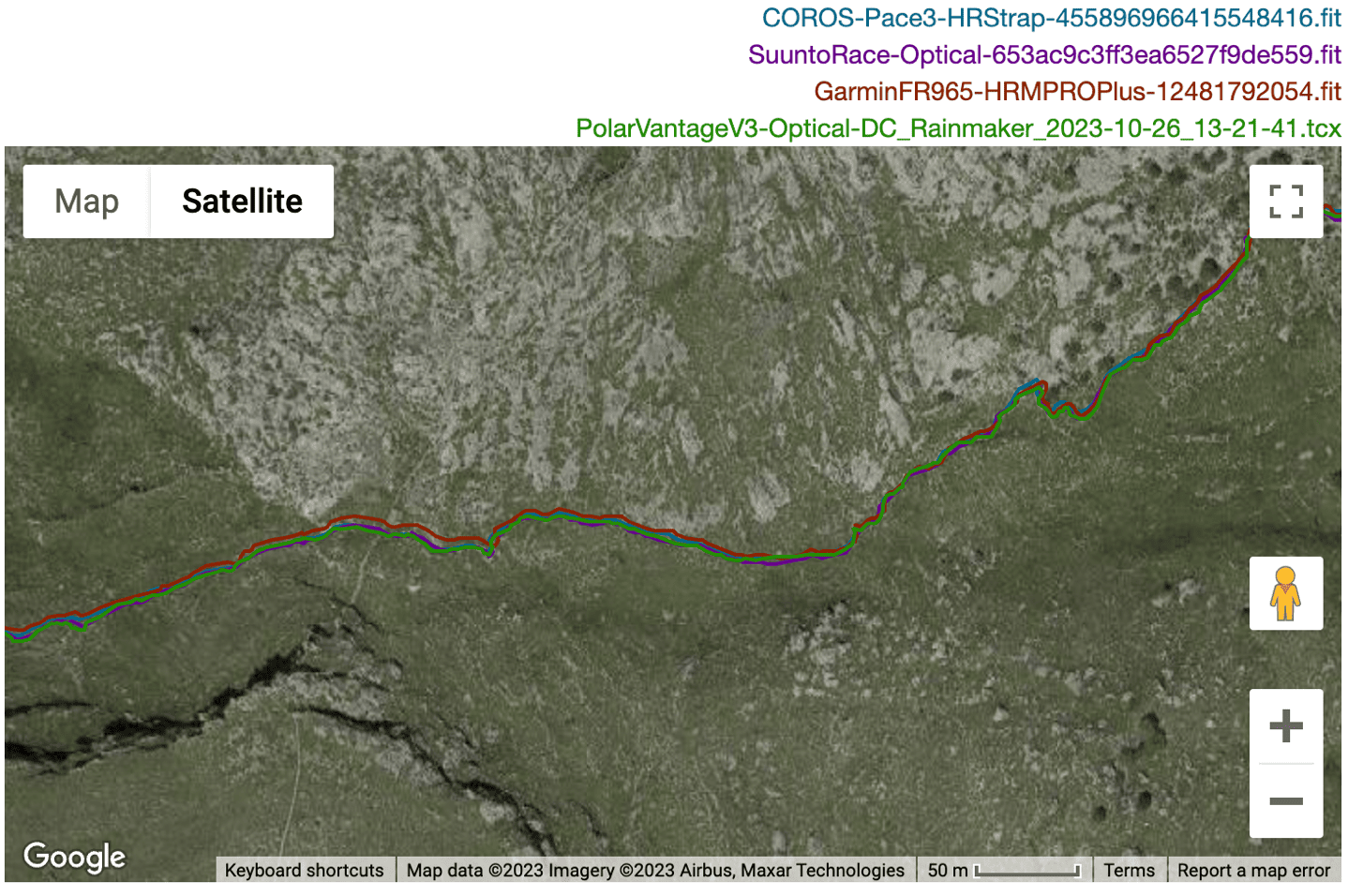
There were actually very few moments where the four disagreed, such as this steep descent in deep woods alongside cliffs, where the COROS Pace 3 seems a bit offset from the others, but not that meaningful in the context here.
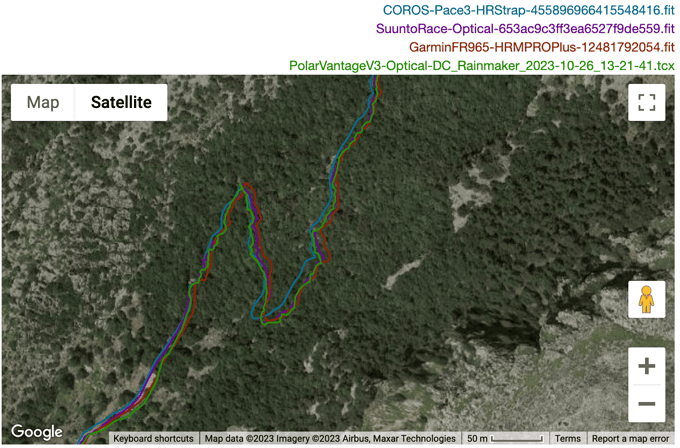

Oh, and if I look at elevation here, here’s that chart (again, remember the Polar data on this chart starts about 4hrs in). We can see it’s very very close, though, in the last hour it very slightly drifts apart (with the COROS Pace 3), to be incorrectly 20 meters high (I ended at the water’s edge). But up in the mountains despite the shifting temps and pressure from day to night, it handled well.

So, what about open-water swimming? No problem, ask and you shall receive. On the left wrist the Polar Vantage V3, and on the right wrist the Suunto Race. Then a swim buoy with me (dragging along) with another GPS for reference. Here’s that data:
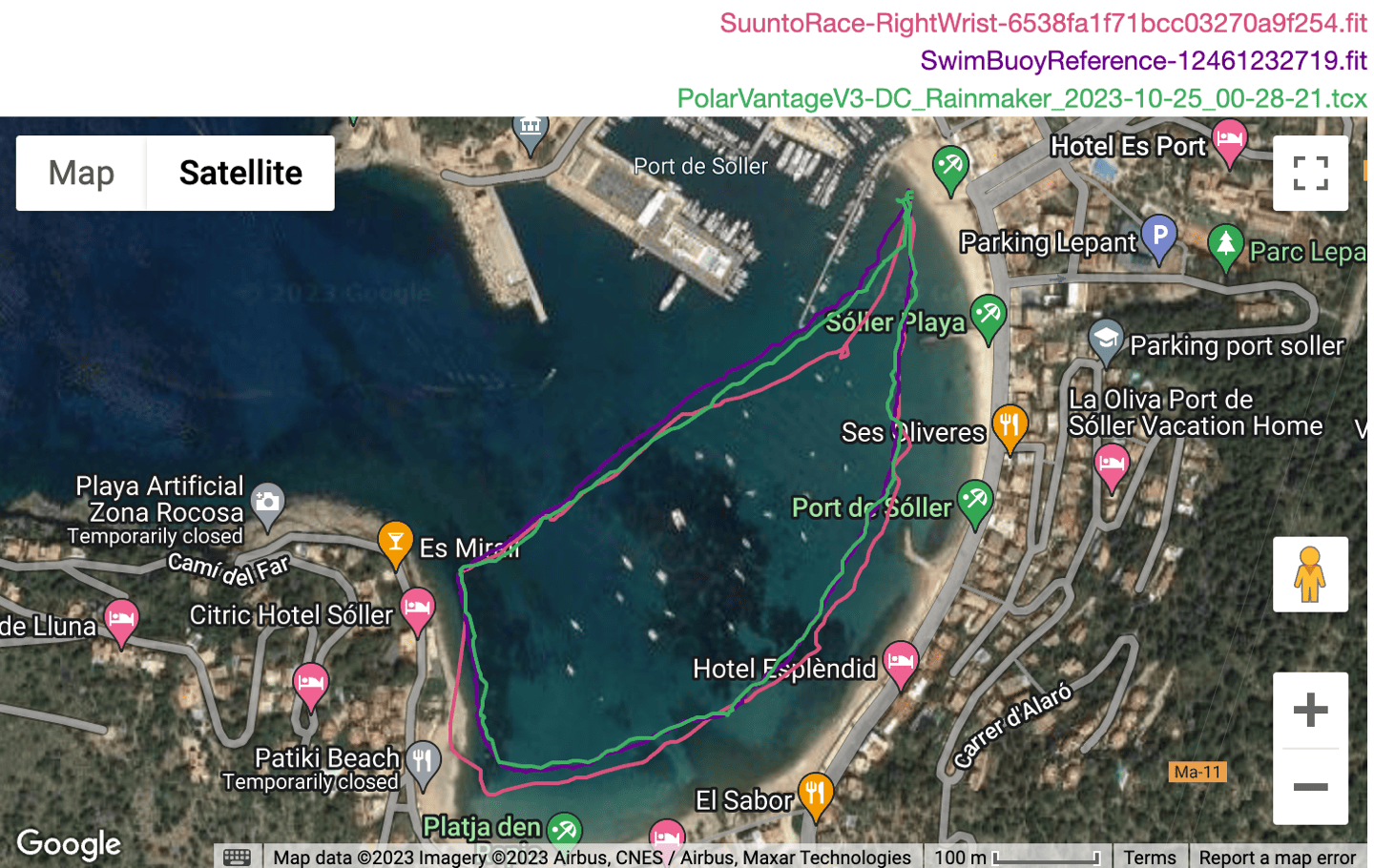
As you can pretty easily see, it was near-identical to the swim-buoy reference track, which is great to see. Not much more to say about that, when things work well!
Overall, when it comes to GPS accuracy, the Polar’s multiband/dual-frequency implementation on the Vantage V3 is much better than their first go on the Polar Ignite 3 a year ago. This is almost certainly due to better antenna design, plus smaller lessons learned since then. On the whole, the accuracy ranged from perfectly fine, to very good. There were a few cases where it struggled, such as the city test (as most units do, to some degree). As well as a few other times where the accuracy was so-so.
If I look at a scale/range of accuracy across various brands ‘best’ options (in a multiband config), I’d say Polar is mostly slotting in just barely/slightly above COROS, but not quite as good as Garmin/Apple/Suunto (for land-based activities). But for almost all use cases, it does more than well enough to know where you are, and where you went.
(Note: All of the charts in these accuracy sections were created using the DCR Analyzer tool. It allows you to compare power meters/trainers, heart rate, cadence, speed/pace, GPS tracks, and plenty more. You can use it as well for your own gadget comparisons, more details here.)
Heart Rate Rate Accuracy:
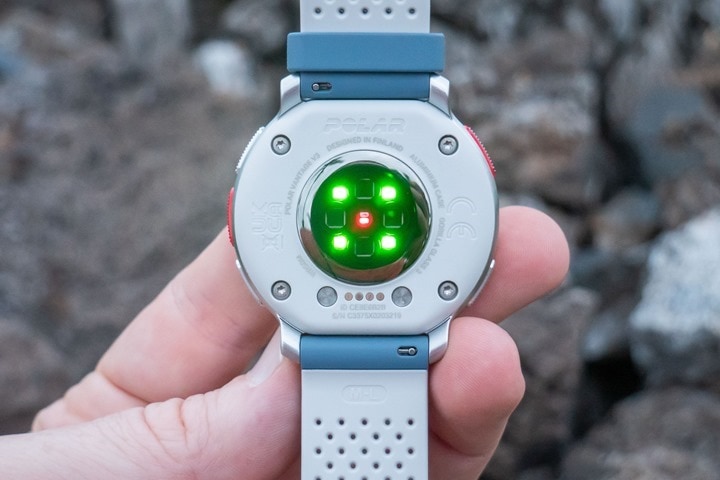
Next, we’ve got accuracy of the optical HR sensor during workouts. In this case, I’m going to look at a variety of workouts to see how it handles. In this case I’m comparing it to other optical heart rate sensors as well as a validated/trusted chest strap to determine accuracy.
You can click on any of the links to see the full original data set files, zoom in, do your own analysis etc. I include these so you can see I’m not cherry-picking any data portions – the full workouts are there, from start to finish.
(Preemptive/casual reminder to other sports tech reviewers: Be careful if/when comparing any Polar watch to a Polar chest strap/sensor. Those sensors are great, but Polar will automatically connect to any Polar sensors in your Polar Flow account to the watch, and re-establish this connection every time you sync the watch and start a workout, even if you delete them from the watch. This is obviously a great feature for normal users, but for sports tech reviewers, it means you have to be mindful that it’s not reconnecting to the chest strap you’re trying to compare against – which would then result in perfect accuracy every time – and void your test. Likewise for consumers, if you see perfect identical results for an entire test result with not even a second of deviation, it’s almost guaranteed to be from the chest strap. Even the best optical HR sensors will show very slight second-by-second variations to any other sensor, which should be easy to see on any accuracy chart.)
First up, we’ve got an indoor trainer (cycling) workout that starts off with some short intense intervals, before going into some longer/harder intervals. Here it’s compared against a chest strap (Garmin HRM-PRO Plus), the Suunto Race (optical HR watch), and the Whoop 4.0 strap (bicep band). That data set is here:
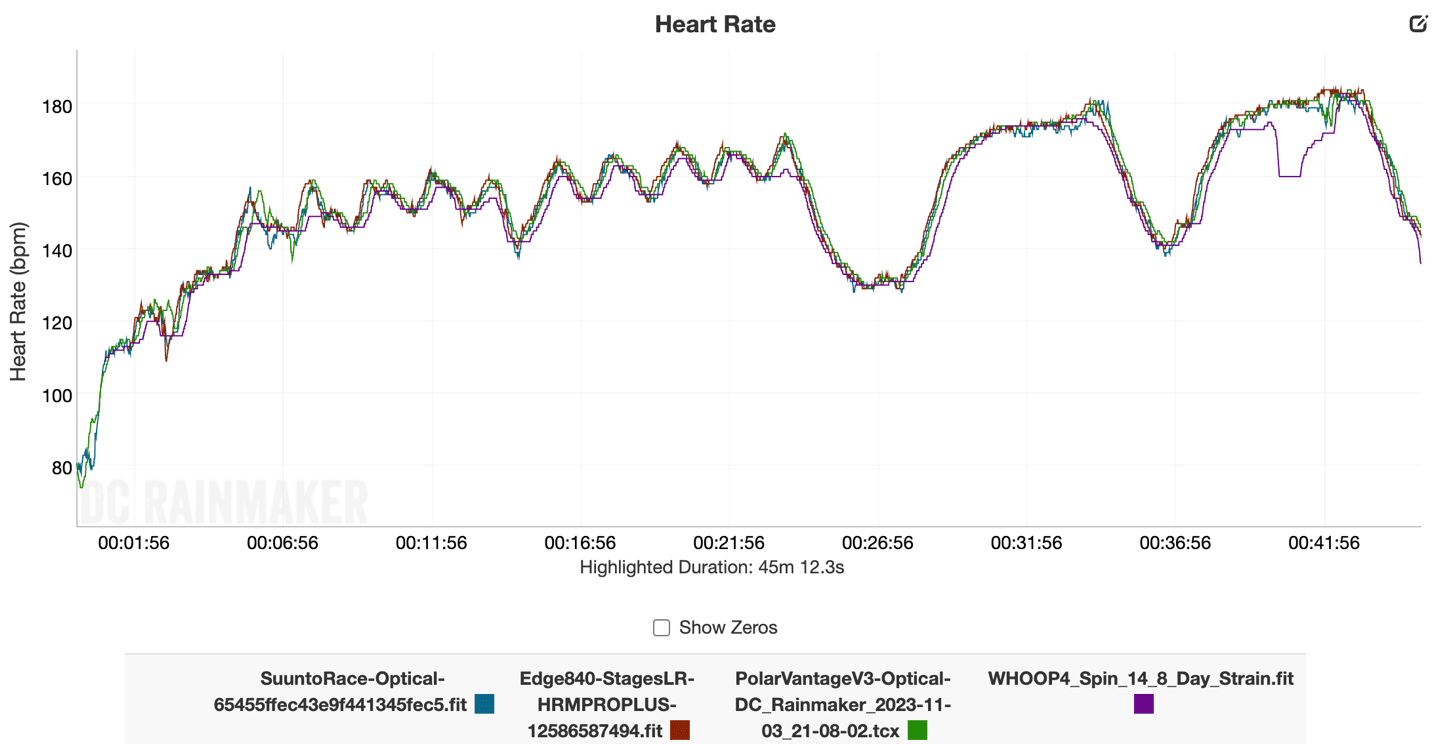
You can see that on the whole it’s pretty good, though, does seem to stumble briefly on the first interval. Not in a huge way, but just slightly notable. After that, it seems fine.
So, let’s look at another indoor trainer workout, from last night. This one was more steady-state than interval, and thus should have been easier for the sensor to follow. I only threw in a few half-hearted sprints for fun. Here’s that data set:
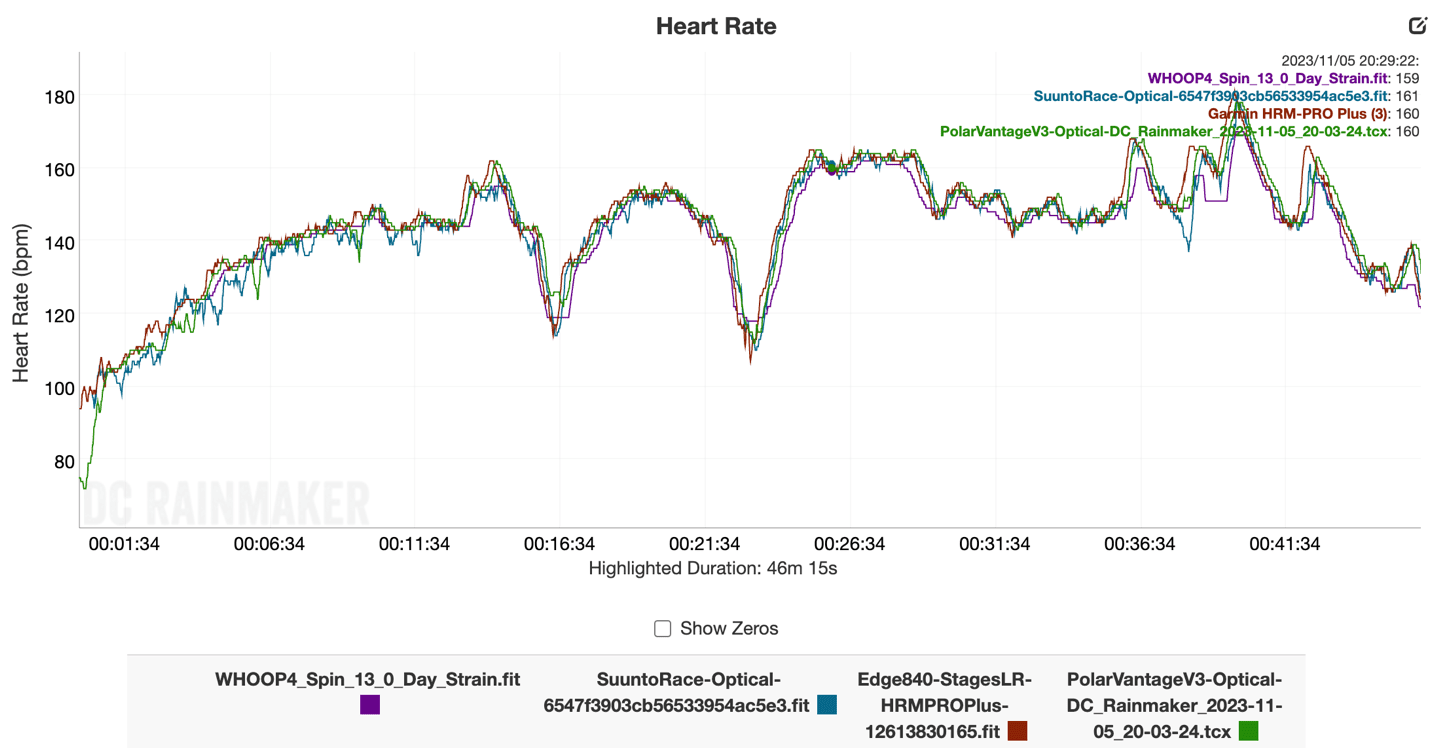
This one is weird. As I noted, this should have been a piece of cake, but both the Polar Vantage V3 and Suunto Race struggled here in the first 12 minutes or so with many little drops/inconsistencies. These were variations of about 10-12bpm, which is pretty high to be off. While being wrong is par for the course on the Suunto Race optical HR sensor, it’s also a pattern that’s more hit or miss on the Polar Vantage V3. You can see these errors here:
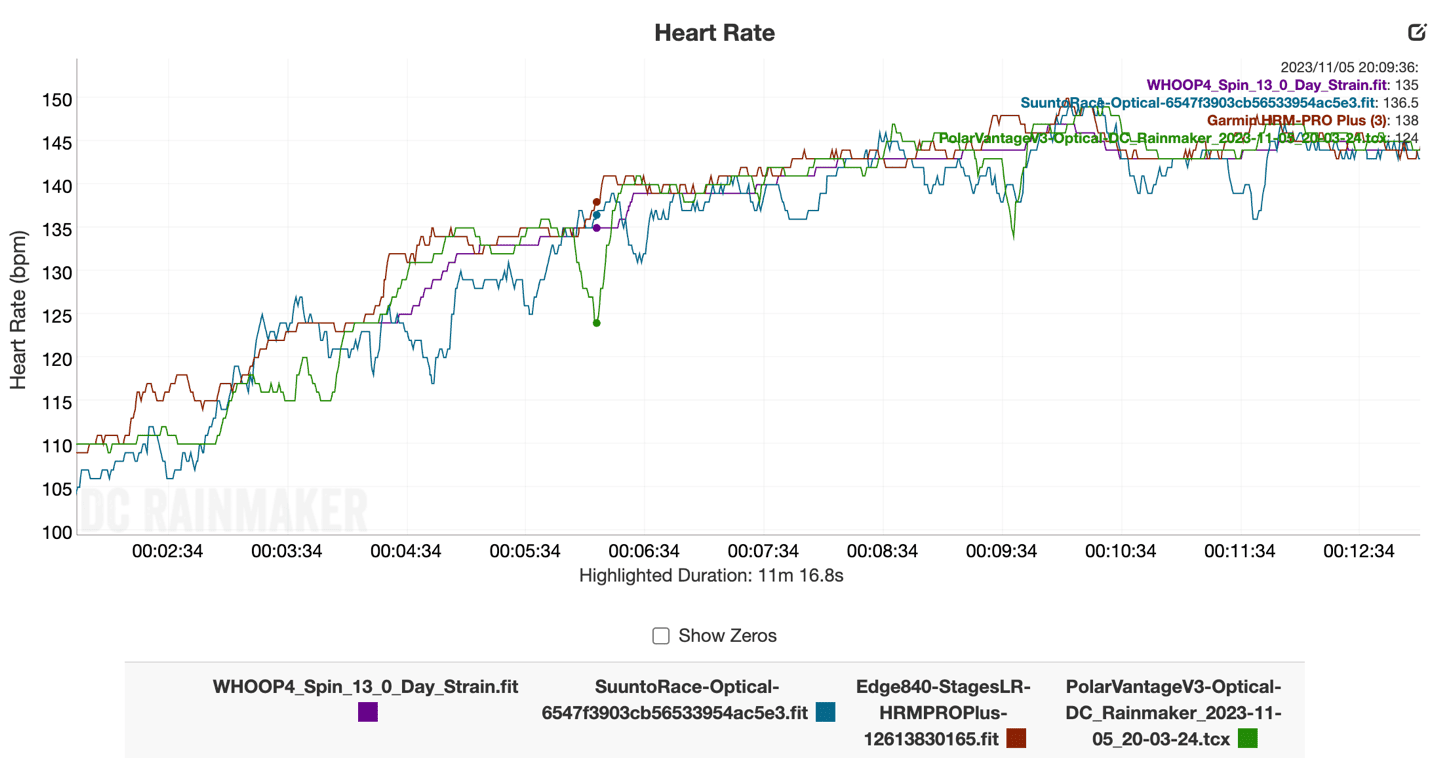
Again, these aren’t horrific in the grand scheme of things, but it’s not industry-leading (or in that ballpark).
It’s a pattern I’d see on other workouts over the last little while as well. Take for example this next trainer workout (don’t worry, we’ll get to other sports, but this is theoretically the easiest sport type, and it’s struggling here). Here you can see that for the main (painful) intervals, it’s spot-on. Very well done. But, for the initial warm-up, it struggles a bit, albeit in this case, only for about 6-8 minutes. Here’s that data set.
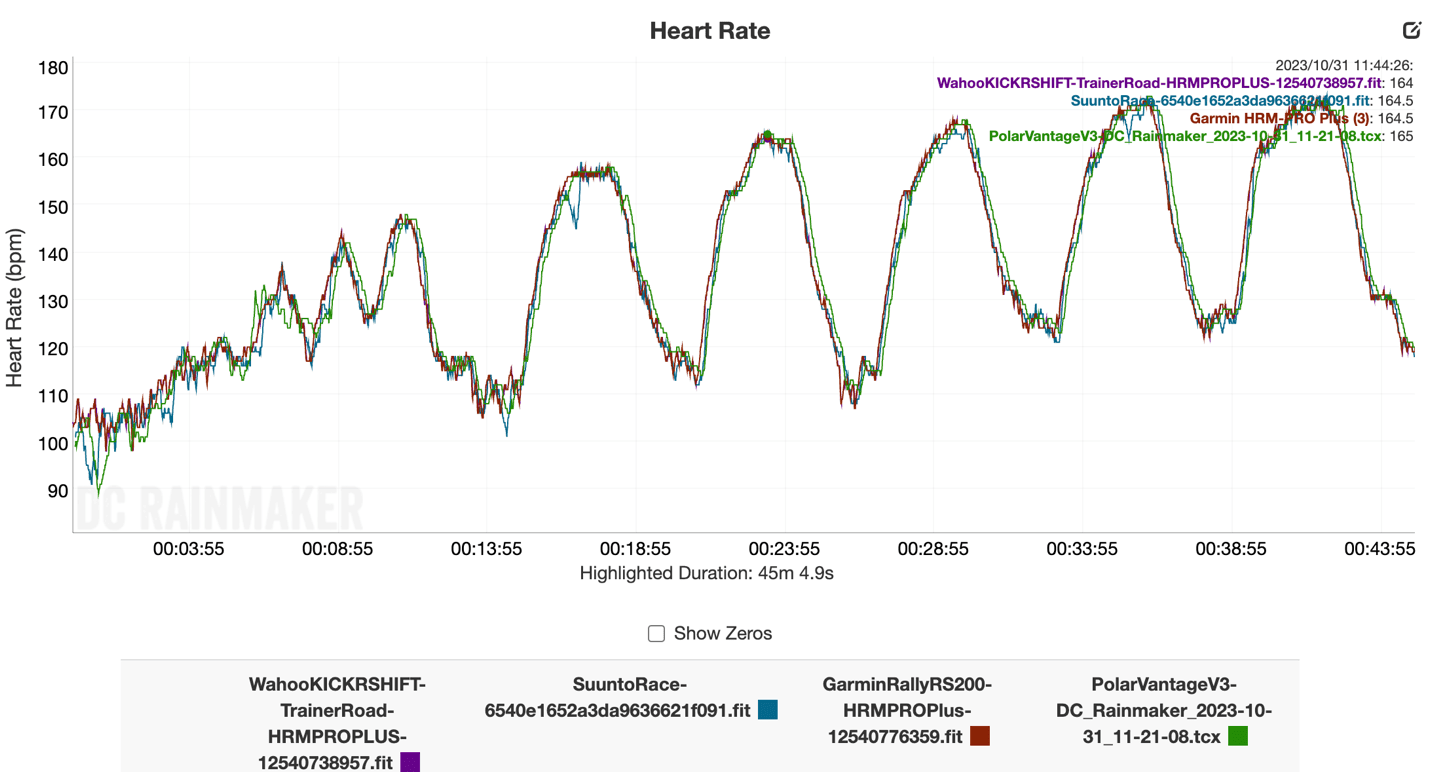
Ok, so let’s look at a run. Here’s one from this past Saturday, where I was relatively easy-pace as the base of the run, and then every 2KM I’d do a 2-minute long tempo section. Not a hard sprint/interval, just I’d increase the pace to about 10KM-race pace. Here’s that data set:
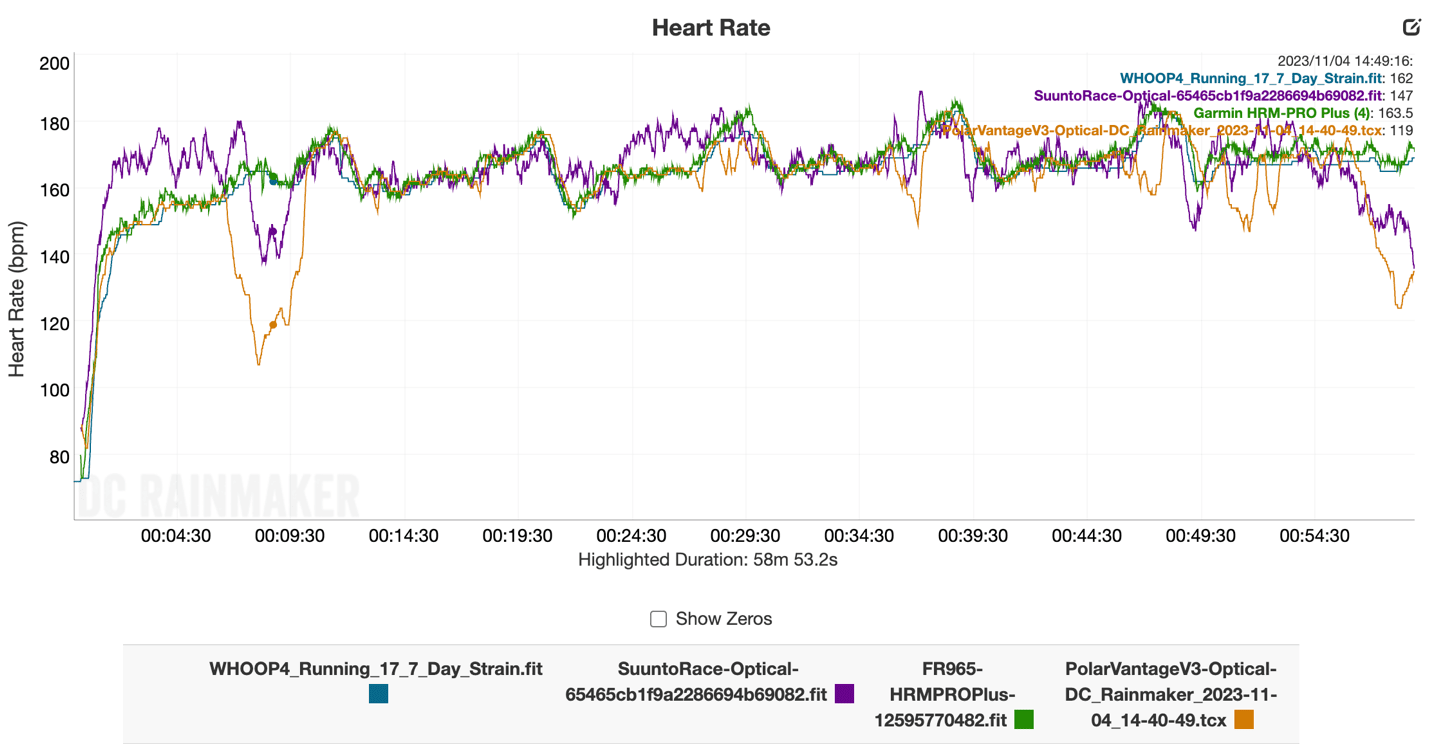
As you can see, results from either the Vantage V3 or Suunto Race were not good. There’s no two ways about it, and frankly, this result puzzles me the most. Again, the Suunto Race is generally not good, so that doesn’t surprise me. But the Polar Vantage V3 shouldn’t have had this much trouble. This was a very straightforward stable run in the rain. The rough pattern here appears to be the start of each tempo section when it would lose the plot, which almost indicates cadence-lock issues (when an optical HR sensor locks to the pounding of your feet). But in this case, it doesn’t match cadence, but just loses it entirely (usually cadence-lock would go high, not low).
For contrast, check out this hard interval workout I did on the treadmill. In this case, the Polar Vantage V3 easily nailed this. Zero problems. It’s beautiful…stunning – near perfect match to the chest strap, with only a few seconds delay that we often see with optical heart rate sensors. No biggie here, all is good.
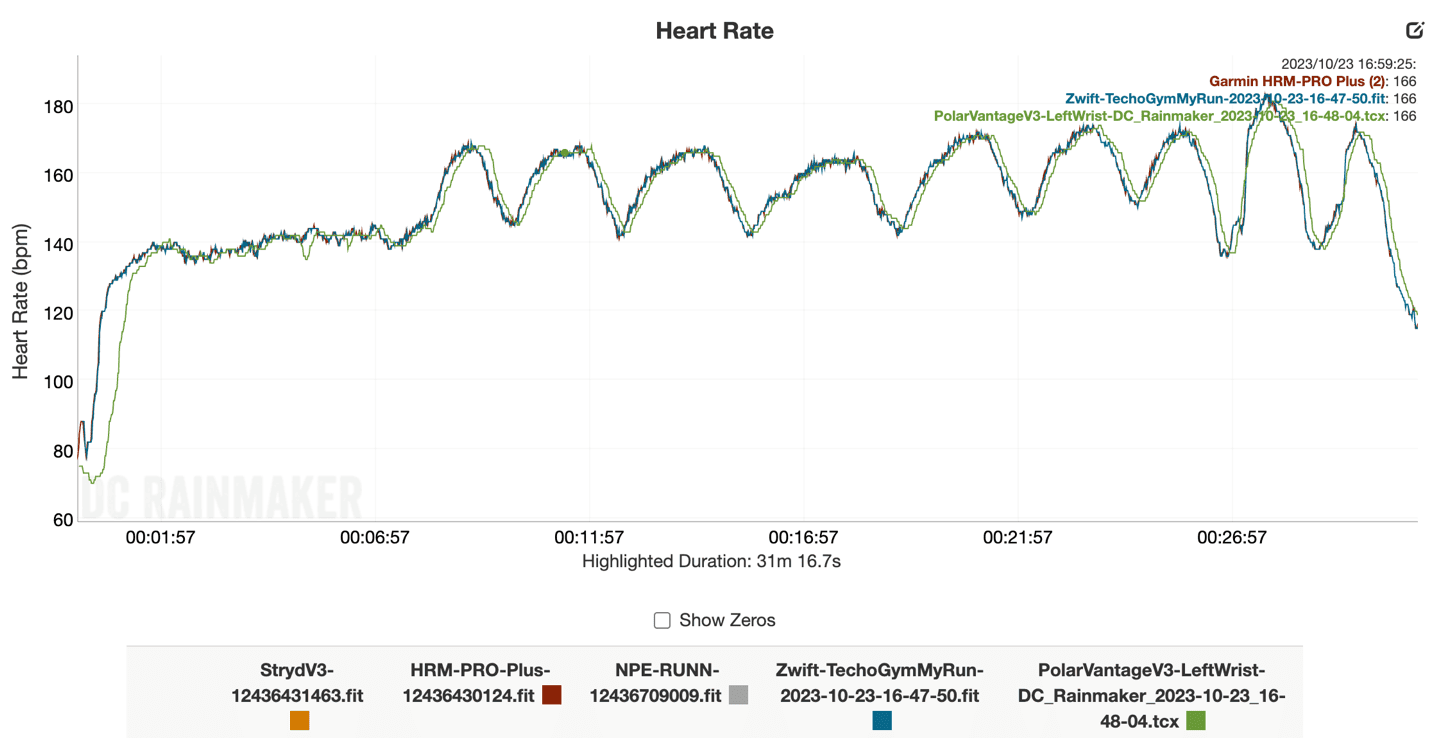
How can it be so good one moment, and so off the next?
In fact, now that I look at the dates – the only pattern I can seem to find here is actually just that: The dates. Specifically, the difference between one firmware version and the next. Everything on the current firmware version (V1.19) is struggling. Whereas everything on the previous versions is largely pretty solid. The only exception to that observation is the ultra-long hike. For some portions of the hike the data is spot-on, yet for a handful of portions, it’s wobbly. The only problem is that on that specific hike, I wasn’t focused on heart rate accuracy, mainly because I was doing things like eating or drinking while hiking – which would impact optical HR accuracy if my wrist was held up for sustained periods. Hence why I won’t dig into those files here (they are linked in the GPS section, where it doesn’t impact that).
In any event, overall, the optical HR sensor accuracy here is concerning. Mainly because it seems so hit or miss, both within a workout (even more recent workouts) as well as from workout to workout. I suspect something has changed in the current firmware version, perhaps to save battery (by reducing power to the optical HR sensor), or perhaps something entirely unrelated. Either way, the current state isn’t ideal.
Going Forward:
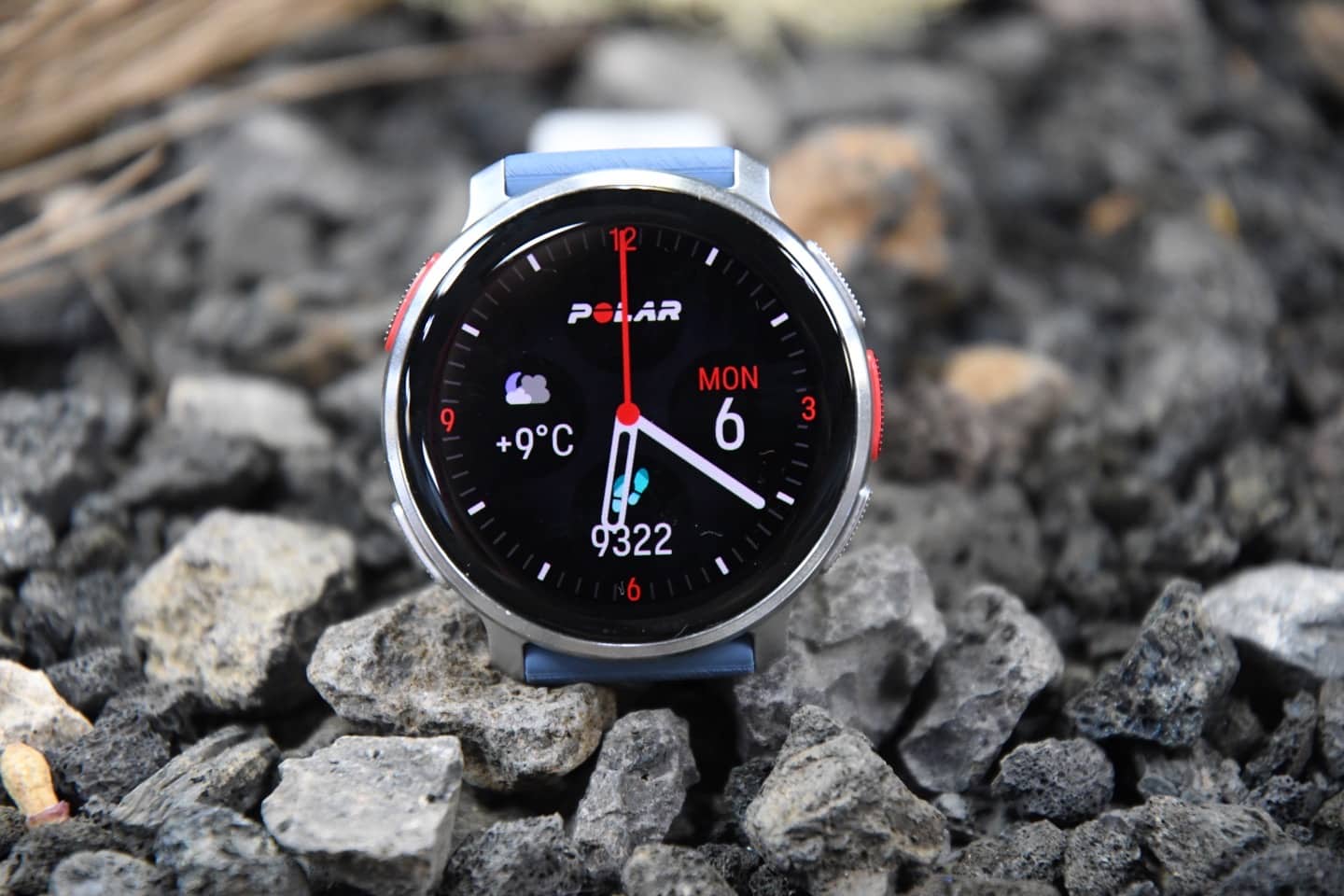
As I started out this review, the Polar Vantage V3 is arguably the most important product for Polar and their success going forward. And on the surface, they’re off to a good start in terms of hardware that seems capable of delivering that success. The external hardware is sleek, and in my opinion, quite nice looking. The display is brilliantly bright and easy to read, and the buttons easy to use with an interface that doesn’t feel laggy. It’s easily Polar’s best hardware to date.
The addition of maps is well done for a first go at things, better than some others have done on their first shot at it. Having two detail levels is actually kinda handy, and while they didn’t put WiFi in there for downloading maps without a computer, they made it so easy to download it’s not a huge deal at this point for most people. As noted above, there’s some substantial quirks around the display of routes and/or current track on maps (or lack thereof), but I see those as actually very easy to fix issues. I’m not that concerned about that long-term, I suspect those will be sorted in very short order.
Further, while I outlined above the crashes and loss of data, I suspect Polar will sort those out too. Probably quickly – they have all my log/debug data to likely figure them out efficiently. Instead, what I’m actually concerned about is the mixed bag of accuracy on the optical heart rate sensor. The fact that one workout it’s spot-on, and the next way-off is most concerning. As is the fact that sometimes it’s just so-so accurate. Specifically, the part that worries me is I can’t figure out what the pattern is that causes it to be good or bad. Usually with optical HR sensors, I know what will cause optical heart rate failures (e.g., cadence lock while running downhill, or sprints, or outdoor road cycling on road with vibrations, or certain strength workouts). But in this case, it’ll nail a hard running interval workout, then fail on an easy run. Or, it’ll wobble on an indoor trainer workout (which should be easy to track). For the last few years, Polar has had issues with their optical HR sensors being less accurate than ones of prior. What I don’t know with this sensor is whether it’s an algorithm thing, or a hardware thing. What I do know is that when it comes to these errors, neither are ever quick fixes. They never are, by any company – even if software.
All of which somewhat sets aside the price/features conversation. I know some people don’t like to talk about price/features, but anyone who ignores it is ignoring reality. When Suunto launched the also-AMOLED Suunto Race the same day as Polar, but at $150 cheaper, it substantially undercut Polar’s party. Sure, there are slight material differences, but not meaningfully so. Suunto’s optical heart rate is worse than Polar’s, but Suunto does seem to make up for it with better navigation/tracking features and better training load/recovery metrics (which can still leverage an external chest strap like Polar). And of course, Polar is also trying to go up against Garmin’s Forerunner 965 at the same price point. All of which puts the $599 Polar Vantage V3 in dangerous territory.
So, ultimately, Polar needs to take a page from their own playbook: Clearly outlining the future of the Polar Vantage V3 in terms of upcoming features. They need to do as they’ve done in the past and outline the next 3-6 months’ worth of planned updates for the watch, to give prospective buyers reason to jump in now. And look, that’s not giving their competitors any advantage – they’ve already got that (and those features). Instead, it’s giving buyers a reason to invest in the Comeback Kid.
With that, thanks for reading!
Found This Post Useful? Support The Site!
Hopefully you found this review/post useful. At the end of the day, I’m an athlete just like you looking for the most detail possible on a new purchase – so my review is written from the standpoint of how I used the device. The reviews generally take a lot of hours to put together, so it’s a fair bit of work (and labor of love). As you probably noticed by looking below, I also take time to answer all the questions posted in the comments – and there’s quite a bit of detail in there as well.
If you're shopping for the Polar Vantage V3 or any other accessory items, please consider using the affiliate links below! As an Amazon Associate I earn from qualifying purchases. It doesn’t cost you anything extra, but your purchases help support this website a lot.
Here's a few other variants or sibling products that are worth considering:
And finally, here’s a handy list of accessories that work well with this unit (and some that I showed in the review). Given the unit pairs with just about any Bluetooth Smart sport sensors, you can use just about anything though.
And of course – you can always sign-up to be a DCR Supporter! That gets you an ad-free DCR, access to the DCR Shed Talkin' video series packed with behind the scenes tidbits...and it also makes you awesome. And being awesome is what it’s all about!
Thanks for reading! And as always, feel free to post comments or questions in the comments section below, I’ll be happy to try and answer them as quickly as possible. And lastly, if you felt this review was useful – I always appreciate feedback in the comments below. Thanks!



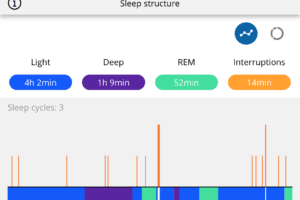
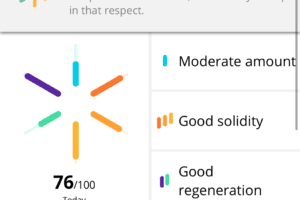
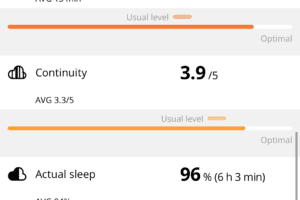
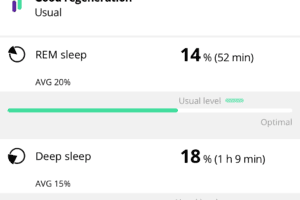


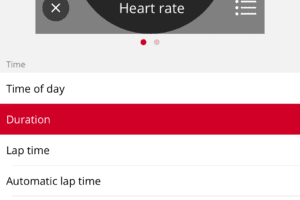
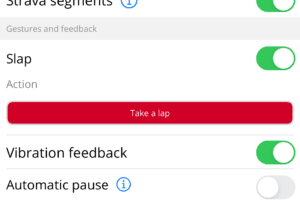
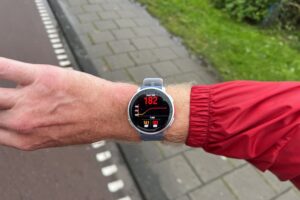
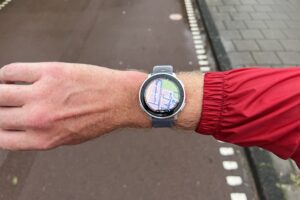
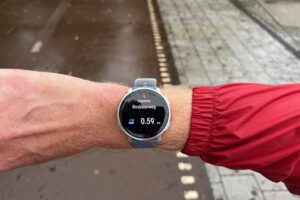
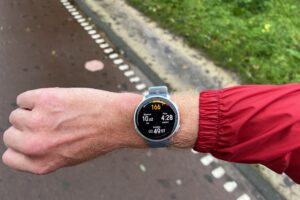
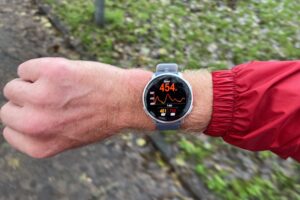
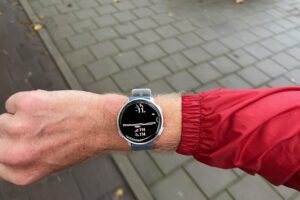
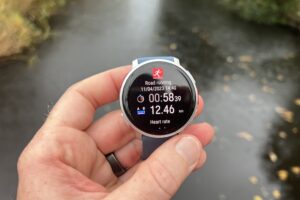
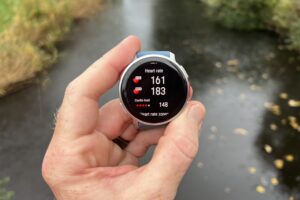
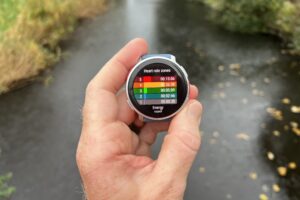
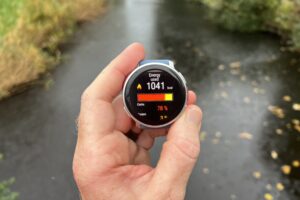
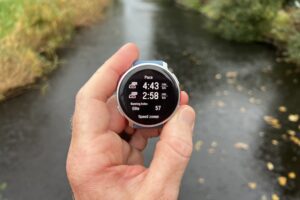
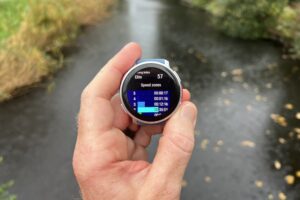

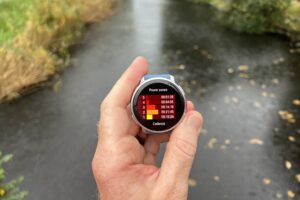

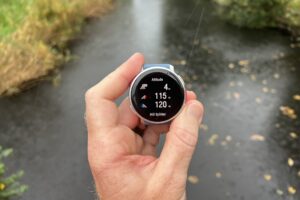
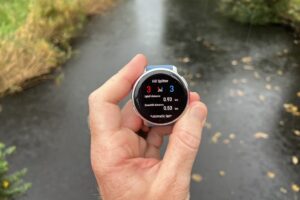
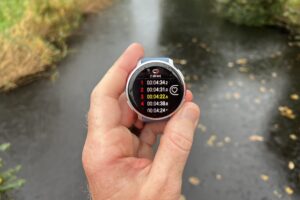

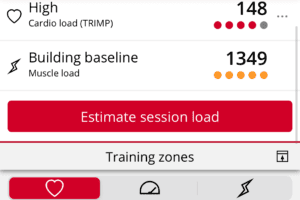
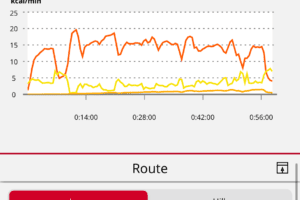
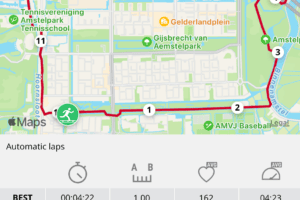
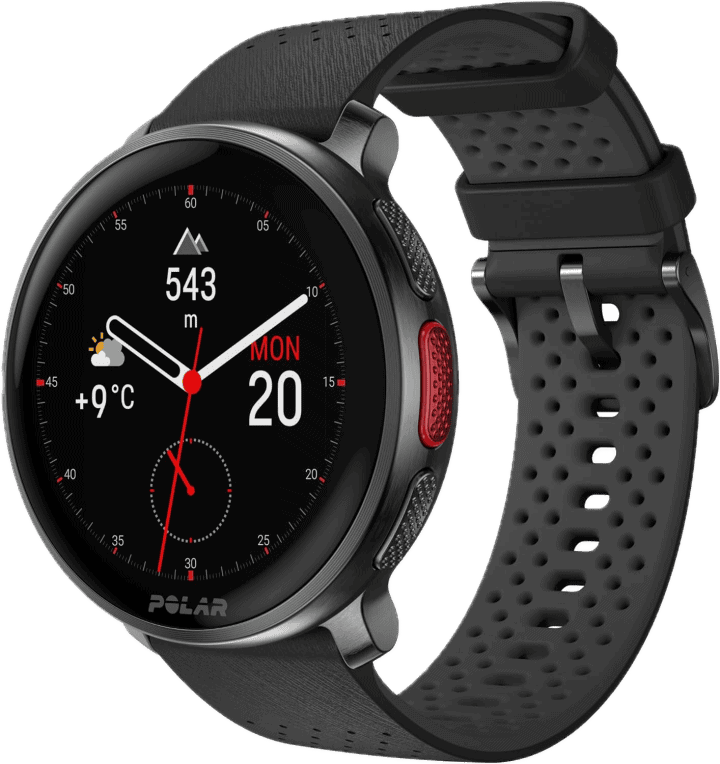
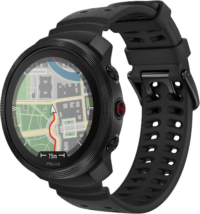
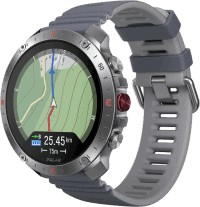
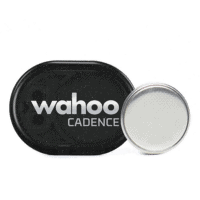
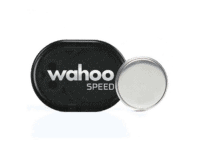

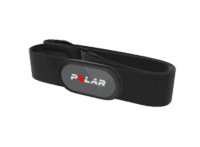
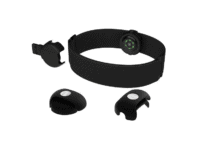
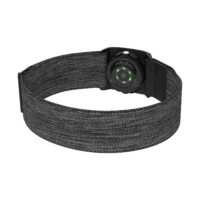





















It’s called Fits park, not SparkFit 😂
“Fits Park”
Just Park that Fitness and leave it alone!
3rd times the charm for the collective us…
Thanks, typo for me as-well.
I know Polar is Polar but… Releasing V3 means no updates for grit x pro (most priced Polar watch now with titan version) or v2?
In theory, Grit X is a separate line/series. Historically it has actually released second, but the history there is only two versions.
Polar are abandoning what made them popular:accurate information. HRV was was a feature of the RX800 . Now it’s gone, even though the H10 transmitter is supposed to be the most accurate! The new FLOW online is now where as user friendly as the excellent PROTRAINER. On cannot adjust or correct training info. Simple analysis of sessions in gone : one could lay one similar session on top of another to see differences. Then swimming information is now woeful : before the 725 OR 625 could work accurately in water no issue. With live HR displayed on the wrist watch.Lap splits could be taken manually. Now they only options are the wrist unit based OHR ,which has less accurate HR or erratic HR. Or the Verity style OHR which cannot take lap splits or transmit accurately to the wrist unit.
Why not make updates to present units for HRV? Why not reintroduce/update Protrainer? Why not add a simple receiver for the older type frequency that worked in water to the BLE and Ant+ in new units?
Agree with the idea to make a receiver to use the Polar H10 while swimming using the legacy gym 5khz frequency that works in water. I just gave up when my Polar A300 was so ridiculous compared to modern watches. So I am a convert to the Apple watch. The HR is actually acceptable and I can see it on my wrist when I swim.
If there are any current Polar watches that still work with the chest strap while swimming I would like to know.
Still waiting for Coros Pace 3
Yup, working on it and almost done. I’ve only got so many wrists. As I’ve said before, I plan my entire fall, months in advance in terms of wrist/writing/editing/etc time, based on knowing the dates for everything ahead of time.
If a company decides they don’t want to invest time in getting a product on time or before release, then it’s best-effort from my side on where it fits in. It won’t impact the review any (as noted, I think it’s actually a pretty darn good product), but it will impact when the review finishes. At present, it’s slated for early next week – after the Suunto Race in the next day-ish.
Top … Waiting your report to know what to buy race or Garmin 9xx or fenix…or ?
Thanks for the update Ray! Really looking forward to the Suunto Race and the Coros Pace 3 reviews. It’s a great time to be a runner/athlete with all this awesome tech available!
What about training load graphs in flow website? They don’t satisfy your needs?
They aren’t bad, but again, why do I have to go digging in the app for that? And even then, they don’t show any actual numerical values unless I click on each activity. Then I have to do mental math and add up the values for each day (for multi-workout sessions) – and it doesn’t tell me my actual cardio load buildup # (the whole point of the chart, per the title). Take for example this graph in the app showing Cardio Load, why doesn’t it show how much load? Every other platform (watch and non-watch alike) shows that, because it’s valuable, especially if you have a big training day like this, which skews the scale.
My point is that Polar used to be king at this stuff, focused on it, and figuring out how to make it usable. I remember distinctly sitting through a few hours of in-person meetings with Polar during their original Vantage V launch – purely focused on training load components. Yet, since then, there’s been almost nothing in that realm, while every one of their competitors has doubled down.
I’m actually not asking Polar to make-up new metrics ala Training Readiness/Daily Readiness/Whatever. I’m asking them to do a better job at showing the data they’re already tracking. Suunto has tripled-down on showing the training load metrics with the Suunto Race, and it shows. It shows a focus on the endurance athletes that are using these watches. And they aren’t making up any new metrics – they’re using the well-established TrainingPeaks ones that have been around for a decade.
I was more referring to the Cardio Load section of the Reports in the Website (not app). But now I have to also admit I don’t understand anymore what exactly is the think You miss there (not saying it’s there). Because i think the web shows you all the numbers. But I agree, that it needs improvements – it’s still stuck in 2018.
Yeah, I think you’re kinda illustrating my point. I shouldn’t have to go to a desktop website in 2023 to find something as super basic as training load on an endurance sports watch.
I have to say, as for someone who is at a computer basically every day, I really value the Flow web site. I mostly use the app just for the data transfers. I’m now deciding if I should switch from my long Polar loyalty to Suunto as the Race seems a bit better (Still waiting for your review though). But there’s the annoying thing that they don’t have any browser-based solution which you could use on Windows system. I like to look at things from a bigger screen. Naturally I also like to glance things through from the watch after training session. But the historical data I always look from the web. Also, naturally I have my training history since 2009 in the Flow. That’s another thing that makes it difficult to switch.
100% agree from my side – I am annoyed NOT to see all data on Polar flow in the web, because them still having the web is my reason still using polar
I use SyncMyTracks to keep my data synched across 3 different platforms, it should work for Polar too): link to play.google.com
For Apple devices there is RunGap too.
Hi,
i have the same problem. When Suunto shut down Movescount i left, because the app was crap then. Now the App ist way better, although still not perfect and i still miss a webpage from Suunto. But the Race is such a good watch for the money. I use runalyze and strava as web.based solutions and you can easily move all your workouts between Suunto-Polar-Garmin-Strava by using fitnessyncer or syncmytracks.
I also don’t understand what you need. You can also click in the app (android) on the graph and it will show you the numbers. The only thing which doesn’t work is, that cardio load is only for one activity and not for all of a day.
Second view
“The only thing which doesn’t work is, that cardio load is only for one activity and not for all of a day.”
And again, that’s the point and what I said above – it’s only showing it for the single activity, not the day total. And as I said above too, that also requires going to the app, versus the watch. Every one of their competitors can do it on the watch. Either way, it’s just an example of where they are falling behind for the singular metric they do have, let alone all the other components they don’t have, or have hidden away.
Frankly, I don’t understand why people are upset that I point out the lack of metrics here, or defending it. Polar’s literal single claim to fame is being focused on training load and recovery. I mean, the entire company is built off that idea. They’ve built entire team training systems for it, etc…. They launched the Vantage series originally with that as the centerpiece. They launched at the time innovative things like FitSpark and more. But, nothing like that has happened in years. Most of their competitors are launching more new software features each quarter than Polar has combined in the last 2+ years.
Yet when it comes to any of their modern products in the last few years, it’s taken a back seat. And it’s not like it took a backseat to accuracy (clearly), nor to other fancy features, nor to anything else. It just…took a backseat in general.
It’s totally fine if people don’t want that, but the reason Polar had a loss* of €18M last year is because they aren’t focusing on the products people, their competitors are. It’s also why their unit sales numbers are down too. Now, the Vantage V3 is a huge step in the right direction, but Polar has to invest more on the software too. COROS does it, and it shows. Now, nobody knows if COROS is actually making a profit (more likely their staff is virtually entirely in China, where costs are lower than Finland).
* link to finder.fi
I think it is a simple misunderstanding. I focus on the part of your comment, where you talk about the app and the webpage. I agree with you, that it would be great, if the TRIMP would show on the watch. I tought you don’t know the possibility of showing the data in the app, because in your screenshot you can’t see this.
Regarding cardio load in the app: I’ve always interpreted the gradient red colors in the background (fat columns for each day) as showing your cardio load build-up. Is this wrong, or is this showing something else?
I completely agree with you about Polar taking a backseat position. I have owned several Polar products, including the M400, V800, Vantage V and the Vantage V2. I was always happy with it, but also noticed Polar’s laziness. To give an example, I had the V800 and I found walking with route guidance simple but good. You could leave at the starting point, but also in the middle of the route. Then when you got to the end point the watch would tell you and ask if you wanted to stop or continue, which I loved. So that had disappeared at the vantage, when you arrive at the end point it stops, you are at the end point. When I contacted Polar about my problem, she recognized this, but immediately said that that option was no longer available and they did not want to work on it. Their last comment was, we hope you can live with this little problem?
Hi Ray
Thanks for your great reviews.
I’m totally agree with you. I’ve been using polar vantage v2 for four years. Unfortunately, Polar performs very poorly in the field of personalizing exercises through the watch.
Also, in terms of displaying graphical information on the watch face, it is far behind its competitors.
Another problem is when I divide the watch face into four parts during training session, some numbers are tiny and unreadable such as distance. I like to see numbers in bold format like what Garmin or Coros do. Small numbers are better seen on a white background, but Polar uses black background. I was hoping that these problems would be solved in Polar VV3 , but unfortunately, there were no significant changes. So I am currently looking at Garmin forerunner 965 or Coros pace 3 watch as a replacement.
Ray when it comes to OHR sensors and their accuracy, I know there are many variables and factors to consider. But in the case of Suunto and Polar, if the hardware is the issue then no amount of firmware updates can solve their challenges. Am I thinking about this the right way. As I type this I do recall you got better readings with different firmware while testing the polar. So I guess the answer is software and hardware!!
I think it’s too early to tell on the Polar side whether the hardware is good or bad. The accuracy on the V3 optical sensor is sorta like sun in the Netherlands, it comes out briefly and you’re like “Hot damn, you are there!”, and then it disappears again for no good reason.
Whereas for the Suunto Race, it’s the sensor. Or, the power Suunto wants to give the sensor. Either way, it’s definitely not great – and that’s been the general consensus on most reviews.
Do you think there is any chance, with the amount of competence in this sector right now, that some company struggling to sell their hardware move to offer their platform as a service for WearOS and Apple Watch users?
Polar has actually dipped its toe in that water a bit, with selling to other companies their algorithms (akin to what Firstbeat used to do).
But as far as just giving up on hardware and making apps for WearOS and Apple Watch users, that’s gonna be unlikely – as it basically means laying off like 80-90% of the staff.
That said, it would be fascinating to see Polar or Suunto try it with a high-priced app (e.g. $100 or something). Obviously, both companies have played in the WearOS playground previously, so they know the area.
I’ll gladly pay a subscription fee monthly for that app instead of a one time purchase.
Thanks Ray for very helpful review.
It’s disappointing to see OHR test results, I mean this is the one area that is a bread and butter for Polar. I know it is very difficult to tell at the moment but given the test results before the firmware update was looking great, I ‘would like to believe’ this is more of a software issue, unlike Suunto.
Also, though I have a slightly different view, I agree that Polar now needs to invest on the software side of things and roll out new sports metrics/features. They have had very solid market leading metrics for some years but they are falling behind and need to build on them and take it to the next level such as next level wholistic view of training/recovery readiness.
Lastly, happy to see it doing great on the openwater swimming, and GPS tracking in general, I think it finally it reached the level where V800 used to be on, and from this level on, the difference between the watches are marginal and not that meaningful so kudos to Polar.
One area I was keen to see the test result of was indoor swimming, that was one of the area, Polar along the other brands, except for Garmin, generally struggled greatly to track properly. Saw some comments that V3 is tracking far better and wanted to see those comments validated with yours. Any chance you’re heading to the swimming pool with V3 for testing in near future!?
“Lastly, happy to see it doing great on the openwater swimming, and GPS tracking in general, I think it finally it reached the level where V800 used to be on”
Yup, I agree, the Vantage V3 is the best GPS watch in terms of GNSS accuracy Polar has to date. I might go back sometime this winter and compare for fun the V800, I think at times there’s a bit of rose-tinted glass there. :)
“One area I was keen to see the test result of was indoor swimming, that was one of the area, Polar along the other brands, except for Garmin, generally struggled greatly to track properly. Saw some comments that V3 is tracking far better and wanted to see those comments validated with yours. Any chance you’re heading to the swimming pool with V3 for testing in near future!?”
I did a swim last week with it (indoors), and overall it did well. Both it and the Suunto Race were off by a single length, and oddly, at the same time in the first 200m (and even more oddly, Polar shorted it, and Suunto overdid it). I have no idea why, since there wasn’t anything wonky about it, but overall they were spot-on with both reality (and the FORM swim goggles) for the rest of the swim.
I didn’t do any kick drills or such, it was all just freestyle, varying repeated sets from 50m to 300m.
It can’t track drills, vv2 before release had drill mode in pool swim options, but they removed it with first public release…
I use the V2 for indoor swimming and curiously it almost always misses the first turn, so when it should be 50m its 25m. From then on it its 25m behind and at the end 25m is missing. But then in the web site the missing lap often (not always) stands corrected having the right length. (If it doesn’t, I can correct it there manually.)
Would love to see this, as one of those “Rose-tinted glasses” v800 users, LOL, I’ve actually kept up with comparing between fairly recent models (Apple Watch Ultra, Coros Pace 2, Polar Grit X Pro (Titan), Polar Ignite 2, Polar Pacer Pro, Garmin FR245m)… but not any recent multi-constellation models… and I’ve yet to find one as reliable as v800 day-in and day-out. BUT I don’t run in cityscapes, that’s the one place where I imagine the v800 will falter without multi-constellation abilities. In the open though, I expect it will still demonstrate as-good-as, if not better, tracking. I can still literally see on my GPS tracks where I deviate to go around a parked car for example versus continuing in a straight line or leave the sidewalk to get around an obstruction (and on running tracks, can see when I have to change lanes to pass others, then move back, etc)…
My other thought/concern, of what was “lost” post-v800, first, the swim GPS track looks GREAT (thankful for seeing that, it’s been a LONG time coming, from most brands honestly the past few years… And it finished the track as well without giving up! LOL)…. but how is swimming OHR accuracy? Using H10 and v800 with “live” HR is still something (I’m in the minority, I know, but have cardiac issues) I actually use when open-water swimming. Is the V3 OHR while swimming, worth a darn? (Or at least as good-as/better than the competition, which I realize is a pretty low bar to achieve by all reports?).
Assuming OHR isn’t super reliable while swimming (until tested otherwise, it’s not for most watches)… the lack of “record to sensor and post-swim sync” is still very apparent compared to Garmin, and for no real reason since all the hardware (H10 on-sensor recording, swim modes in watch) are there, and just need some coding to join them into harmony (barring legal issues). If not, Garmin will always be the preferred triathlon watch I imagine. Just curious if you’ve noted anything on that yet?
Great review, thank you! The crashes are the ultimate reason I returned my GXPros, GPS was “good enough” but not v800 accurate (much better than any other post-Vantage models we’ve tried though), and this one looks better still, so that “checkbox” finally may be knocked out, but until there are ZERO crashes during activities, it’s not worth investing in, not willing to risk losing my race data (and pacing metrics, etc that I may be using) due to a watch crash halfway through an event. One thing about my v800(s), neither has crashed in literally 5 years now. Might need occassional restarts to sync back properly to the app due to the flaky BT stack, but otherwise flawless.
Oh, and still sounds like they don’t know how to “powermeter” properly . Again, glossing over the lack of “ANT+” as not really necessary, glosses over many things that would be fixed (by necessity/design) if it WERE included (such as supporting ANT+ powermeter reception, thus hopefully developed right for dual-sided, wider compatibility, etc) along with the other trainer-based problems that not including it, causes. The fact they still can’t get left/right correct (and pair properly with Kickr Core for power, along with dual-power meter pedals galore)… is annoying.
So…. yeah, here’s hoping for more software focus on this the next few months! About to have to change my 2nd v800 battery (my “good” one with working barometer)… please Polar, make me want to buy (and keep) a new watch! (And don’t let me go to the Empire/Dark Side/Garmin, as it checks all the boxes, but “it’s Garmin”)!
Great Post. I’m in the same position as you, still using my V800, and hoping that the next Polar watch will be one I want to buy. It’s been so long now, that the dark side (Garmin) is begining to corupt me.
Swimming metrics with VV2 works for me very well and for my friends with whom I swim, they also have no problems (6 x VV2).
What’s more, we are surprised how in a 50 m swimming pool the watch recognises the measurement error when, for example, I collide with someone and therefore adds another 50 m, but after a few more turns it corrects itself and the result is correct!!!
Maybe AI ?!
Another advantage over others is that I don’t have to constantly start and pause because the watch knows when it’s paused.
I can only say one thing: Polar is great. 👍👏
———
I would also like to add something regarding the V800, as well as the V original and VV2.
I own several Polar watches and have been a faithful user of their sports equipment for several dozen years, although I also had Suunto and Garmin, but both for a short time.
While I was using the V800, I swam both in the pool and in the sea for over 600 km per year.
During this time, I helped Polar develop the ability to estimate pool lengths for this watch, which was terribly bad at first. For this purpose, they received many Excel tables taking into account many factors that influence or may influence this function.
From this experience, as well as from VV and VV2, I can say that many swimmers make similar mistakes already at the start.
This is probably also the reason why you had a problem in the first meters and sometimes the first lengths were not correct, but I see after e.g. 500 m the watch corrects itself. As I mentioned above, AI. ;)
When you press the start button with the red button, wait a moment until “Recording Started” appears and then start swimming. Most swimmers press a button and immediately start swimming and sometimes get inadequate result.
Watches are, a computer with software and may sometimes hang.
Previously, if I got a completely bad result, I did a reset and everything was fine, but now I and my friends don’t have this problem.
Regarding outdoor swimming and GPS, I almost always swam in a zigzag pattern rather than straight and sometimes on the shore.
V800 was very bad, VV original was a bit better, but with VV2 it improved, but not to the point that I was very satisfied.
This shows that there are different experiences with the same type of watch.
Thanks for this detailed review! I’m waiting for the suunto race review to understand If the hr is so bad I should skip or buy 🙏
Hi Ray – nice review
I must say that as a Polar user from 2007 – I am disappointed with the route Polar has taken with the ECG – to me it is pointless – Polar had all the time to get this right and get all the required approvals.
Just two questions – the ECG issue is it something that Polar can fix to be on par with likes of Garmin and others or will it need a new watch
Also what type of trickle down tech can we see from this going to Polar Pacer Pro via a software update.
Thank You,
Munz_M
RE: ECG Expansion
Yes, it’s not really a matter of ‘fixing it’ per se, assuming the underlying accuracy is there. Instead, it’s a matter of going through all the required regulatory hurdles to get the other features in there. But that’d take clinical trials, etc… which at a minimum we’re talking 1 year+, likely much more. Of course, Polar could already be doing that behind the scenes, and even having been doing that for a long time.
RE: Polar Pacer Pro
I wouldn’t expect much to be honest, mostly because there actually weren’t really any new features here from a software standpoint unless they were specifically tied to new hardware. For example, skin temp is based on the new skin temp hardware. ECG to the new HR sensor/ECG hardware. Maps to the added storage. And so on. If we took away those pieces, there was no new sports functionality (supposedly some new swim kick/drill tracking pieces, but that part is unclear to me), thus, in effect, nothing to trickle down.
Ray, when is your Suunto Race review coming out. I know that the ohr sensor isn’t great (I mostly wear a chest strap ) as long as it doesn’t mess up non workout metrics (Hrv…)
Ideally tomorrow late afternoon my time. Realistically, might slide to early Thursday morning. Depends on if I can finish the whole written thing today, leaving tomorrow to film/edit.
Awesome! I love yours and Desmond’s reviews. I am torn between the Suunto Race and Garmin Epix 2 (non pro). Currently have Polar Vantage V Titan and Garmin 935. Can get Epix for almost same price as Suunto Race Titanium. Want to make sure that the optical HR on Suunto doesn’t skew non workout metrics like hrv, sleep, recovery…. I like both but each has something I like better. Can’t wait for review. Keep up the good work!
Thanks for the (as always) excellant review. Slightly off topic from the watch in question but I was happy to see you mention “Maybe some day when I’m bored I’ll run this section a bunch repeatedly with two Forerunner 965s concurrently and see how they might differ precisely in the two modes” – but this begs the question – why use the auto-select mode when doing these comparisons? Isn’t this just adding an unneeded and unknown variable into the mix? Just curious. For my normal use cases with my Fenix, I just leave the dual freq on as the extra battery hit really has little impact as I rarely do really long runs where I need every bit of runtime.
So last summer I actually did a ton of testing of this side by side with units with it on/off, both in cities and mountains, and never saw a difference. Eventually, it got to the point it was silly forcing it into multiband, since it just didn’t matter from every test I did from a GPS accuracy standpoint, but does have a huge impact on battery life.
That said, I’m always up for doing stupid rabbit-hole tests, and this seems like one that has just the right amount of “this shouldn’t be too hard”, combined with “I’m going to regret this rabbit hole life choice later”.
I’ve done some testing (955) comparing auto-select versus all-time multi-band. Where I run, wooded trails, it does seem to make a difference in activity distance. Forced multiband gives about 2-3% more distance. This can be seen in the raw GNSS distance as well as Garmin’s calculated activity distance. The traces are also slightly better for multiband.
There is little difference on roads and open trails.
-Disappointing to see no proper track mode to compete with the others
-Disappointing that the lap screen still cant be customized and still shows less data than the older watches (V800, M400/M430)
But the manual laps being separate from auto laps is still a winner.
Can you comment on sync time from watch to Flow mobile app?
“Can you comment on sync time from watch to Flow mobile app?”
Coming from Vantage V1, this is one area where they have made a massive improvement. Used to drive me crazy how long it would take on V1. Now it’s really much quicker. I just did a sync and timed it at approx 25 seconds. For me, that’s more than acceptable. YMMV.
It seems a bit longer than other watches, but roughly inline with Suunto.
Part of the thing is that it feels like other watches (Garmin/COROS/Fitbit/Google/Apple/etc..) do a better job of doing background sync than Polar does, so Polar has more to catch-up when it does, thus, taking longer.
That said, for whatever reason I noticed over the last 24-36hrs I’ve had a lot more sync failures, where it won’t sync. I don’t know why, but usually assume it’s my phone – so I don’t tend to blame companies for that (my phone has so many BT connections on it, it makes more app developers squirm).
Ray! Do you know who makes the mapd fore Polar V3? Is it OSM?
Thanks for the quality review! At one time, after unsuccessfully using the Garmin 920 xt (gps did not work well), I switched to the Polar V800, which I was very satisfied with. After the battery on it failed (due to fast charging) bought a Vantage V. It was a very “raw” imperfect watch with poor GPS. The transition to Vantage V 2 was a real feast both in terms of functions and in terms of GPS quality. I considered the only drawback to be a very large inaccuracy when calculating the distance in the pool (I am a triathlete). So switched to Garmin. I currently have a Forerunner 965. To go with it I bought a Garmin radar, speed sensor, HRM-PRO chest sensor. Curious how the new Vantage V 3 calculates the distance in the pool and how it reads the heart rate in the water? In principle, I believe that the price of Polar is significantly overestimated. Most likely, it will be taken by a highway runner – a fan of the brand. Trail runners will definitely prefer Coros. For those preparing for triathlons, swimmers and cyclists, I have yet to see a device better than Garmin. Although I was a Polar fan, I’ll stick with Garmin for now
Thanks for all your review, but what about the swimming pool mode? Is really hard to find any review or suggestions for swimming in pool , for polar , suunto , Garmin , apple and so on is hard to guess which one will be suits for you and which one can better counts the lengths better.
agree!
during covid and for obvious reasons, Ray stopped including details about pool swimming on his reviews I think it’s something that should come back.
I was really disappointed with the AW ultra when I found that the default pool swimming app is quite limited.
I’ll add some details in.
In the case of the AWU, what specific aspects of the pool swim are limiting?
I guess for me, I tend to primarily swim freestyle, and basically just swim my sets. I don’t tend to use much of the drill log features or such, though, used to in the past.
I have been using an ambit3 and I think it was better on the pool than the AWU. It doesn’t show the information of my last set like avg pace, time, etc or while on the wall the resting time.
Now I’m using the swim.com app and the only feature that really I miss is the rest time.
I can’t help but point out that you are giving Suunto far too much credit than it’s true when you say “Suunto does seem to make up for it with better navigation/tracking features”. Suunto navigation is very poor – turn by turn notifications are not really the same as Garmin or Polar, maps do not have road or terrain names.
Not sure I follow. Or, rather, I don’t think you follow. Nobody is close to Garmin in terms of navigation (as I said above). Rather, I’m saying Suunto is far beyond Polar in terms of nav-related features.
A) Suunto accepts both Komoot and Strava Routes (Polar only accepts Komoot Routes). In fact, Suunto accepts a boatload of routing providers via their 3rd party apps program, and even integration with their data over on Hammerhead devices too
B) Suunto has an entire deep route builder within their app
C) Suunto has a massive heatmap database, sorted by sport, within their app
D) Suunto will auto-generate starting points for routes/etc based on popularity.
E) Suunto shows your entire historical track the entire time during your workout, no matter whether or not you’re routing or not (Polar requires you to be routing)
F) Suunto still works if you go off-course, the Vantage V3 basically stops historical track data
G) Suunto has a dedicated map app
H) In fact, Suunto’s dedicated map app even has a hotkey now to open it.
Things that are mostly a wash, just done differently:
A) Suunto’s breakout of map download regions is more granular than Polar’s. Whether that’s good or bad depends on the exact situation you find yourself in.
B) Suunto has WiFi for downloading, versus Polar requires USB. Again, I don’t personally mind it, but some might prefer one or the other.
C) Suunto Race vs Polar Vantage V3 turn-by-turn pop-ups are literally identical, so I’m not sure what you’re referring to there. Neither is anywhere near Garmin, but between Suunto/Polar, it’s the same.
D) Render times of map tiles are basically the same on both.
Now, there are some Suunto limits compared to Polar:
1) The Suunto 500m map visibility limit. It’s downright stupid and annoying.
2) No labels/names on the maps yet, though it sounds like it’s coming. But I don’t tend to find that a huge deal to be honest. But I can see how some might find it useful.
3) Suunto put 16GB in the base Suunto Race, versus 32GB for Polar…but again, I don’t find this a big deal.
For the sake of repeating myself, my point was concerning turn-by-turn and map meta data. I don’t care if Suunto has wifi or not case in real life, once you have the map loaded, its there. What good does wifi do for 99% of the time? I think you are focusing on the numbers far too much than the user experience of Suunto. I guess you have tried it multiple times but for the sake of it, try again and compare to how Garmin or Polar do turn-by-turn relative to Suunto. It’s been talked endlessly on the Suunto Forum and there does not seem to be a planned update to address the issue. I agree with you that Garmin is far ahead on this, but Suunto with the maps is great if you don’t do turn-by-turn, but pretty confusing if using it. Hope you follow now cause I certainly did :)
If the V3 is anything like V2 or Pacer Pro, I disagree that “Suunto Race vs Polar Vantage V3 turn-by-turn pop-ups are literally identical”. Suunto does not give a notification at the point of turn but rather the next turn, be it 100m or 2km. And if you happen to have 3 or so turns within 100m, it will tell you all those notifications even before you have taken the first turn. So good luck trying to remember them. Garmin does it best here; Suunto is pretty bad.
I wouldn’t count on them solving the crashes any time soon. My Ignite 3 crash in the same way and has done so for a long time.
Hello Ray,
I have read that you have/had problems with the watch crashing.
I have had crashes on the V3 during rest periods. At longer intervals. The watch crashed just like that, without any reason. Then it restarted automatically.
For example, I was sitting at the computer doing some work and suddenly the watch vibrated and then I knew: it had done it again.
I tried a “reset to factory settings” – as you unfortunately have to do from time to time with Polar watches – and then there were no more crashes.
The watch also stayed online during two short training sessions (approx. 75 minutes).
(I had to send two Vantage V2s in for servicing because both had this crash phenomenon, also like yours – during long training sessions).
Yeah, Polar hasn’t said I need to do a reset at this point. I’ve had both the crashes during the hike, but I can also get it to crash pretty reliably if I finish an indoor trainer workout (and connected to a power meter), and then just wait about 1-2 minutes on that workout summary screen, it’ll crash.
I’ve had a number of other people message me that I’m not alone on crashes, both during workouts and at other times of the day.
I lucked out on past Polar products in not having crashes. Not sure if it’s just dumb luck though.
Hi Ray,
I think it’s just luck ;-)
I had long wondered why the crazy crash phenomenon of the V2 was not recognized in the media. Only once did I find someone on YouTube who wrote that the watch suddenly crashed and all the data was gone.
For the sake of completeness, however, I must point out that the crashes of the V2 (also experienced by the V1) always came at a late stage, as if the watch was “ageing”.
I noticed that the V2 initially had various other problems more and more often, such as an increasing amount of unrecorded sleep data, unusual problems with the GPS, blatant OHR problems (especially during very long workouts, i.e. 12 hours or so …) and sync problems (which the V3 has right now).
It’s possible that some of the problems mentioned were just coincidence, but I always had the feeling that the watch was getting “worse and worse” over time.
One of my V2s only crashed after a little over 2 years, another one earlier (I forget exactly when that was).
In total, 3 of my watches were serviced because of these problems: one V1, 2 V2s.
My last v800 crash (or m430 for that matter which I was wearing until recently I switched to a hand-me-down Ignite 2 for “daily wear”)… wasn’t in this decade, in fact the last I recall was roughly 2017, or prior to the final (for those models) firmware, my v800 did a crash reset on a previous firmware release (twice in total, between 2 v800s, an M430, m400 (plus many older pre/non-GPS Polar watches)… none of those watches have crashed in the past 5 years, unless you count me forgetting to plug them in once in awhile and the batteries dying, as crashes…
Post Vantage release, we’ve had 5 Polar watches in the household, Ignite (sent back super-fast, OMG horrid GPS, a 1 year old with a crayon and a map in pitch black darkness could have drawn more accurate routes, better than the I-1 recorded them) Pacer Pro, Ignite 2, and 2 GX Pros. All EXCEPT the Ignite 2, crashed repeatedly (well, the Ignite 1 may not have, I don’t recall as I think it was sent back on day 3 of being in our household so never got the chance, after my wife did a 1.3 mile trail jog with our dog (a gravel trail we run many times a week, with mile markers and hundreds of recorded traces from all brands of watches)… and it recorded 2.2 miles)…
Ironically, the Ignite 2, which I wear simply as a daily health tracker (OHR seems good enough, GPS is bad though, although better than it was originally, not nearly good enough IMO), is the one that HASN’T crashed. Or if it has, it’s done it when I wasn’t looking… and it certainly hasn’t factory reset itself since that’s completely obvious (which the Pacer and both GXPs did, multiple times across them, I actually used ONLY the GX Pro for a short period (weeks).. and then it crashed during workout (soft crash), at which point I went back to dual-wearing with v800 for safety’s sake of keeping my training program on track… and then crashed again while I was sleeping (Factory reset itself, so my morning alarms didn’t go off, yeah, that could be a problem (thankfully I keep a cell phone alarm as backup))… (I had 2 (one from my wife, who went back to Apple after hers crashed, and I’d already sent back #1 that was mine, so tried hers after that for awhile)…
Anyhow, all that to say, OLD Polars (pre-Vantage, which was a total hardware change for them, for the IYKYK crowd)… simply didn’t crash, at least not after a few firmware revs on the v800 (the typically “first 6-12 month quick revs). V800 was probably the LEAST reliable at initial release (as it had the most stuff, kind of makes sense, and it also had a laid-out upgrade/release schedule so they knew it was “pushed a bit early”)… but it gained both many more features, AND better reliability to the point of being bulletproof and feature rich. To my recollection I never had a pre-GPS Polar reset/crash. Nor m400 or m430. v800 didn’t after a few firmware revs. HOPING V3 can get there!
SUPPLEMENT:
Unfortunately, the watch continued to crash after the factory reset, just not quite as often. But it doesn’t matter how often …
It’s pretty alarming that it doesn’t have any failsafe to retain activity data when it crashes. My old Apple Watch has shut down a couple of times while I was running due to the battery being worn out (I have a new series 9 on the way), but on both occasions it retained my activity data up to the point when it shut down.
The slightest risk of crashing with data loss would be a deal breaker for me.
Ray, what information is shown in the screen while pausing an activity? In my V1 shows nothing, no calories, no time or distance, I find this so stupid and annoying, ‘em wondering if they improved with this new and expensive toy.
For the V2 that pause screen shows time and distance as well as current HR
Thanks! It’s an improvement but still I don’t get reason for no showing all current data, calories, avg pace and so on. The whole point to buy such devices is that we want data!
I got my VV3 on Friday. I like the looks of the watch, the screen, the fit and the weight are all great.
This morning the watch crashed when trying to sync. After five times, I reset the watch. Then I could sync but lost that nights sleep data.
This afternoon I did an ECG test and the watch crashed right after. I took the watch off at this point as I was frustrated. Now this evening I come home and find the watch is off, it’s crashed and reset itself.
I contacted Polar support and will see what they say. Frustrating start for a watch that I think has potential.
Polar is my favorite fitness brand, I’ve been using their products for over 20 years. I still have my M430 and V800 and regularly use my old H10 but stopped wearing their watches when my VV1 crashed repeatedly during a competitive trail race in 2019 and then in early 2020, had a hardware malfunction days before I had to travel for a marathon. (My trusty M430 went instead…) After that, I went to G and never looked back.
I desperately want Polar to succeed but just feel so discouraged about the mixed HR accuracy (also a significant problem with the VV1) and that your demo unit crashed & lost data during your evaluation. To me, that’s unforgivable.
Thanks for the excellent review!
I had the Vantage V1 since December 2018, and it did never crashes. I’m mostly happy with the watch, after 5 year I still only need to charge once a week while using it for at least 5 training sessions.
The most annoying point for me was the poor GPS, which seems to be much improved on V3.
If the stability issue is fixed by a software update, I’ll upgrade to V3.
“But, this isn’t your Recovery Pro result. Instead, you’ll need to do that for 3 of the last 7 nights (ideally each morning), and it replaces the Nightly Recharge feature. So it’s an either/or situation, and in my case, I prefer the automated nightly recharge function. Albeit, as I’ve said in the past, I wish Polar provided the option to do both.”
Do you mean that they simply show more or less the same result or that the Nightly Recharge widget completely takes the data from that Orthostatic Test?
link to polar.com
“You must choose in the Recovery tracking settings whether you want to use Nightly Recharge vs Recovery Pro. You can at any time switch to the other recovery tracking solution if you changed your mind. If you selected Nightly Recharge™, you can still do Orthostatic tests to assess your cardio recovery level, which forms the core of the short-term recovery feedback within Recovery Pro™.”
Thank you for another very good review. On the point about HR accuracy, I’d have thought if a firmware update made it worse, then surely another firmware update can fix it (depending on the reason for the original issue).
It can, potentially. But the question is if the firmware update was the cause, or, just coincidence. Or, sometimes companies have to make tradeoffs in power draw to the optical HR sensors to meet battery claims/performance/etc, elsewhere.
Hi Ray,
I think one of the problems when reading a review like this for a company like Polar is what it says about the long term viability of the company.
You mentioned that Polar has had some financial problem in recent times. As the comments below illustrate, it’s not just about the hardware but also the overall platform and presumably the long term data collection and the insights athletes get from that.
If a product like the Vantage V3 is potentially so pivotal to the long term survival of the company I think it makes for a harder purchasing decision for anybody who wants to invest long term in a platform knowing that the data they are collecting will be available and usable well into the future.
Do you think that brands such as Polar and Suunto are really on the edge of viability with some of these products that they are releasing?
Thanks for the review! Did the watch crashes when the notification panel was also active during the activity? For Grit x Pro it was a problem where the activity disappeared when notifications came during the workout.
I like the look of this and the Suunto Race, but no card payment – no deal. I thought the ability to tap your watch to pay was a gimmick when I got the Garmin, but once you’ve used it for a while, it becomes indispensable. Yes you can use your phone, but I don’t like taking it while out riding, running, walking the dogs or even on every little trip to the shops. I’m a secret Sunnto fan and would go back to their watches if only they would add card payments.
As I’m still using an old watch Polar V800, I’m really only interested in great gps accuracy, pace and manual laps. As I use a HR chest strap, the wrist HR is also not a feature I’d use.
The sleep and health features that are in every new watch are also not something that I’d use. Could anybody tell me if these continuous run in the background, or can they be turned off. I’m just thinking of battery life here.
I know it looks like I’d be paying a lot for stuff I don’t use, and there are cheaper watches Garmin 265 etc, but I really like the Polar flow software and love that the manual laps are separate from auto laps. Which is how I like to use my watch (manual laps). So the V3 is Polars best gps tracking since the V800, which makes it the only real option to buy.
I have a Pacer Pro which I recently used on a 61k UTMB run in the south of France. The GPS distance came in at 60.9k and I think the course was measured at 61.5k. You might consider that as an option.
I agree that Polar Flow on the web is great. Looks a bit dated but I like how it trends data over long / customisable time periods.
I fully agree. I want a ‘real sports watch’, for running. Not a ‘sports lifestyle watch’.
It’s like looking for clothes to run your workouts in, and the shops only sell lifestyle clothes, for everyday use but not for workouts.
And analyzing tools, including training load and so on, don’t need to come with the watch. Dedicated apps and web sites exist for that. Why should a good sports watch maker also excel in analysing tools? It’s a different business I’d say.
Thanks for the review ray. You mentioned in your initial thoughts, that polar makes claims about the accuracy of their new Spo2 sensor. Did you also check this out?
I’m not particularly interested in this metric, but since accuracy if the sensor seems to be an issue at times, it would be interesting to hear your thoughts
Thanks for the great review! I’ve used a Garmin 945 LTE, Garmin 255, Apple Watch Ultra, and a Polar Vantage V2 for the past couple of years. As a runner, here are the biggest things that annoy me with the Polar compared to Garmin and Apple:
1) Phased run workouts created in Polar Flow are not copied over to Strava. I can add a bunch of intervals in Flow, and the only thing that shows up in Strava are my regular mile splits. Garmin’s and Apple’s workouts copy over to Strava without issue, and I can view all of the details of my intervals.
2) The interface to create phased workouts in Polar is very clunky compared to Garmin and Apple (although Apple forces you to do it from the watch). You can only create workouts on the Flow website with Polar, while Garmin allows you to do it from the website or the mobile app. My biggest annoyance though is that Polar makes you choose either imperial or metric units and that’s it. You cannot mix and match when creating a workout. This means that if you have a workout that includes something like a 1 mile warmup followed by 400m intervals, you are forced to enter the entire thing in either imperial or metric units. In this example you might have to enter 1 mi followed by 0.248548 mi for each 400m interval. Both Garmin and Apple let you easily switch the units for each part of a structured workout.
3) You cannot easily enter specific pace or heart rate targets when creating a structured workout in Polar Flow. You can only select from your 5 “training zones” which are globally defined in your run settings on an entirely different page within Polar Flow. You can adjust these “zones”, but it is clunky and annoying since you have to do it from a different page. I also don’t want to adjust global settings for a specific run workout. For example: if I want to run an interval at 10K pace, both Garmin and Apple allow me to set the interval explicitly to that pace or a range around it when creating the workout without adjusting any global run settings.
4) If you somehow sleep for less than 4 hours, Polar won’t capture it at all. Garmin and Apple will pick this up just fine.
Regarding GPS accuracy, the V2 seems to be about on par with the 945 LTE. The 255 may be a bit better, but the Apple Watch Ultra seems to be the best for road running. This was especially evident when I recently ran the Chicago marathon. I ran the blue line for the entire race, and the Apple Watch Ultra creamed the Garmin 255 I was also wearing. The Garmin got completely lost for the first few miles of the race while the Apple handled it just fine. This may be because Apple has superior algorithms for mapping things on roads. The Ultra and 255 seem to be about the same on trails.
Both the Garmin and Apple seem to be better for heart rate accuracy than the V2 during runs, but I wear a strap 99% of the time so I don’t care much.
Fortunately for Polar, many of the things I mentioned could be fixed in software. It is baffling to me that some of these problems still exist. Unfortunately, many of the problems I mentioned will also apply to the V3.
Android phones (unless very old) can access mass storage devices via USB.
You can move files to and from devices like sticks, hard drives or cameras using the built in file manager or many other tools easily available from the play store.
I think it’s also possible with iOS if you have the right adapter or a recent model with usb-c.
Do you really need a computer to install maps?
As noted in the review (or at least the video one), you can technically use Android and the Files app to do it. I haven’t tried it with an iPhone 15 yet, I’ll stick it on my to-do list.
Nice product from Polar! I switched to FR945 from Vantage V since it seemed to lack many key features from V800 and even from RCX5 such as last lap data pages etc.
But one killer feature I keep missing from Polar ecosystem is the ability to record and analyze manual laps separately from autolaps, simultaneously during same training session. Doesn’t anyone else find it weird that Garmin hasn’t implemented that one yet?!
Hi Maikkeli,
You are absolutely right and I am very happy not to be alone with my opinion in the sports world.
i train very often with manual laps and i love how Polar separates the manual laps from the auto laps. this is very well solved both in the app and on the web. on the Flow web page you can even zoom in on any route and analyze it precisely.
In addition, the display of the interval workout on the watch is also much better solved with Polar than with Garmin, Coros, Suunto and Apple Watch.
Like you, I don’t understand why people don’t mind this with Garmin and Coros?? the main thing is that Garmin provides so much data that you can’t do anything with.
I really hope Polar fix what needs fixing here. Theirs was the first watch I ever had (the S625X) and I later had the RS800SD, then the RCX5. I loved those products. This hardware looks really nice and if things are sorted out I could see myself going back this way.
Can it pair with more bicycle power meters or transmit heart rate to external bike computer?
Yes to both.
It seems to me that even in this version Polar does not communicate with the main training management software, let me explain, on my watch I cannot find the training planned on trainingpeak and therefore I cannot carry it out as happens with their main competitors, this I find it absurd for a watch that is on the market with a decidedly high price and should be high-end… can you confirm this impression of mine?
Oh, why oh why… No music storage nor card payment ability. For that product price.
NFC payments are going to be near-impossible for Polar (or Suunto, or anyone else) to implement without moving to WearOS. The way the banking industry has formed, that requires going bank to bank. Like, literally every single bank on the planet. It’s why it’s basically just Samsung/Fitbit/Google/Apple/Garmin that do it, because the bar (globally) is near impossible now to make meaningful headway on.
Likewise, the same is true of the music industry. Companies like Garmin got in early, and as a result managed to solidify ground with Spotify, Amazon Music, and others. And nearly had even bigger fish done, but then those gates closed. Heck, offline music on watches even closed before Fitbit could get into it (far bigger than Garmin at the time, and obviously far bigger than Polar).
Sure, Polar could implement MP3 storage on devices, but in 2023 (going on 2024), there’s no real-world interest at meaningful levels for that. People want offline streaming services. Yes, a handful of people will take advantage of dragging MP3 files over, but not enough to make it useful. There is probably still enough to warrant spending time on podcasts, because those aren’t yet (mostly) gate-kept, and are easier to deal with in terms of updates. Except without WiFi on the device, Polar kinda killed that option too – because BT is just too slow to download the bigger music files.
It’s a great time to be a fitness fanatic with GAS. So many options. Everything from Whoop (with no screen and debatable accuracy but great influencer marketing) through to $1,000 devices with solar charging, NFC and music onboard. Something for everybody at all prices in between. If you want payments and music on your watch, then there are some really good options.
I enjoy reading the comments here because it shows how various people find different things important. Personally I don’t care for music or payments on my watch because I would always use my phone but I appreciate that is really important for other people. If I did want those things though, there are so many good options now, so I don’t understand why people are frustrated that Suunto or Polar or other brand don’t have the scale or ability to do it.
I’ve had some great Polar products over the years, but my VV2 was probably the best. Mine was quite reliable – never crashed on me, and provided all the essentials. But I was always a little unsatisfied with the battery life. So I was a bit disappointed that they went to AMOLED with the V3. I hope they get the OHR problems sorted and can move on. If they do that, then maybe they’ll remain competitive, at least for Polar fans. I really like their design philosophy and hope they can continue making great products.
I think the market is moving toward AMOLED, but my use case (lots of travel, long runs) just doesn’t line up with it.
I just switched to the V3 from original Vantage. I’ve had it almost a week now. It arrived fully charged and apart from 10 – 15 minutes when I had it connected to my PC to transfer maps to it, it hasn’t been charged yet. It’s still at 55%. I’ve done 7 indoor training sessions with no GPS and just oHR. And then 4 outdoor sessions with Verity Sense for HR and GPS – totalling about 2 hours.
I don’t have display set to always on – apart from for outdoor running.
I am impressed with battery life so far.
Do you have notification un the training ?
No. Though, it also crashed outside of training.
The crashes in the hike were further in an area without cellular connectivity.
I upgraded from the vantage v to the v3 (also had the v800). I do like the new screen and watch faces. Showing seconds is good too! I have found that if the watch is locked (I usually leave it locked) then I can’t get the display to wake up by moving my wrist which is annoying. Have you seen the same issue? Also, the display is a bit slow coming on when it is left unlocked and is rotated. hopefully that will be something fixed by an update.
Overall I like it. I’ve not looked at the accuracy yet (gps etc) but I did feel like it under-estimated heart rate when I was doing reformer pilates. I wonder if the issues are with lower heart rate…
The new map functionality looked very interesting for me, until I read deficiencies like not well implemented breadcrumb or requiring a Komoot subscription for adding routes. I’ll stay with my Vantage V for the time being.
Great to see the deeper review.
Any insight on HR broadcasting feasibility? Use V3 and allow HR to be shared with a wahoo head unit, thus not needing a secondary HR belt specifically for the wahoo.
TIA
Yup, you can do HR sharing/broadcasting. I haven’t tried it with the Wahoo unit, but did with Zwift.
Thanks Ray
Looking at a long awaiting M1 upgrade, so glad most of key feature boxes are being ticked
My Polar Vantage V3 has darkened the Display now – this is happening only one week after having received the watch. I cannot re-activate the Display. It remains dark now. The watch itself seems to be still somewhat functional. At least the watch memory can be accessed through USB. And the last training was transferred into Polar Flow. But the display remains dark now whatever i do.
I saw one report where another Vantage V3 seem to have similar issues/crashes. But a watch display going dark after 1 week is far worse than i thought. I already noticed the days before that the Vantage was stepping out (also going dark) when recording tranining sessions. But now the Vantage display suddently does not come up again. Not sure if a full reset through a PC will be able solve these issues ?
Hello DC,
could you be more specific when you say “but that’s purely time, not training load” in the context of the training load pro? It seems a bit a nonsense after you posted the screenshots of the cardio load (strain and tolerance charts over days + forecast !) which is based on the TRIMP metrics.
As far as I could evaluate by looking at other products from friends, Polar has certainly the best training load and recovery evaluation system of the market.
For exemple, in the context of knowing when you can push a hard effort, those charts, coupled with the recovery bars diagram on the website are unmatched for precision, effectiveness and simplicity.
I guess this single feature, i.e accuracy of load and recovery metrics, together with the elegance of the products (e.g. Garmin Epix or Fenix watches are just ugly and bulky as everyday watches) could likely be the real reason why many use Polar.
As it is for heat rate precision, no serious athlete would go out without a chest sensor like H10. Resorting to optical measurement is when you forget to wear it or at night.
Personally the only regret I have with Polar is that the price point of V3 is 100EUR higher than expected and there’s still no connectivity with third parties equipment like C2 indoor rowing machines and skierg, who can in principle deliver the same quality and quantity of data as powermeters for bikes.
“It seems a bit a nonsense after you posted the screenshots of the cardio load (strain and tolerance charts over days + forecast !) which is based on the TRIMP metrics.”
You didn’t read what I said. I stated quite clearly, that it doesn’t show it on the watch. And even in the app, it doesn’t show daily totals (numbers), just a line. It shows *per activity* totals, which isn’t as useful for triathletes. But again, my focus was on the watch – because the point of the watch is glanceable information. If you (or Polar) wants to argue that you should go to the app for that, that’s a fine arguement to make. But there’s a reason why their competitors are dominating, and Polar is operating at a substantial financial loss: They don’t try and make that argument. Provide the data where people want it.
“As it is for heat rate precision, no serious athlete would go out without a chest sensor like H10. Resorting to optical measurement is when you forget to wear it or at night.”
Huh? Not in 2023. Virtually every other watch (well, minus Suunto) is capable of producing perfectly accurate optical HR tracks in most conditions. Again, telling people they need extra things (be it apps, sensors, etc…) is how you lose market-share.
I want Polar to succeed here, and I want the V3 to be a winner. But someone in/at Polar decided to hit ‘go’ on this watch, and it’s simply not ready. One only need to look at all the crashes/issues people are reporting on Reddit to see that. And that sidesteps the fact that the V3 had no new sports features. Again, whether or not *you* (or even I) want them is besides the point: The market wants them. And Polar can’t ignore the market, else, they’ll go out of business.
I do not want to look like I’m a troll but I disagree with many of the things you claim plus as a general rule I would not use any market-share argument as you do to demonstrate that Polar is not doing well.
Most people are not interested in why people buy Apple or Garmin or Polar, many simply try to figure out what will make their training better and sentences like the following are not helpful and just inaccurate:
“It shows *per activity* totals, which isn’t as useful for triathletes”…
You seem to ignore the fact that triathletes, or anybody doing a series of different workouts in series, have the possibility to use the multisport profile (a little triangle with three circles) which will do exactly what you would like: record different sport activities, transition times, and evaluate a single TRIMP (traing load) figure. You criticize Polar on the wrong topics.
In the exemple below, I run, I row and I ride an indoor trainer in a single session.
I do believe you could improve your overall times if you improve your transition from indoor rower to Indoor bike. Over 9 minutes seems excessive….. ;-)
Unless a triathlete is doing a brick session (back to back bike/run, or very rarely swim/bike), virtually no triathlete is doing multi-sport sessions in training. It’s just not practical for day-to-day life. And even brick-sessions, very rarely do people in training bother to set those up, because then you’ve gotta sort out dealing with structured workouts (plans) atop a multisport workout (for those that use them). But again, combining a row/ride session into a single multi-sport session merely to workaround Polar’s lack of showing daily total is kinda crazy. And even more illustrates my point.
I find it funny that people have focused on a single line in the entire review pointing out a relatively minor thing. I gave a simple example of a simple feature Polar is lacking on the watch. And people keep telling me I should go grab my desktop comptuer, open up a desktop site, navigate around said site and hover above something…all to still not get what I asked for, but instead be given the opportunity to get a calculator out and add it all up. C’mon, that’s silly.
And the kicker is, that’s frankly the least of the issues. It was literally a single line pointing out an obvious but silly example of one of many gaps.
“I would not use any market-share argument as you do to demonstrate that Polar is not doing well.”
I don’t need to use market-share arguements. Polar’s own financial statements I linked above show quite clearly they aren’t doing well. Very not well. But the simple reason they aren’t doing well is because they aren’t selling units, and the units they are selling are on sale for 30-50% off, every single day, on their outlet sites. Thus, their margins and profits are shot.
Look, I’ve said it before, and I’ll say it again – I want Polar to succedd. But Polar has to make changes. I was hoping the V3 would be that, and it still can be. But it can’t be either/or. It can’t be pretty hardware but not updating training features or accuracy. And it can’t be old hardware but updated training features. It’s gotta be both.
:-D lol
Hello Ray,
I love my new polar V3. Nice design. Looking great. It easy to operate (good buttons). Comfy. Not bulky and heavy. Verry beautiful screen. It does everything a runner needs.
I don’t need al the fancy stuff.
When i want to test myself I use the H10 hr-sensor for accurate measurement.
Just the beauty, the comfyness, the easy use and great screen is for me worth the money. It just is what you find important.
Thanks as always for a great and very informative review.
As one who who has long used polar watches and likes using the fit spark feature and is used to looking at data on Polar Flow I am hoping they can stop the crashes and can make the heart rate sensor work more accurately. If not for those problems I would likely buy a Vantage V3 now.
Most likely I would continue using a vertiy sensor or chest belts when aiming for heart rates above 70% of maximum, but it would be nice to have more accuracy for lower rates when only using the watch such as when walking or exercising at lower intensity.
Because Polar watches often miss my first few hours of sleep and fail to give me a report including my ANS data being able to get the ANS data via Recovery Pro without a chest strap would be a welcome step up for me.
Lack of medical certification or ECG warnings are not a concern for me although being able to send a PDF of it might be helpful if I were to wind up with some other symptoms such as tachycardia.
Not having as many mapping features as do some other brands would be tolerable and it seems that one could generally navigate by the Vantage V3 alone if needed and because as a hiker I also carry a map and compass.
Other features such as showing seconds, the weather and sun screens would also be welcome steps up for me and make me hope Polar can soon fix the problems.
As a long term Polar user, I also really want Polar to succeed. It sounds like the TLDR for the VV3 is great hardware revision but software is lagging…again (since V800?). To be honest I feared the worst when a (new?) CEO was interviewed a year or two ago and when probed for what the next big thing for Polar/sports tech might be he responded with “hearables” (my recollection at least). I hope they cut any investment in this space a long time ago and diverted engineering effort back to their core markets!
Also a year or two ago, I managed to pick up a nearly new Vantage V2 for a price I was happy to pay and have generally been pretty happy with it. Optical HR is pretty hopeless for me personally but I’ve worn an HR strap for years so it’s a minor annoyance. And even when I tried the well-reviewed precursor to Verity Sense I couldn’t make that work reliably during workouts either so maybe OHR just doesn’t work very well on me for some reason. The Polar website is a genuine highlight and is generally excellent for analysis (definitely prefer to Garmin Connect which I occasionally use for Edge bike data), the mobile app has a convenient daily dashboard and I rarely use the watch to surface training data. One annoying thing is the inconsistency in where you can surface data for the newer functionality. For example, overnight ANS/HRV full trace – only available on app – not watch (ok), not web (not ok). Reeks of corner/cost cutting – IMHO the web platform should surface all data for more in depth analysis.
I make a comment on here every year or two saying the same thing. IMHO Polar need to port their sports functionality to Wear OS (again). I think this is even more urgent than ever. I would setup their code base to cross-compile to minimise 2 platform overhead. Should still be able to keep the 1 mobile app and 1 website versions. With restricted development resources and commercial clout, this is how they can offer something with extra whizz bang features such as payments and music and maybe develop their licensing revenue stream. Then you just have to hope/assume technology will improve battery life on Wear OS over the coming years but meanwhile you’ve got your current bespoke platform for those that value battery life highly.
Having said all this, I will almost certainly try and pick up a nearly-new VV3 within the next year assuming the bugs get ironed out (I struggle to justify £450+ to myself when I can buy an acceptable laptop for a similar amount).
…another massive reason for Polar to be on Wear OS is to ride the AI hype train. Just been reading how ChatGPT is being integrated into a watch for release this year. This sort of thing (piggy backing on other people’s development efforts) is probably the only way Polar can compete on features with Garmin & Apple now. If this isn’t currently in Polar’s plans I hope the engineering department have a skunkworks project going to convince management!
Polar really needs to upgrade their swimming drills. Can’t input manual distance while doing some drills at the pool.
Great watch, but lacks swim drill option for pool swimming. Polar seems to be stubborn about ir
New firmware-update today!
link to support.polar.com
Could you please report if crashes are fixed? I am still waiting to buy a V3 … Really need a reliable watch.
Thanks!
Firmware Update 1.2.5 is out, should fix the crashes (happened to me once so far):
link to support.polar.com
Has anyone noticed any improvement with optical heart rate monitoring with new fw?
Release notes does not mention such, but maybe there was some general bug fixes that had impact?
I still see occational drops in HR measurement, so I think this will be fixed in a future update.
Does ayone have experiences yet, did this new firmware update fix issues with device crashes?
I installed the new firmware the day it came out and I haven’t had a single crash.
However, I’ve also had the watch since November 5th and haven’t had a single crash in the time I’ve owned it either. YMMV.
you has written:
“In case it isn’t clear at this point, downloading maps requires a computer of some sort. You’ll need your Polar Vantage V3 connected via the included USB-C cable, which then makes the watch appear as a standard USB mass storage device (like a thumb drive). You’ll take said map file, and simply drag it onto the watch. Done, it’s as simple as that.”
I know it is simple and I see USB mass storage device or hard disk, but no V3.
I have a Mac with Sonoma 14.2.1 and can’t detect V3, I don’t see anything on the desktop.
Contacted Polar service but they just said I should do a reset.
That didn’t help. Comp was also reset.
Maybe the problem is cable or the interface on the watch.
What do you think?
Hi Ray,
Do you know anything about future updates? Firmware 1.2.5 has fixed only bugs but did not add any features. Did Polar report what their plans are with the Elixir Plattform and Polar Flow? Im using the watch since December and didn’t have any crashes or bugs. Except for the bad syncing process compared to Garmin, the Vantage V3 is a good looking and fully working device with some nice, even though not really new features. What bothers me, is the simple lack of communication from Polar regarding future updates…
Thanks and regards
No, unfortunately, no specifications of future updates (aside from the integration with the headphones I posted about).
I expect the answer will be no but have Polar finally figured out how to permit the wearer to set more than one alarm?
Hi DCR,
Did you do a review of a Polar V3 released unit? Or is this the only review. I was interested if Polar fixed the OHR issues.
Thanks,
Dan
There’s no fix to the OHR issues, yet, according to Polar.
Hi,
Also I had a question regarding the OHR issue earlier in this thread. I did send a question to Polar support, and got their response. It was in Finnish, but in brief they told that they are aware of the current OHR issues, and as earlier development versions worked much better, they are confident that they can provide a fw fix. No schedule was mentioned.
Any news about todays new firmware, what has change ?
What a great review! Took some reading, but you covered every aspect one could ask for! Thankyou very much!
Does it support FTMS protocol?
Someone knows? My currently v800 does not. Looking for a new watch that connect to my trainers powermeter.
Purchasing this isn’t easy since it’s not available on Amazon, REI, or other usual places. Using the polar web site is dreadful. I can never get to checkout whether it’s on a PC, iPad or iPhone. I wonder if the limited availability is due to the issues noted. I’m kind of bummed since I’m in the market for a new wearable and this is the one of interest. Or the Polar Pacer Po. I hope the Vantage V3 gets the needed firmware fix soon.
I appreciate the in depth review, Ray. These are very helpful.
Thank you!
I believe Polar may be releasing the next Grit model in April. I think they hinted at it on Instagram.
Thanks, Dan. I don’t follow Polar on insta. Yet. Gonna change that.
As a diehard athlete interested In accuracy and baterry life, it seems to me that no brand si going the way I like. From what is writen here it seems that V2 is for me better than V3. It is cheaper maybe more acurate and Last roughly Same time.
Any updates to the V3, or planned update notices, that improve HR/maps performance?
As above, will you look at the v3 again with the newly released update? Or will you complete a further review of the grit x2 protesters that will come to the v3?
Grit x2 pro features not protesters
I don’t plan to do another review of the Vantage V3. Instead, I’ll eventually put some text at the top of this review, that points to the Grit X2 Pro In-Depth Review covering the new features. I’m working on that review now.
But as Polar noted, the software between both units is exactly the same. For that matter, so is the internal hardware. The only difference is the external case/styling/price.
Does the V3 support more than 2 bikes?
I have the V2, can only add two bike profiles and really need to add more
3x bike profiles on V3, Mark
Thank you for your excellent detailed review!
Even after the latest update — 2.0.19 on 4/9/24 — the HR is still grossly inaccurate for outside hikes, to the point I just turn it off under the power-saving option. I hope others are getting better results and that Polar can effectively address this issue.
Great detailed review.
I am not a serious athlete but enjoy hiking and long cycle rides (gravel).
My next hike is a 7 days hike across Scotland (staying in bothies and wild camping with only a few villages on the way) and I was looking for a watch my battery pack might not be required*. From what I can see I might be able to walk circa 8 hours a day and still track the hike. I am not looking for a Swiss army knife equivalent, more for an opinel does does a few job well.
I’ll have the maps and more traditional navigation tools, but having more precise metrics will help me and I’ll hopefully be using such watch to take my health more seriously.
Q:
Is it a good choice?
As my first smart watch, is it a steep learning curve?
* I’ll still have it with me but hope to leave it in the rucksack
Hello,
i bought the Pacer Pro, but I’m thinking of sending it back and buying the Vantage V3, because i’m interested in Polar Elixier.
The problems with the OHR put me off though, the quality of Polar’s program recommendations is mainly based on heart rate data.
According to the review, the inaccuracy of the heart rate sensor could also be fixed with a software update, which is supposed to be coming soon.
Would this be too risky for you with this 50:50 chance to buy the Vantage V3?
To anyone struggling with the OHR Sensor on the Vantage V3.
I got my watch three weeks ago, and have been experiencing occasional heart rate readings from the OHR Sensor which are WAY off – as in recording 234 bpm while walking (which is normally between 95 and 110 bpm for me).
Today a got a reply from Polar regarding my issue:
“Thank you for contacting Polar Customer Care. I hope you are well!
Thank you for reporting the error to us. I have reported your situation to our development team. They have identified an issue related to occasional too-high optical heart rate (OHR) readings during training sessions with the latest firmware version, and they are currently working on fixing the issue. Please stay tune to our firmware update.”
This is very reassuring for me. On a couple of occasions I recorded hart rate simultanously with the V3 OHR and H10 cheststrap (paired to my old Vantage V). And as long as the OHR readings were not skyrocketing, the to graphs were very very close (as seen on the attachment)
Addition to post #147
Find attached examples of the issue experienced.
I have this VV3 since February 2024.
I experience sudden spontaneous reboots while on a (running workout), at e.g. around 4K, 10,5K, 17K with different firmware versions. And I lose these partial runs & data. Also the screen, when set to full brightness during a workout, is dimming. Syncing with my iPhone also has its issues.
I sent it in to Polar for check/repair, but these issues keep appearing.
Do I have just a bad batch/watch (“Monday morning make”) or is this something more structural for the Vantage V3?
Today Polar released a new firmware.
Can you please report if the crashes still occur after installing the newest firmware?
Thx.
My watch is currently sent back for the second time in 3 weeks. Requesting a replacement instead of a repair. I haven’t received it yet, so I cannot check it at this moment.
Itlooks like (one of) the issue(s) I was experiencing has been fixed: “Fixed an issue that caused occasional crashes during training when Automatic pause was used”
Another one: the full brightness issue is not addressed yet (or this falls under the category “Other minor bug fixes and quality improvements”).
I also send my watch 2 times for repair to Polar.
Now after several trainings I think the problem of the crashes is solved.
But now the height measurement is defect. It shows completely wrong figures.
Oh Polar unfortunaltely the watch is not good. I fix is requred very soon.
The full brightness issue is not addressed, since I had this issue last weekend.
Hopefully it will be fixed in an upcoming update. I’m now on 2.2.3
[I see that Polar Unite is already 2.3.0 (though this brightness thingy is not mentioned in the release notes), so that might be hopeful for the V3 that Polar is still working on this 2.x.x platform]
Great review, as usual!
There’s still no NFC payment feature?
Correct.
To be fair to Polar they’ve come up with quite a cunning fudge for NFC payments… but you have to buy their special NFC-enabled strap and register it via a third party that specialises in wearable payments. On the plus side I have added NFC payments to my V2!
Thanks!
Is it secured with a code or anything like you have on a Garmin? Can you operate it without your phone?
Can definitely operate without phone – that was my whole point too! Not too sure about PIN. Just tried it in UK supermarket for low value item and wasn’t asked for PIN but not sure if that’s the same for all transactions to be honest.
I just researched the PIN thing. See picture.
Thx!
Sport ist fun.
My V3 shows wrong vertikal meters.My wife has in the same cycling round 100m vertikal in her M2 and my Vantage 3 shows 1500 m. The100 m was correct.
My V3 shows wrong vertikal meters.My wife has in the same cycling round 100m vertikal in her M2 and my Vantage 3 shows 1500 m. The100 m was correct.
What’s holding me back from upgrading to V3 from my “old” Pacer Pro is actually not the watch itself but my diminishing patience with Polar for missing features like shoe tracking on their ancient app or not having a resume later option on the watch to stitch together my sessions, which gets me closer and closer to purchasing a Garmin with every renewal.
For funsies…
Using Flow app: Export ECG trace after recording and take a screenshot of resulting pdf. Attach to chatgpt query and ask to analyse heart rate trace for afib. Obviously lots of medical grade caveats are stated but I found it quite interesting!